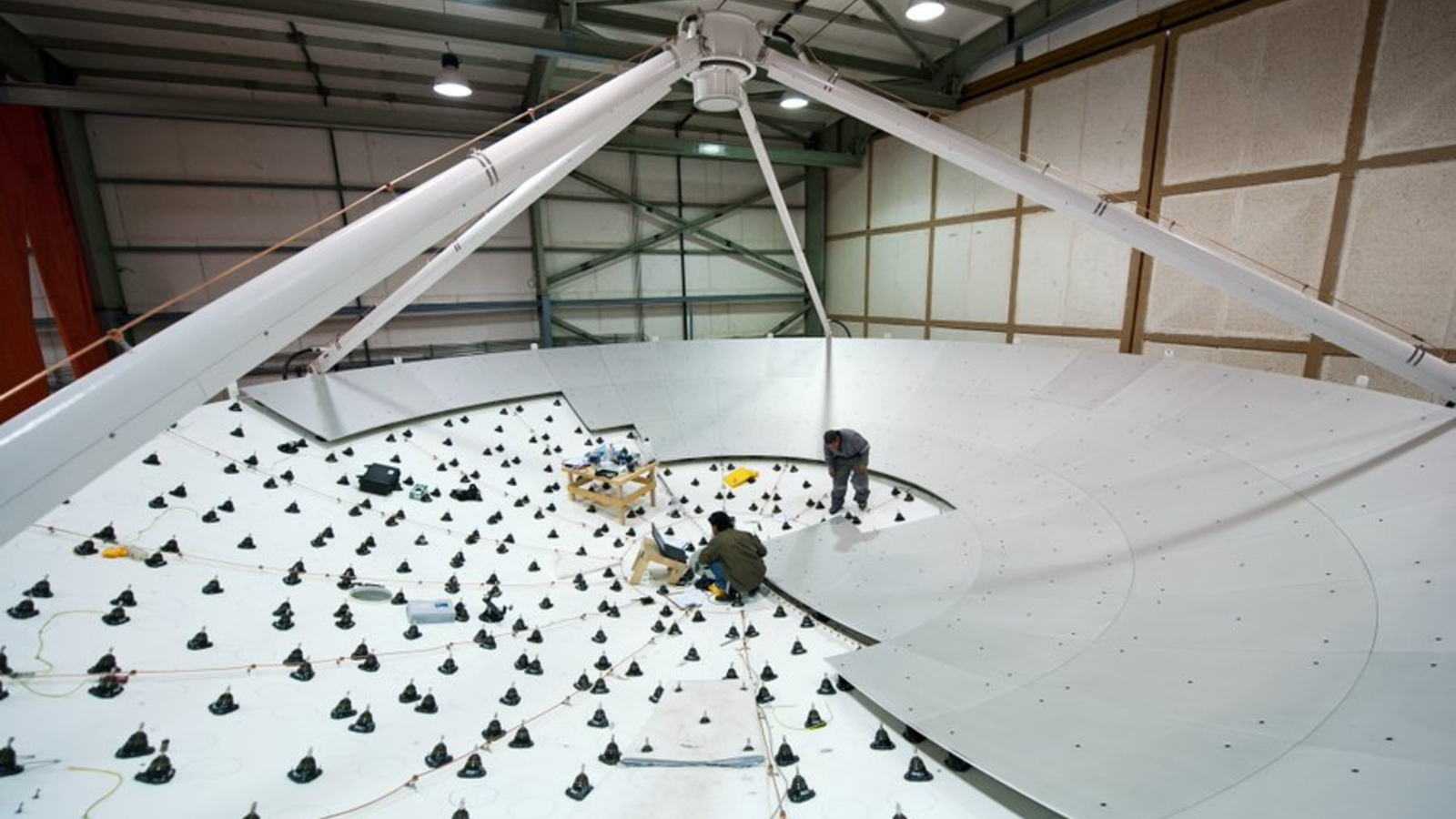Best mirrorless cameras
Our guide to the best mirrorless cameras makes your next purchase a breeze and gets you photographing the night sky in no time.
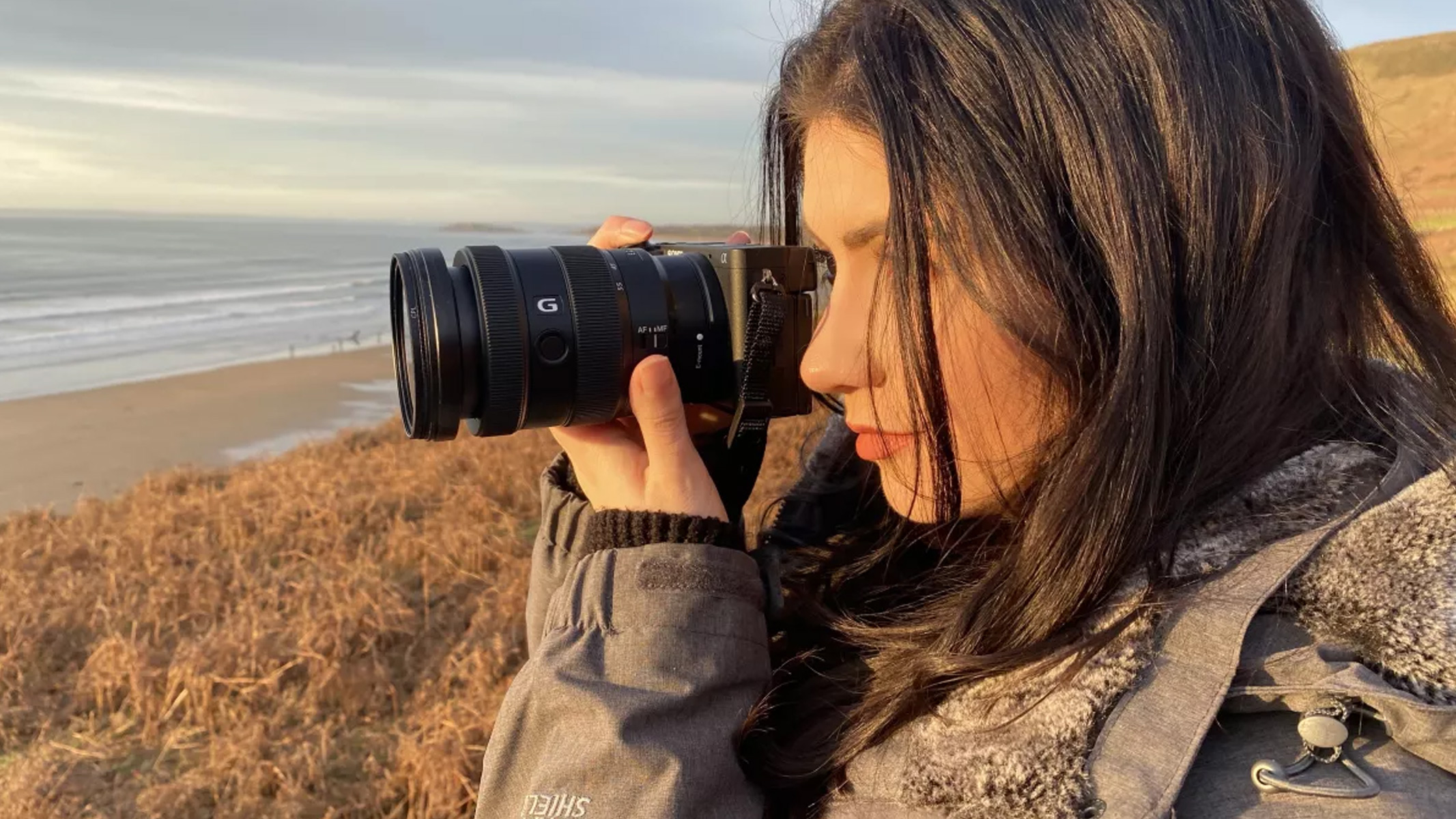
Amazon Prime Day will run from July 8 to 11 and we expect lots of deals on mirrorless cameras from the top brands. Anticipate significant discounts on popular bodies and get some top-quality gear for less. For a look at deals on all skywatching gear, technology and entertainment, pay attention to our guide on Amazon Prime Day deals.
Mirrorless cameras represent the cutting edge of photographic technology, offering compact designs, rapid autofocus, and incredible image quality. This guide explores the top mirrorless options available, helping you understand their advantages and choose the perfect model for your needs, whether for casual shooting or professional work.
The full Buck moon on July 10 is an ideal subject for testing your camera's dynamic range. The Milky Way core will be visible and vibrant in dark sky locations throughout the month, offering a chance to photograph our home galaxy.
Considering new lenses or accessories? Explore our guides on the best camera lenses for photos and videos or the best travel tripods to complement your mirrorless setup. We also have a guide to the best cameras for photo and video for the best models out right now.
The quick list
Below we've summarized our top picks of the best mirrorless cameras, including their main specs, features and whom they might be best suited for. If you need more in-depth information, click on the 'read more below' buttons to read full reviews of each product.
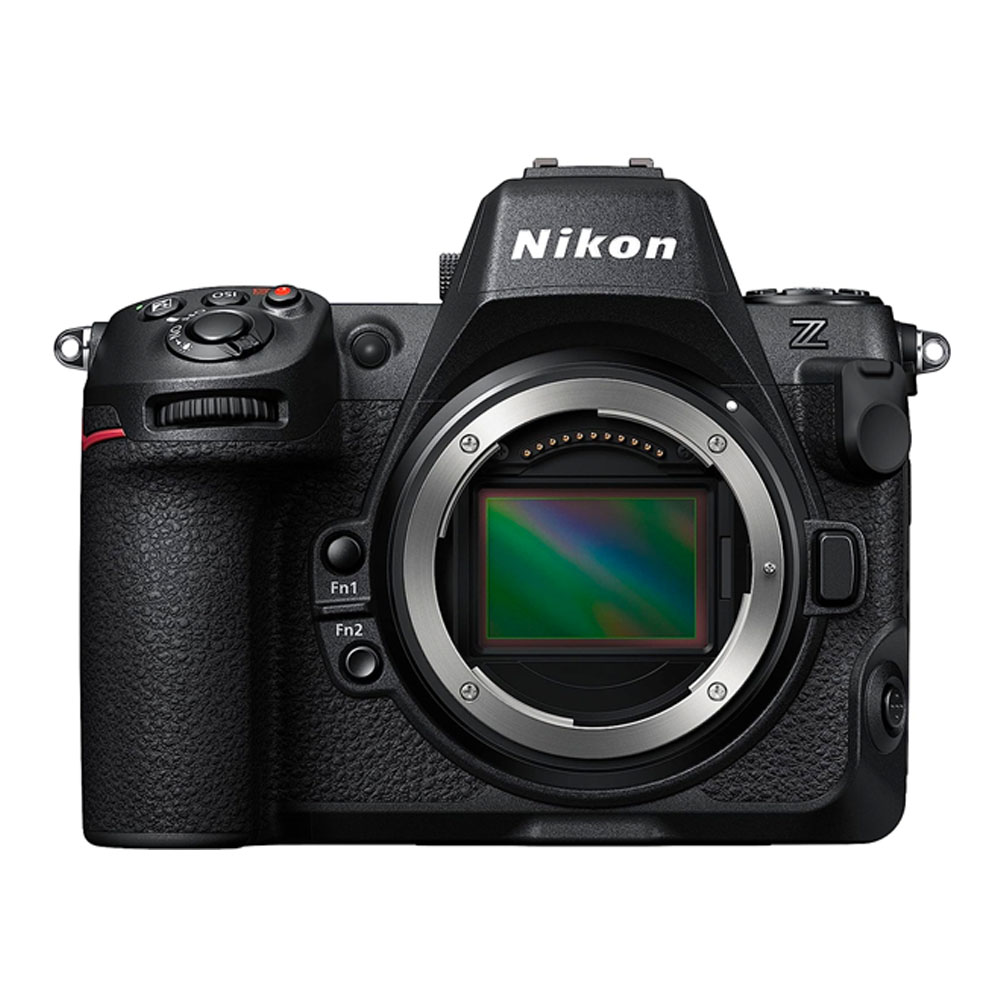
Best overall
The Z8 feels like a true hybrid between Nikon's DSLR technology and more modern mirrorless capabilities. The result is something very special, and we think this is the best mirrorless camera you can buy right now.
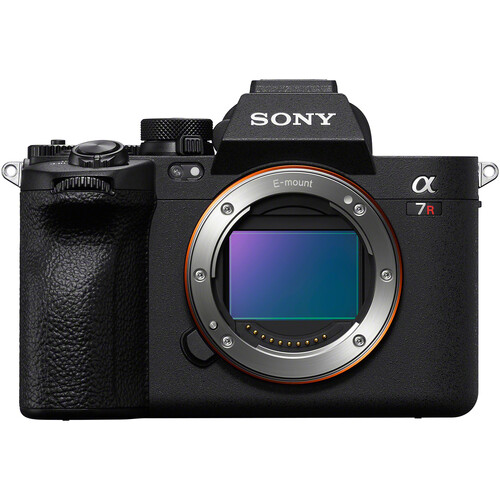
Best Sony
The successor of the popular A7R IV, this camera does everything the previous model did and more. It has industry-leading AI-based autofocus and produces hugely detailed images.
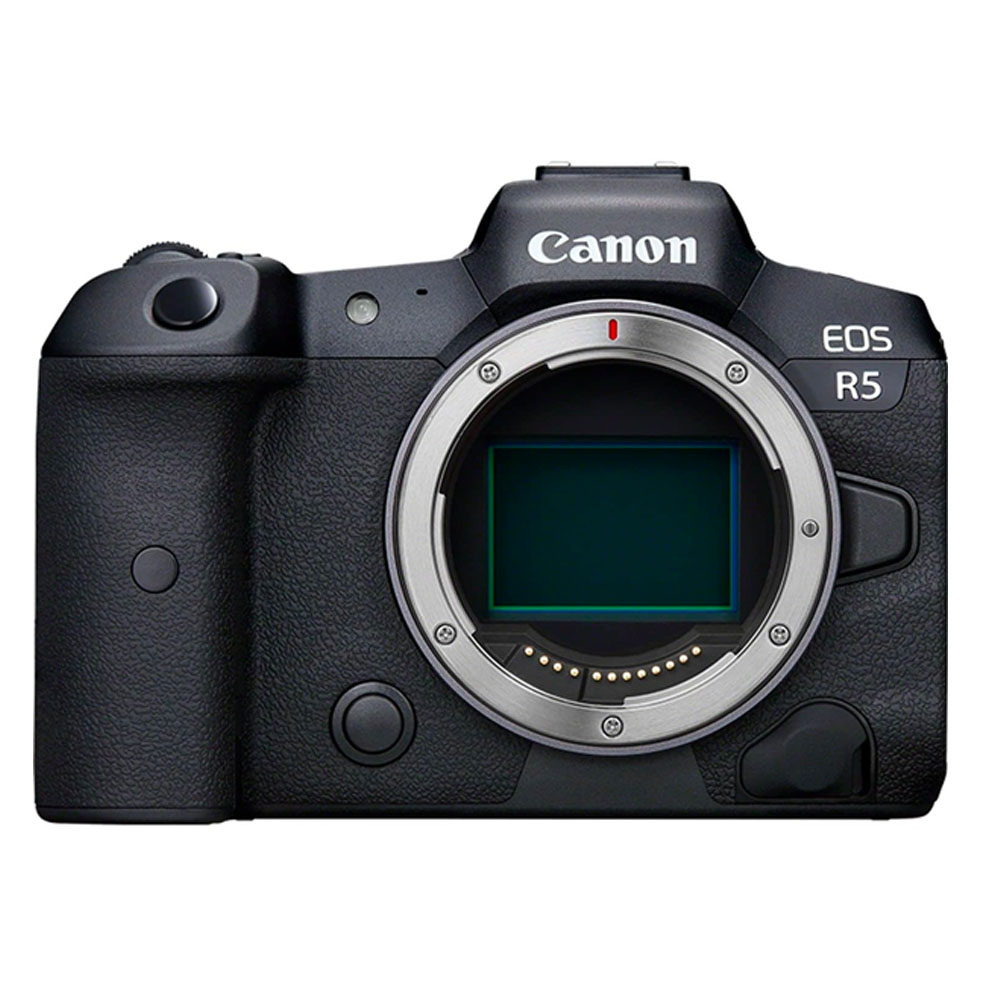
Best hybrid
We'd go as far to call the EOS R5 one of Canon's best technical achievements so far. If you're a professional photographer, you can't get much better than this.
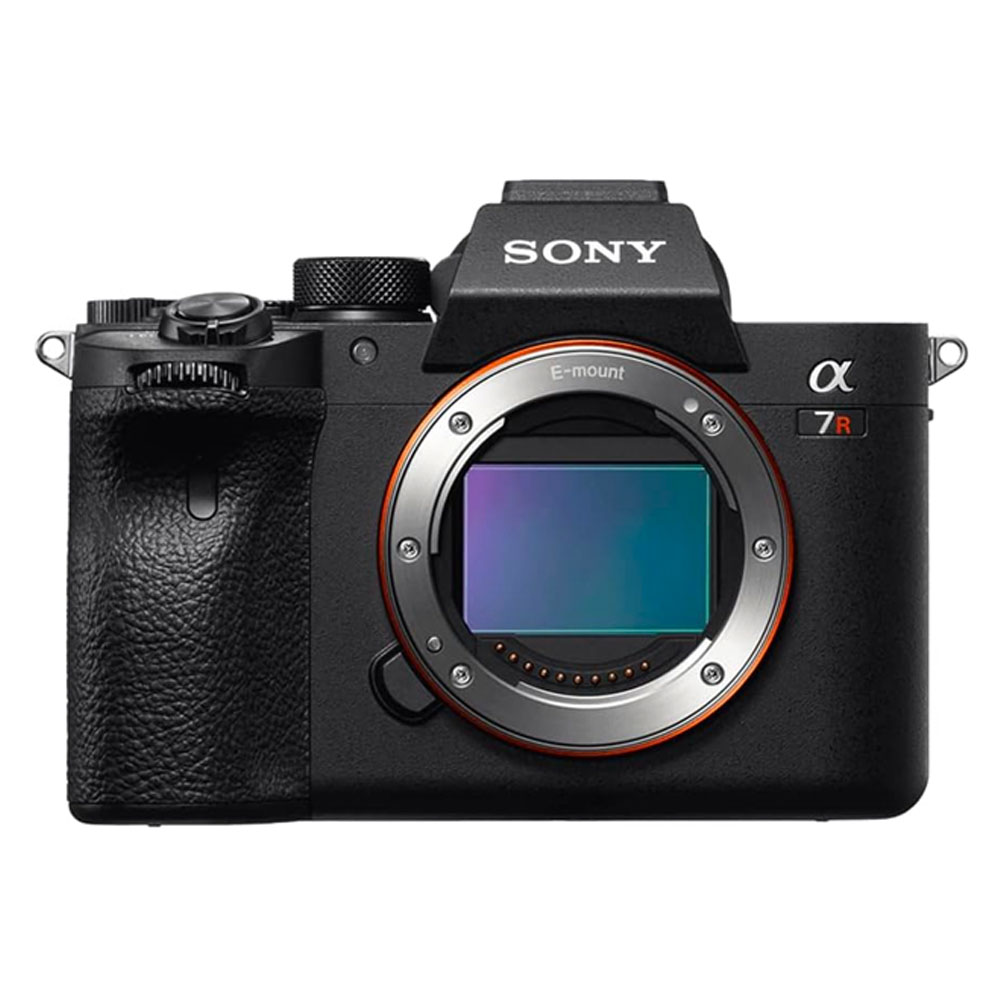
Best value
Whether you're shooting landscapes, portraits or weddings, the Sony A7R IV does a stellar job. Since there's a newer version of it, you can grab this model at a bargain.
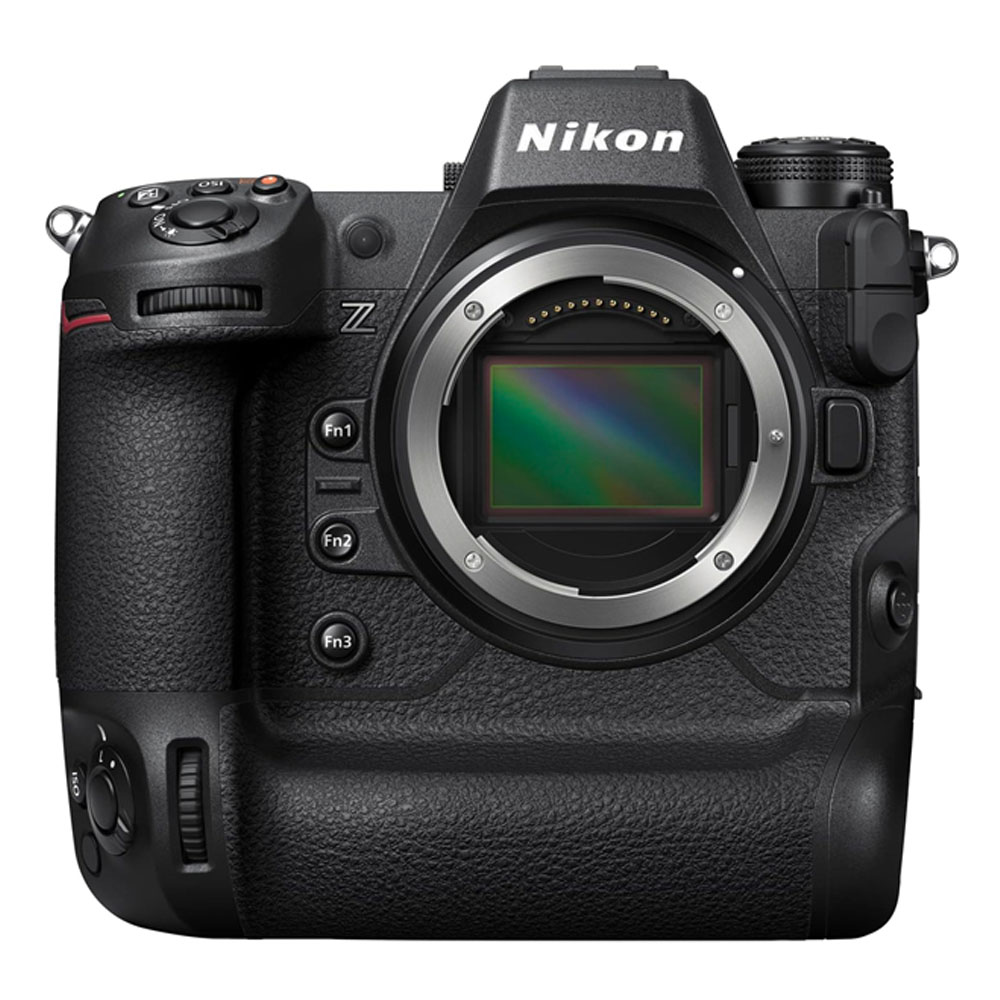
Best for pros
The Z9 is an absolute powerhouse, but its price takes it out of many photographers' league. Whether you're shooting landscapes, portraits or astrophotography, you'll get outstanding results.
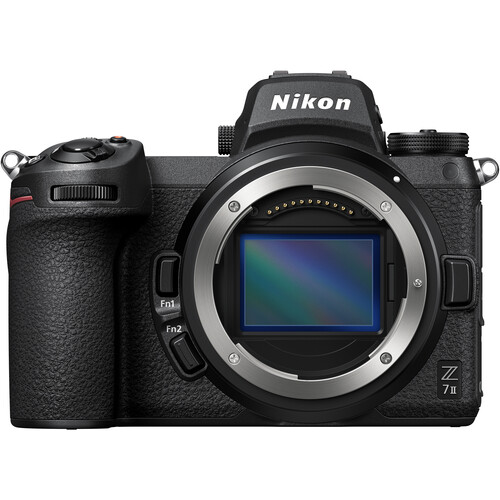
Best all-rounder
The Nikon Z7 II is a true jack-of-all-trades, combining power, speed and precision with a simple interface.
Load the next 7 products ↴
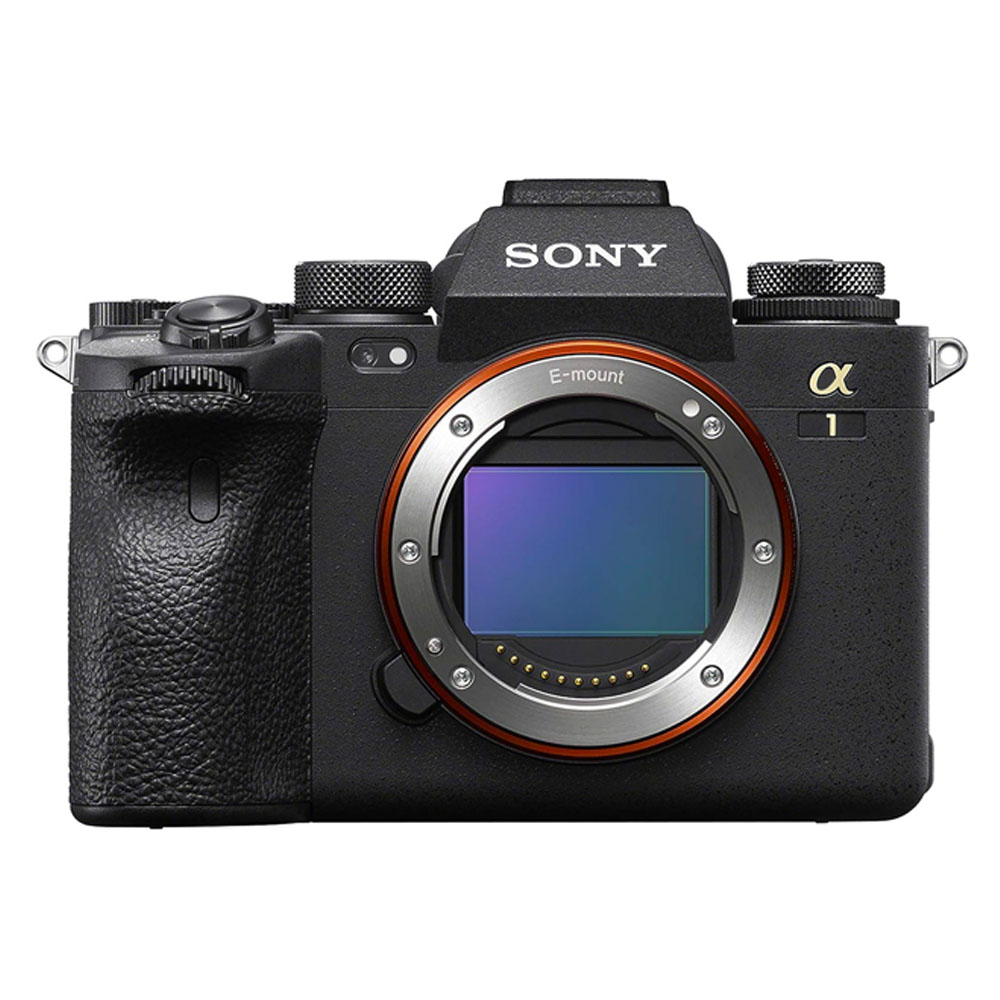
Best for detail
With its 8K/30P video and 50.1MP stills, the Sony A1 is all about the details. It's a serious powerhouse of a camera that you'll absolutely love shooting with.
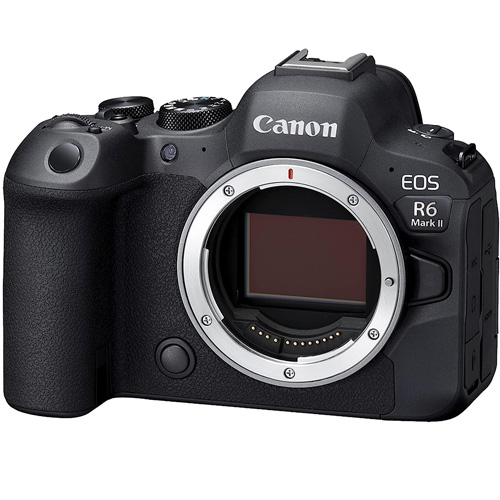
Best for intermediates
The Canon EOS R6 Mark II offers superb noise handling even at high ISOs and boasts excellent still and video quality.
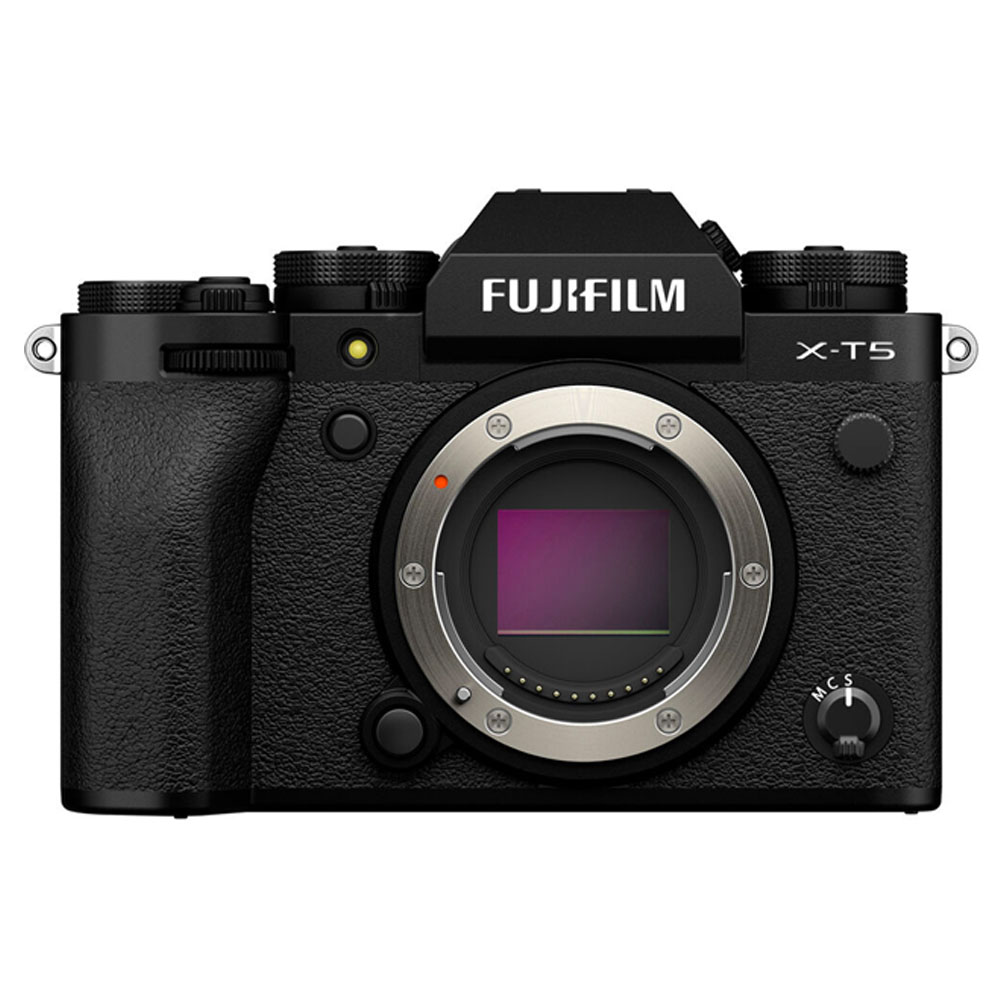
Great generalist
We love the compact body of the Fujifilm X-T5, but its size doesn't take away from its power: It has a whopping 40MP sensor and a speedy processor.
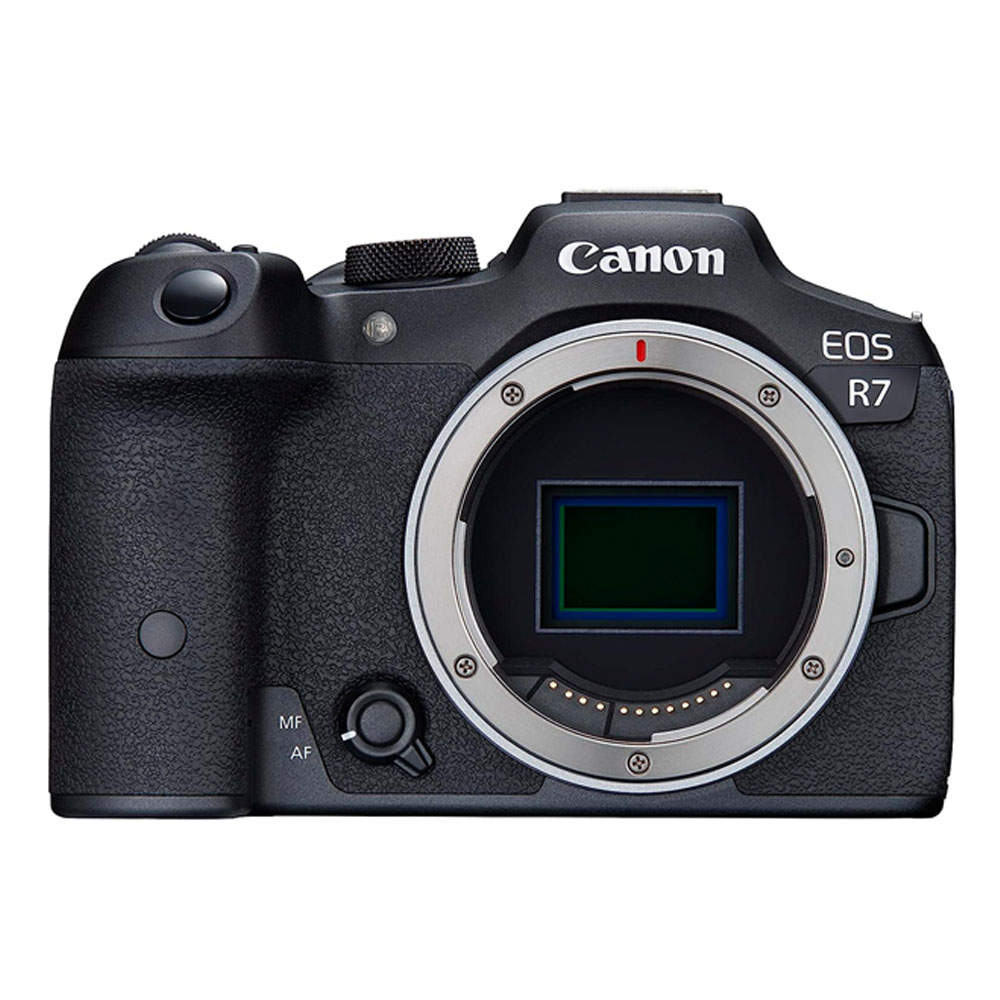
Best APS-C model
It might be a crop sensor, but the EOS R7 does a valiant job with just about anything you can throw at it.
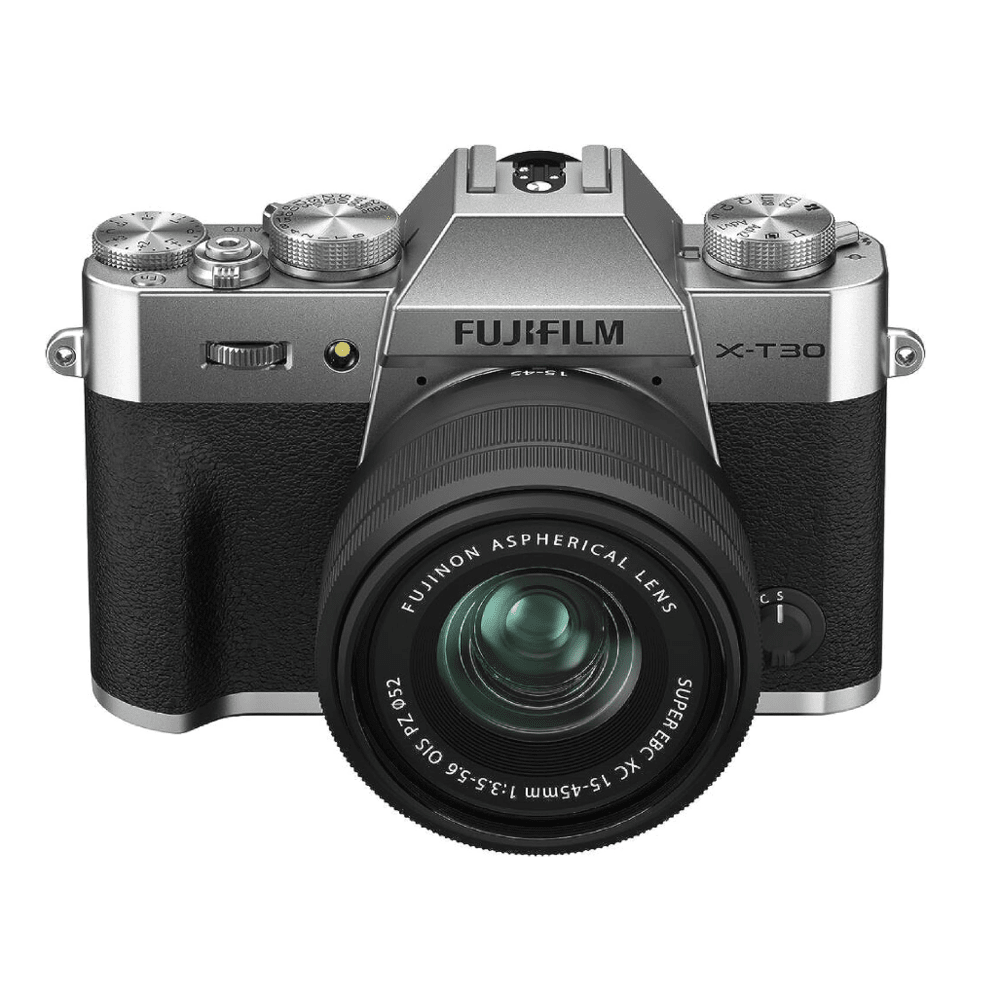
Best for beginners
Seriously stylish, practical and affordable, the X-T30 II is a great place to start your photography journey, whether you're taking travel snaps or capturing friends and family.
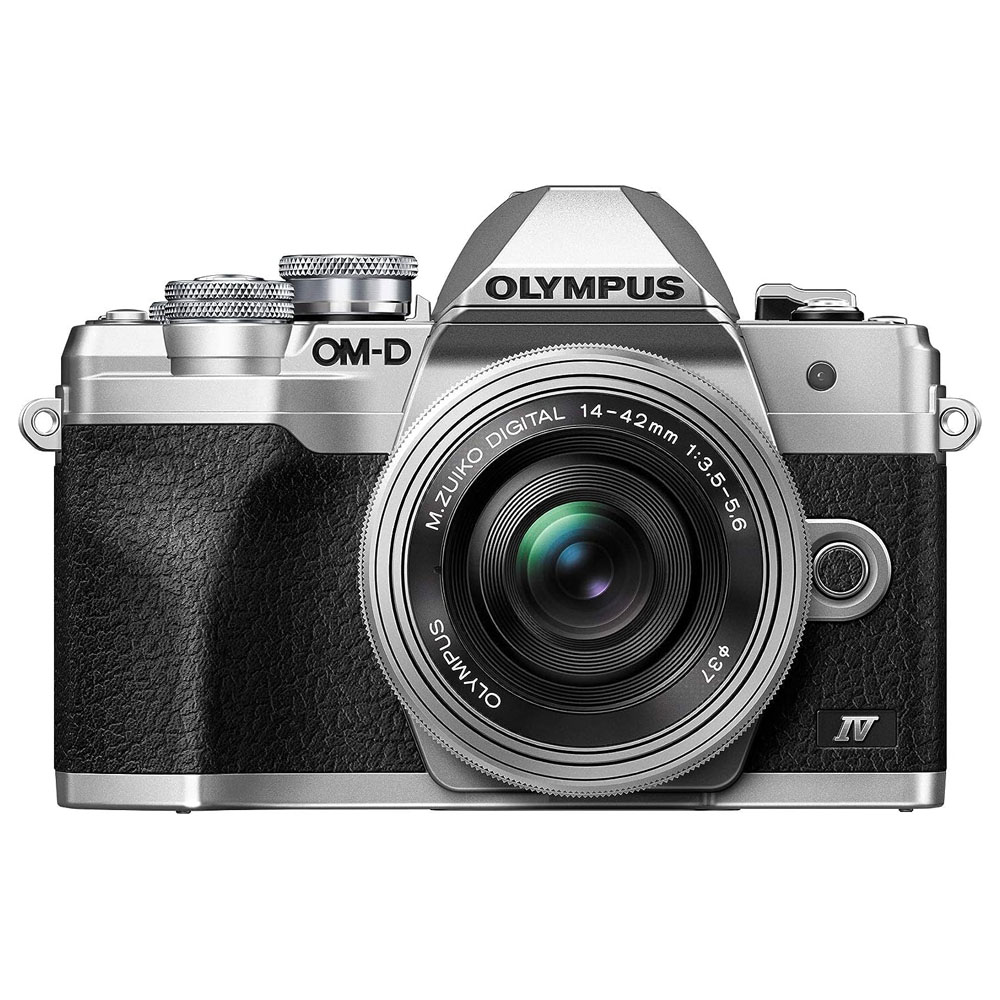
Best Micro Four Thirds
This is a small, lightweight camera that offers a great balance between usability, quality and a simple interface.
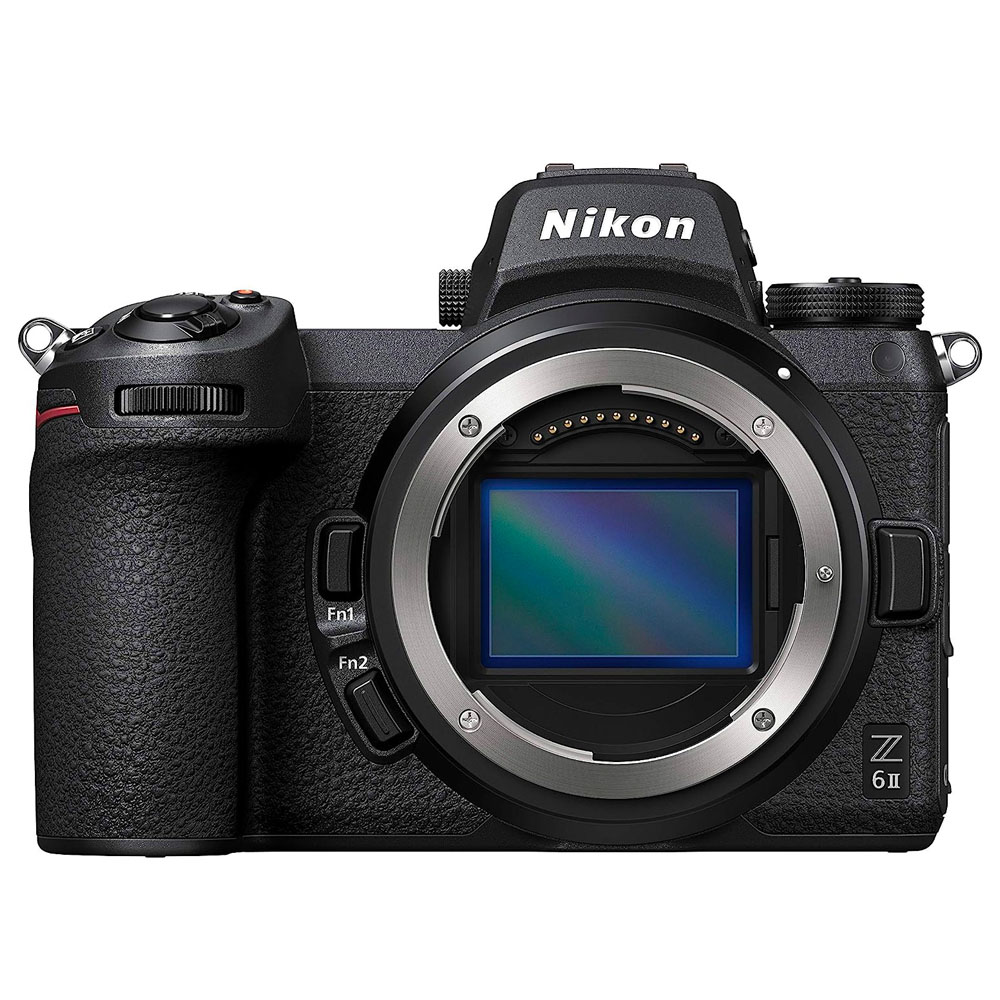
Best value for astro
The Nikon Z6 II is a good all-rounder, with small but welcome improvements on the Nikon Z6.
The best mirrorless cameras we recommend in 2025
Why you can trust Space.com
Best overall
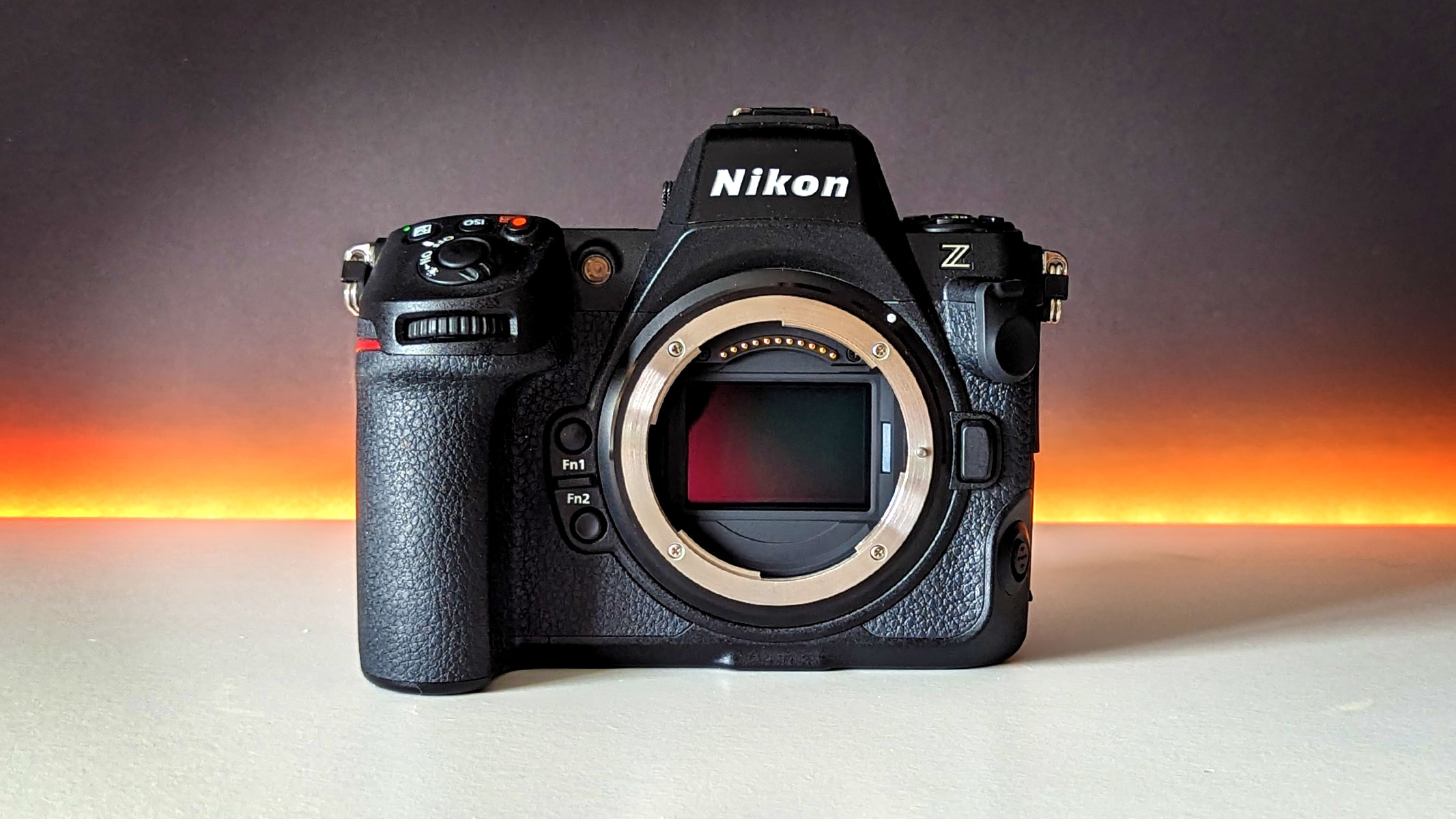
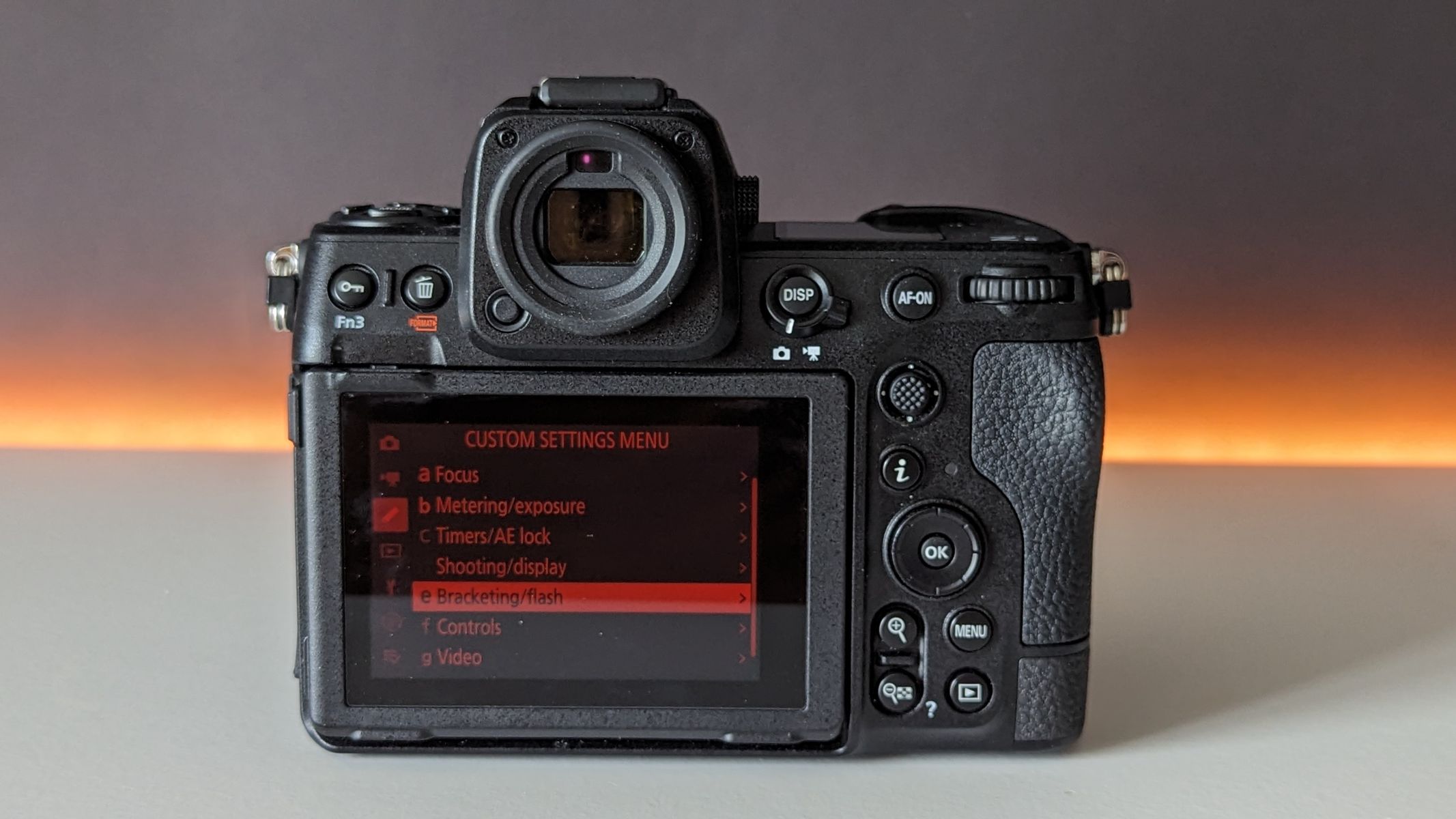
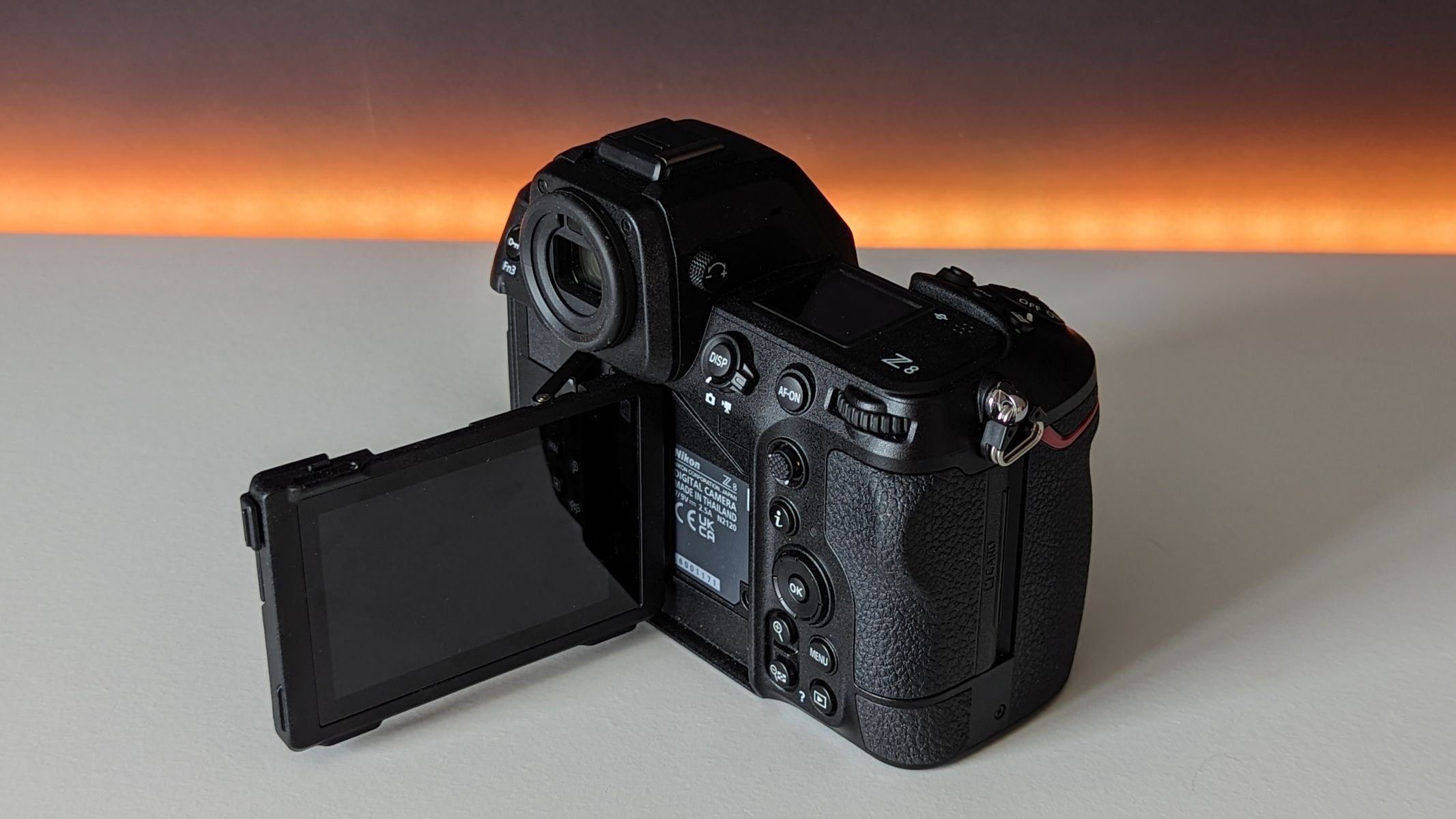
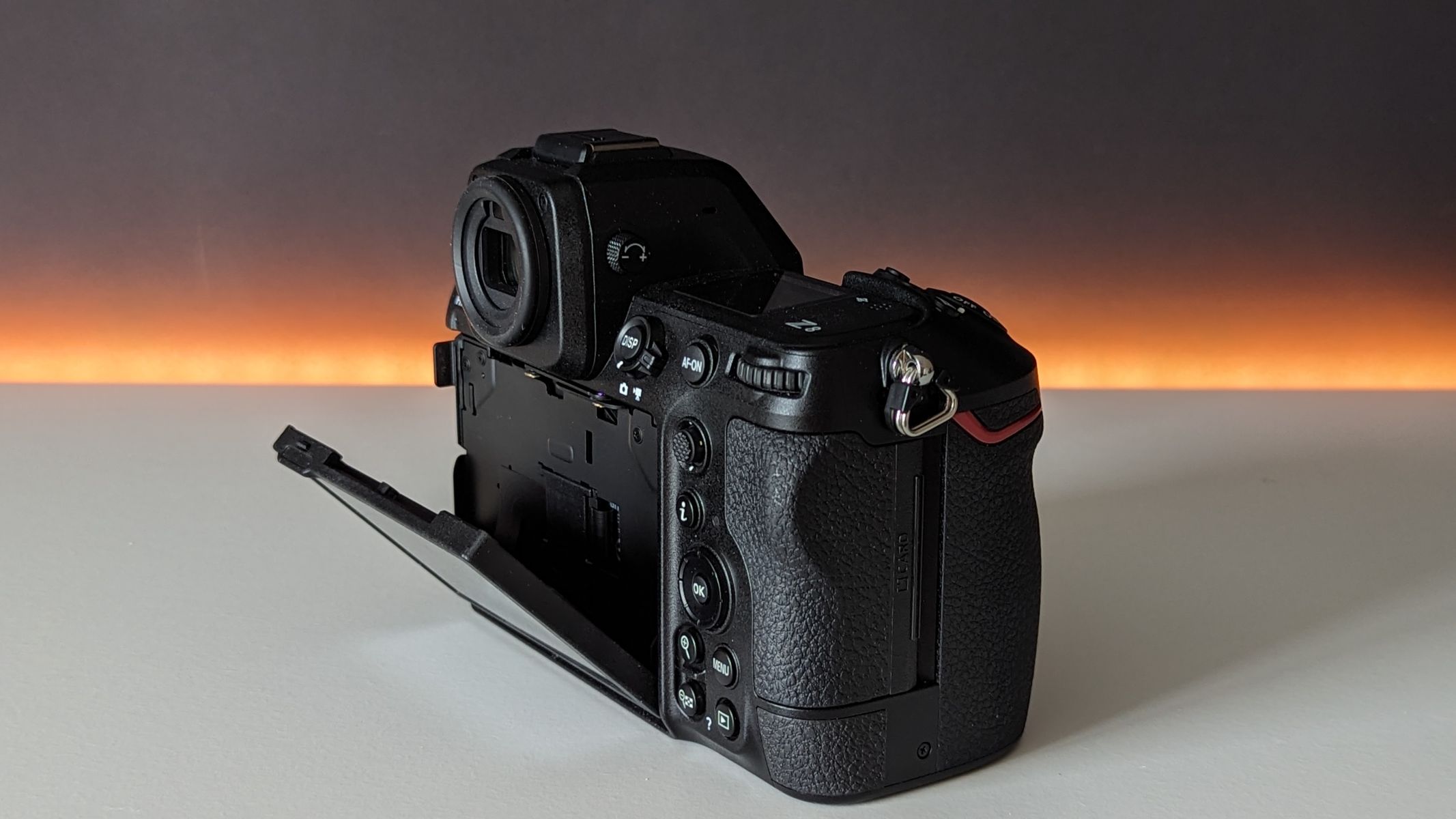
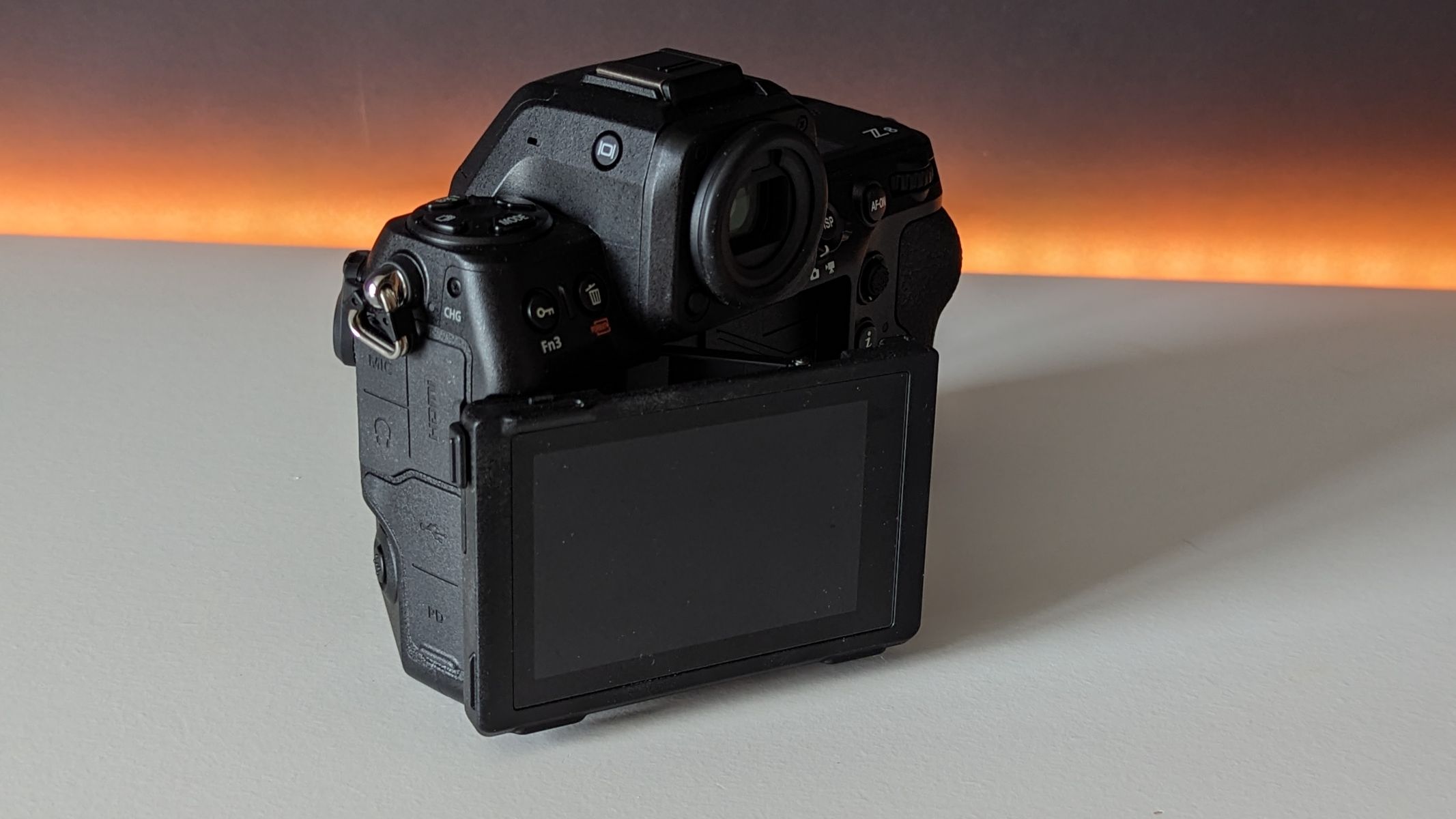
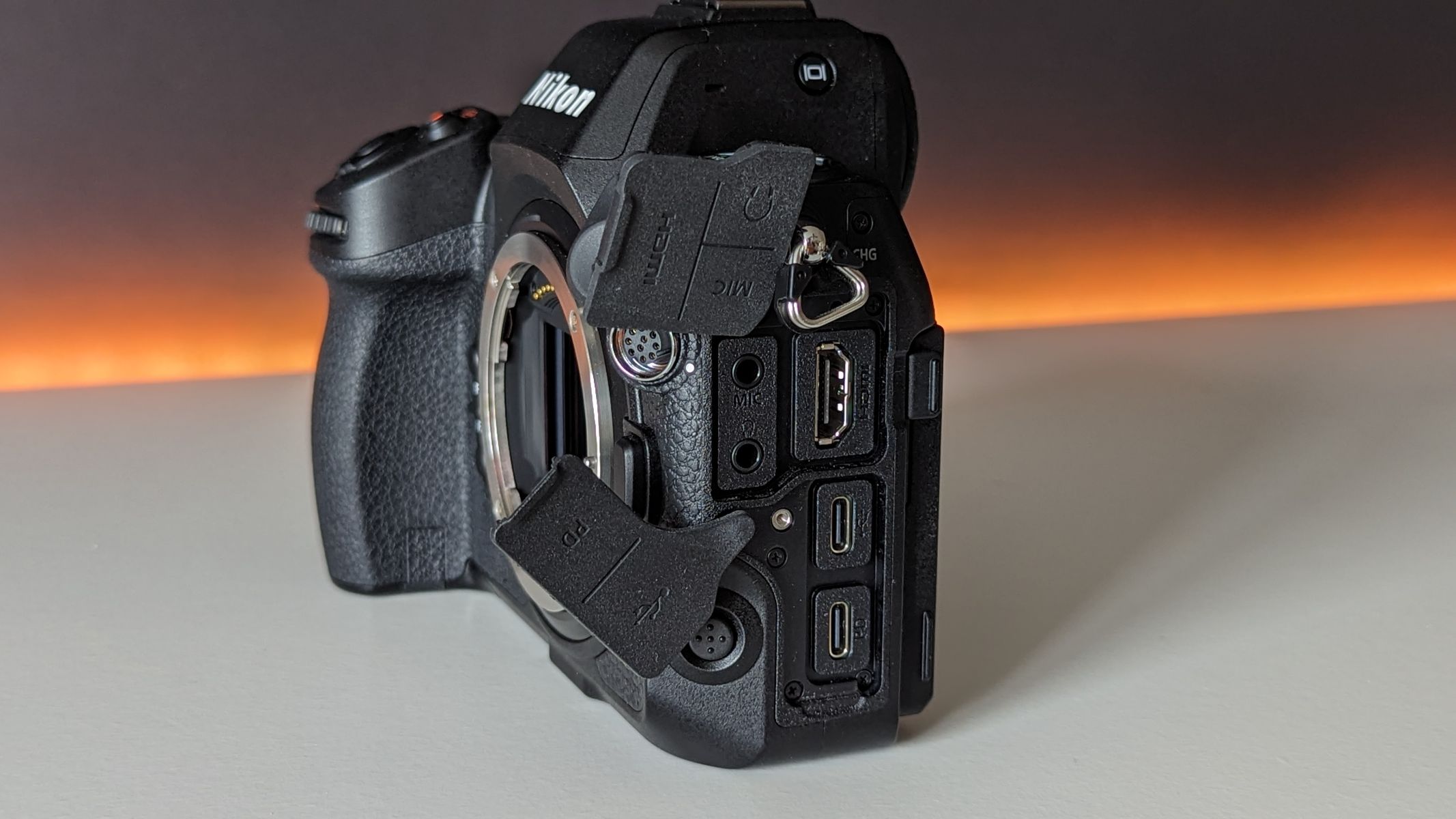
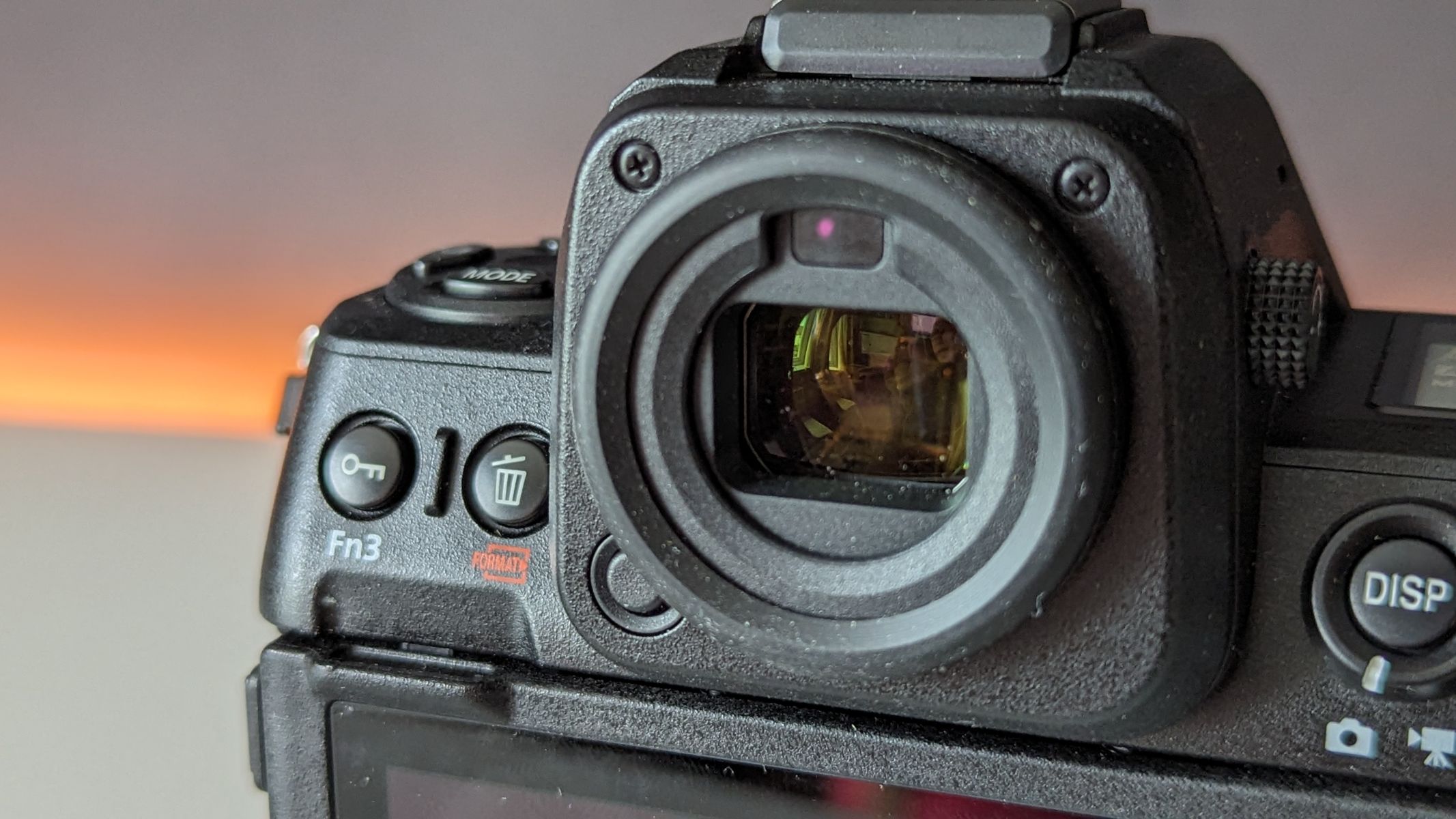
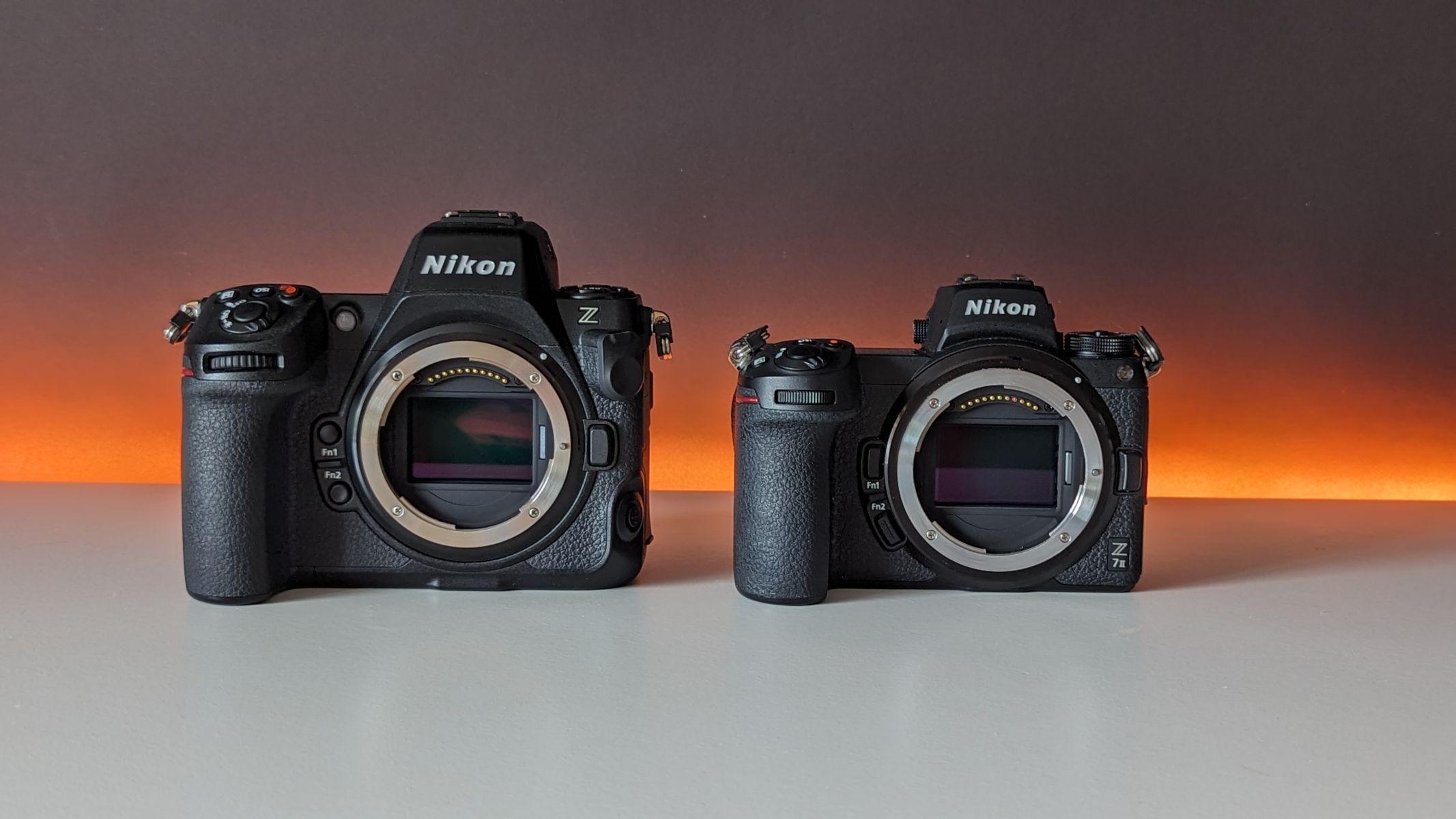
Specifications
Reasons to buy
Reasons to avoid
✅ You can afford it: This is a big investment but it's worth it if your budget stretches that far.
✅ You shoot stills and video: This camera performs extremely well in both.
❌ You don't see yourself in the photography game long term: This is a very expensive camera, and it'll be overkill for most casual shooters.
❌ You're looking or something lightweight and portable: This model is significantly heavier and bigger than its predecessor. It looks and feels like a professional camera.
🔎 Nikon Z8: Professionals need look no further — if you combined all the best parts of the flagship Nikon Z9 and the best DSLR in the world, the Nikon D850, you'd be left with this heavy-hitter. ★★★★★
If you're an amateur on a budget, look away now: the Nikon Z8 isn't for you. But if you're a professional who earns their living from photography, or have plenty of money to spend on your hobbies, mirrorless cameras don't really come better than this.
If we had to sum up the Nikon Z8, we'd say it takes all the best bits of the fantastic Nikon D850 DSLR and Nikon's flagship Nikon Z9 and mixes them together to yield fantastic results.
Design: This camera looks and feels seriously great, managing to be sturdy and strong at the same time. It feels comfortable in your hands, with enough grip to suit even the largest palms. We love the controls and found their placement natural and well thought-out. It's on the large side for a mirrorless camera, but the Nikon Z8 still manages to be smaller than some of its competitors, and it's light enough to hold for long periods of time.
One of the bugbears of many professional cameras in the past was their tilting-only rear screens. Thankfully, it seems Nikon has listened to feedback, and the Z8 has a four-axis screen which tilts left-to-right and top-to-bottom, making recomposing scenes much easier.
Performance: Even after extensive testing, we weren't able to find anything that the Nikon Z8 couldn't handle. In our Nikon Z8 review, we found it delivered excellent results, both for stills and video. This beast of a camera is an excellent companion for anything from wedding shoots to landscapes, portraits and sporting events.
Astrophotographers in particular may be impressed with the night vision mode, which displays red pixels so you can see the controls in low light without causing light pollution. This camera's ability to handle noise is also a great advantage when shooting in low-light conditions. Videographers will greatly appreciate that the camera can shoot in N-Log, ProRes and Raw HQ formats.
Functionality: There isn't much we can criticize with the Nikon Z8. It's a fantastic camera that most professional and accomplished photographers would be delighted to have in their photography kit. But if we had to pick a fault, it would be that its screen doesn't fully articulate.
It's not the biggest problem, and most photographers will be able to work just as well without it, but it does make it slightly more awkward when you're trying to shoot at certain angles. That said, this really is a small complaint, and all we can say is the Nikon Z8 in a league of its own.
- Read our full Nikon Z8 review
Attributes | Notes |
|---|---|
Design | Outstanding build quality, but it's big and heavy. |
Performance | Starlight mode enables autofocus detection down to an unheard of -9EV. |
Functionality | Night vision mode for astrophotographers. |
Best Sony
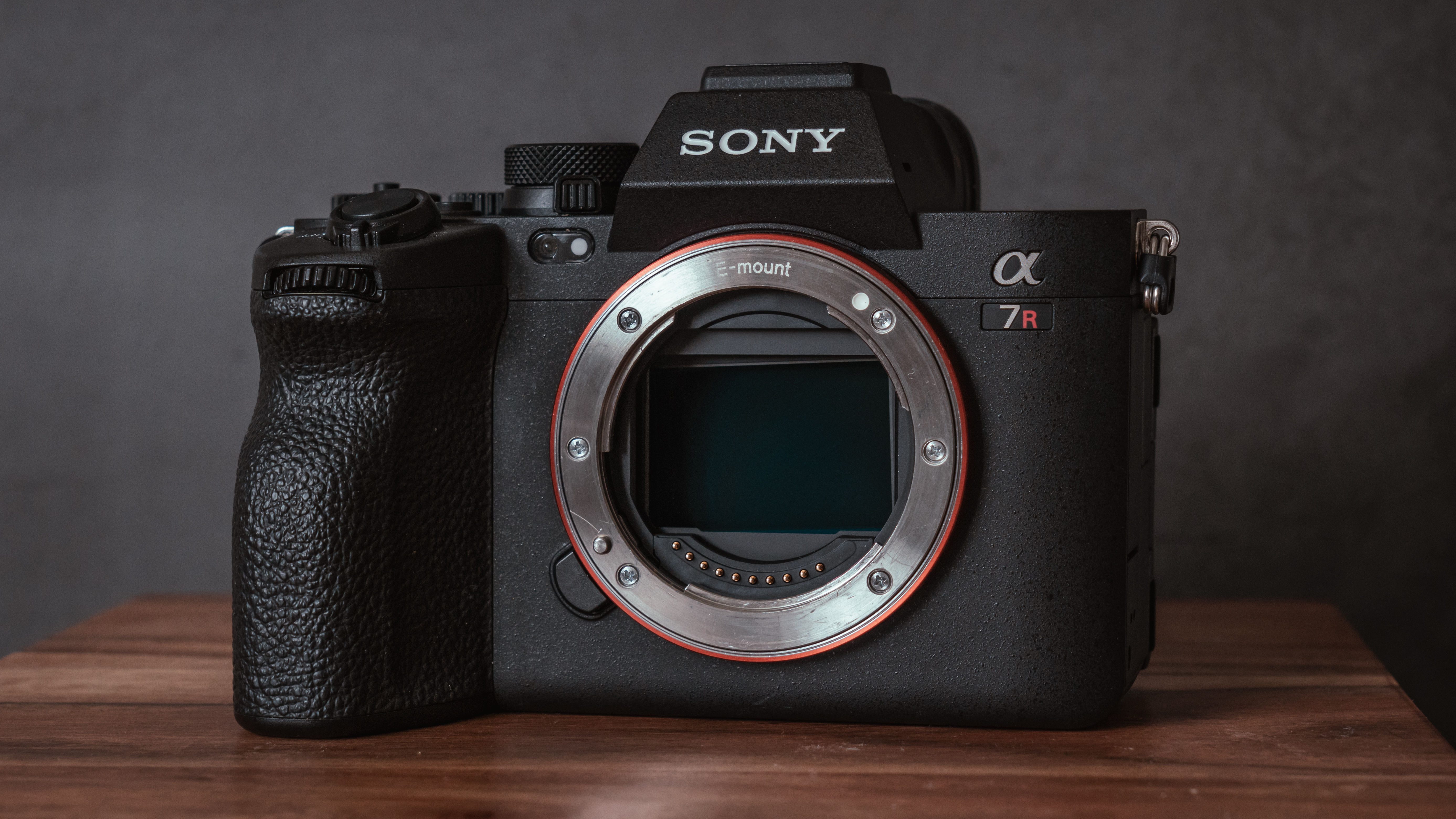
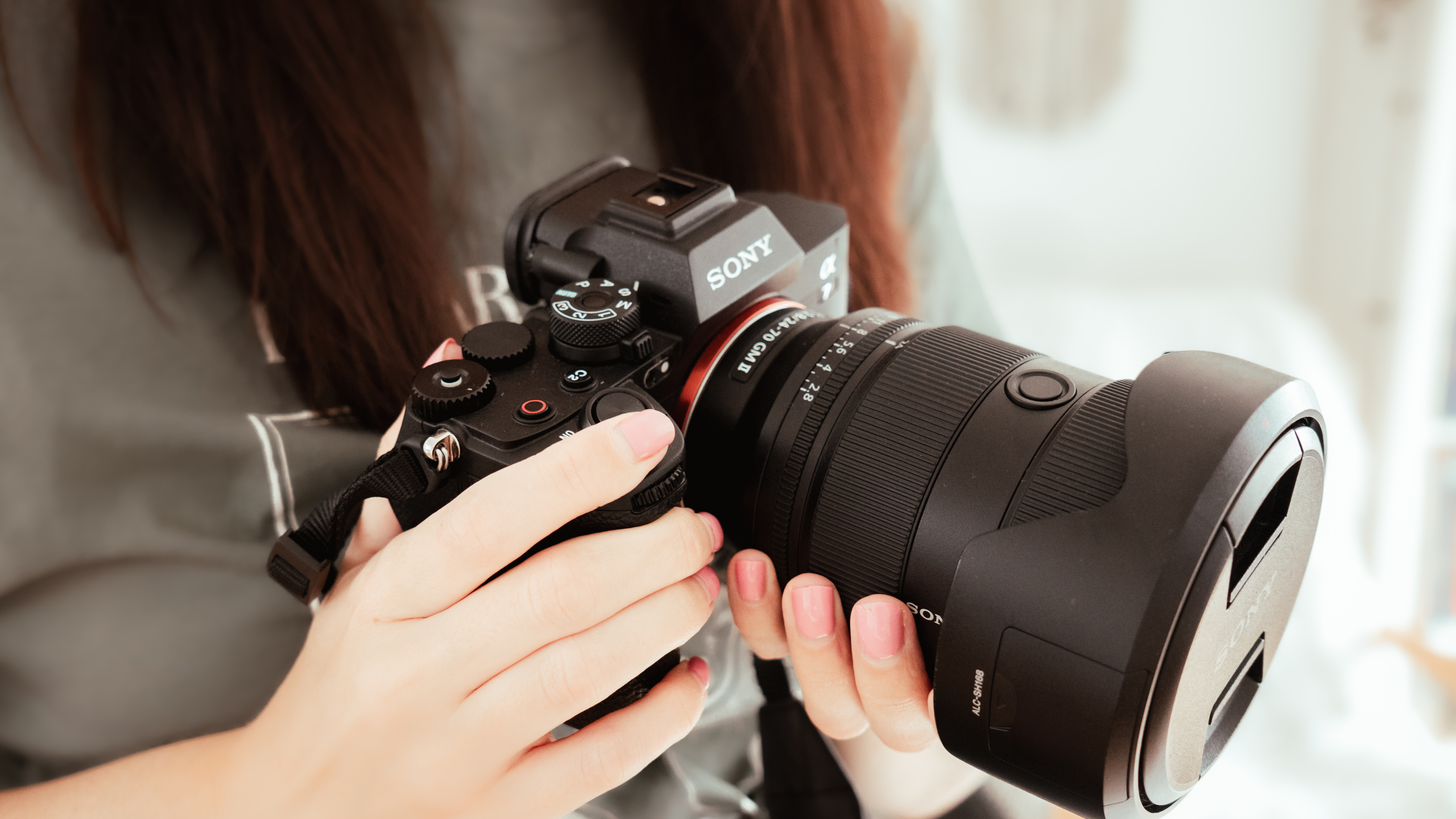
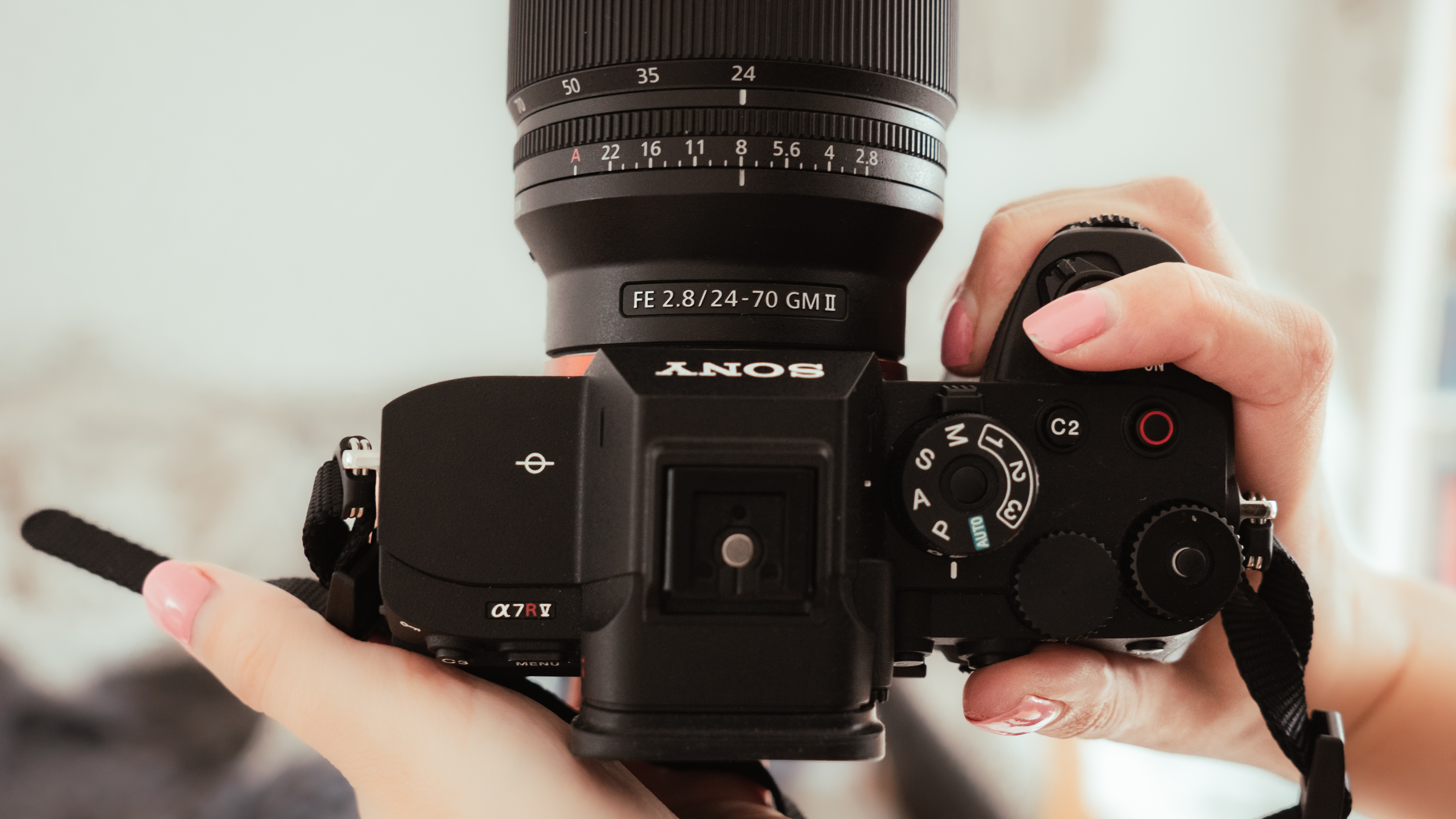
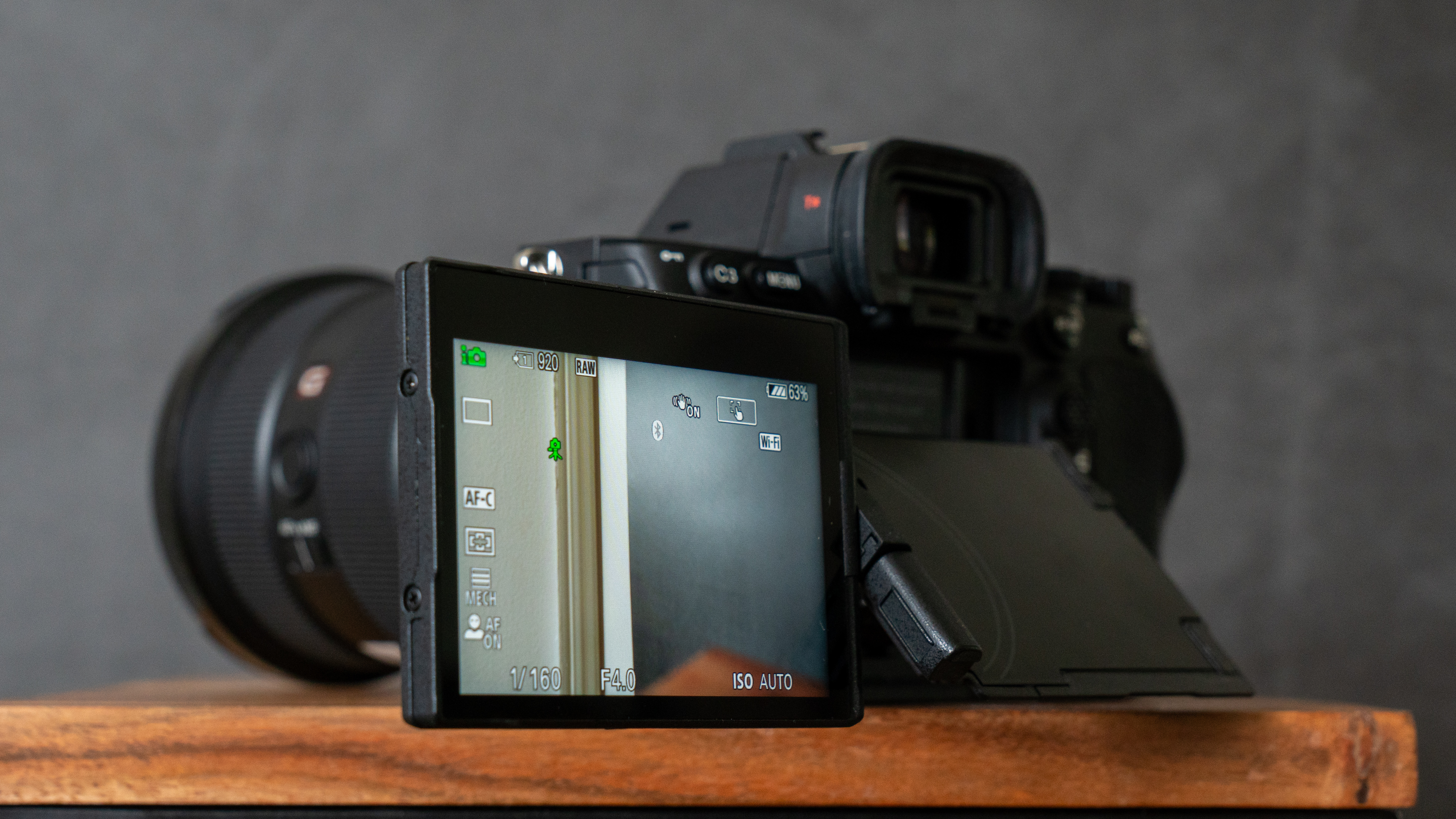
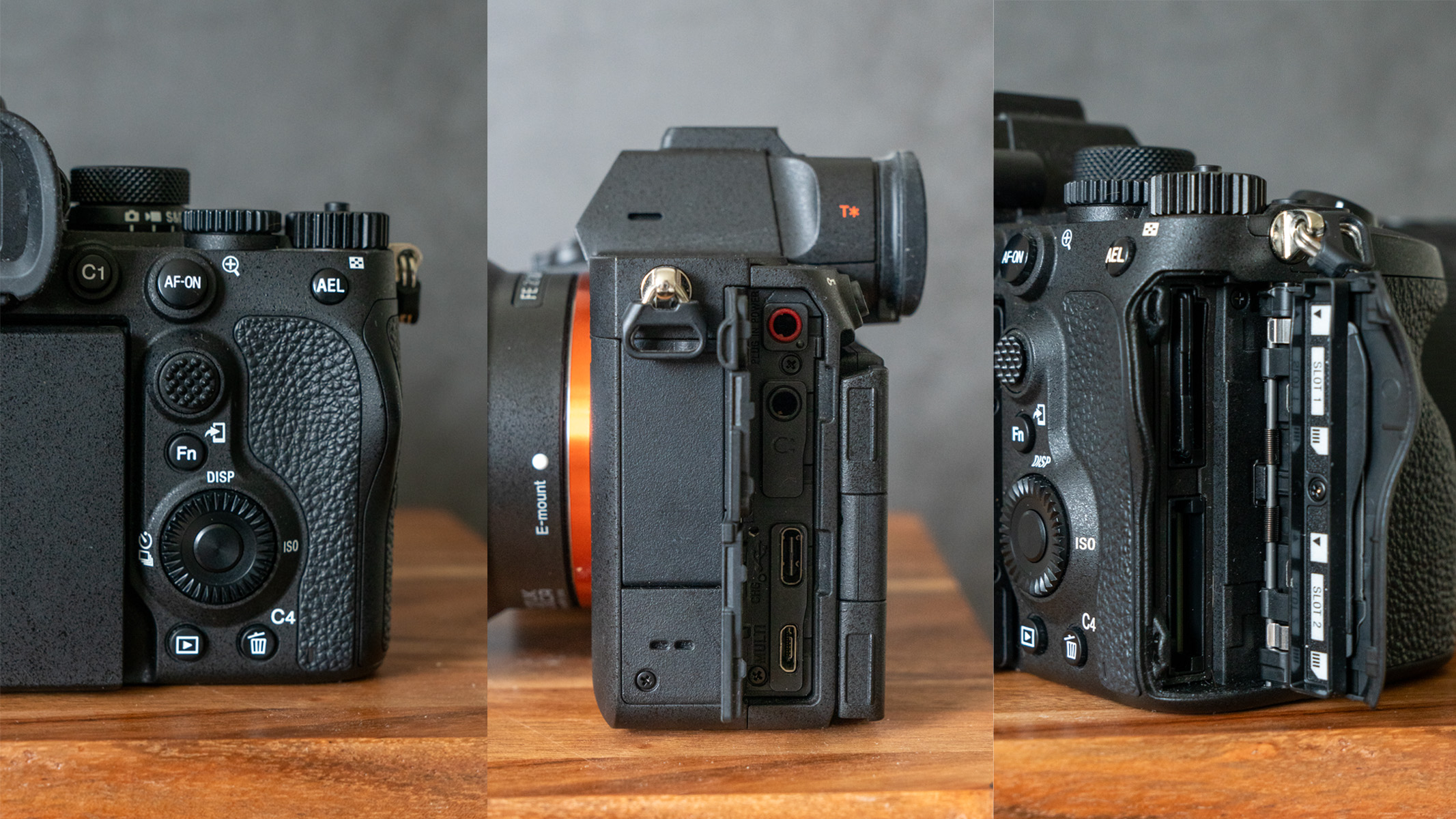
Specifications
Reasons to buy
Reasons to avoid
✅ You shoot multiple styles: This camera excels at most photographic styles and video, so if you like to shoot many different subjects, this could be the camera for you.
✅ You shoot portraits or weddings: The new AI-based autofocus system is on another level and makes shooting people easier than ever.
❌ You mainly shoot astro: Due to so many megapixels, the images are very noisy. It's fine for occasional astro shots with AI denoise in post-processing, but there are better options if that's your focus.
🔎 Sony A7R V: The Sony A7R V builds on the power of its predecessor with its higher resolution EVF and LCD screen, more stops of image stabilization and a new AI autofocus unit, but the massive 61MP sensor provides too much noise for astrophotography. ★★★★½
Design: Before the A7R V came along, its predecessor, the Sony A7R IV, was one of the best mirrorless cameras you could buy. In fact, it's still good enough to have a place on this list, but the A7R V is a great second iteration, making it a very worthy upgrade.
In fact, this camera is nothing short of fantastic. The improvements it makes on its predecessor are numerous, but most notable is its 4-axis multi-angle LCD screen. This makes shooting from any angle a cinch, and it displays incredible, colorful detail thanks to its 2,095M dot screen.
We think the articulated screen will be much appreciated by astrophotographers in particular, as it makes shooting up towards the sky much easier. If we're being picky, it'd be great if the screen fit flush against the rest of the back of the camera body. That said, it does flip around so the actual screen isn't on show when it's sitting in your camera bag, making it less likely to get damaged.
Performance: In our Sony A7R V review, we noted how impressed we were with the autofocus on this camera. It's a huge improvement on the A7R IV, which already had very good autofocus. In this iteration, though, it's incredible. It uses an AI system to recognize human movements, poses and body parts and its internal technology can predict how the subject might move. It's also excellent at tracking subjects like animals, insects and vehicles.
Functionality: There are eight stops of image stabilization built into the Sony A7R V, which is seriously impressive. During our testing, we found we could shoot handheld at ISO 100 at 1/3 seconds, with our image coming out nice and sharp.
However, we had mixed results when it comes to astrophotography. We had to bump the ISO up in order to shoot at the stars, which resulted in a fair bit of noise — not altogether unexpected with a 61MP sensor. It's not unusable as an astro camera, as you can clean images up nicely if you've got image editing software. But it's something to bear in mind, as post-processing could take you a lot longer than you're used to.
The Sony A7R V is certainly an investment, but for the amount of tech you get, we think it's worth every cent and will last for years. If you shoot multiple disciplines, we think you'll love this camera.
- Read our full Sony A7R V review
Attributes | Notes |
|---|---|
Design | Most versatile LCD screen yet. |
Performance | Sony's autofocus just keeps getting better thanks to the new AI system. |
Functionality | Eight stops image stabilization proves great for low light. |
Best hybrid
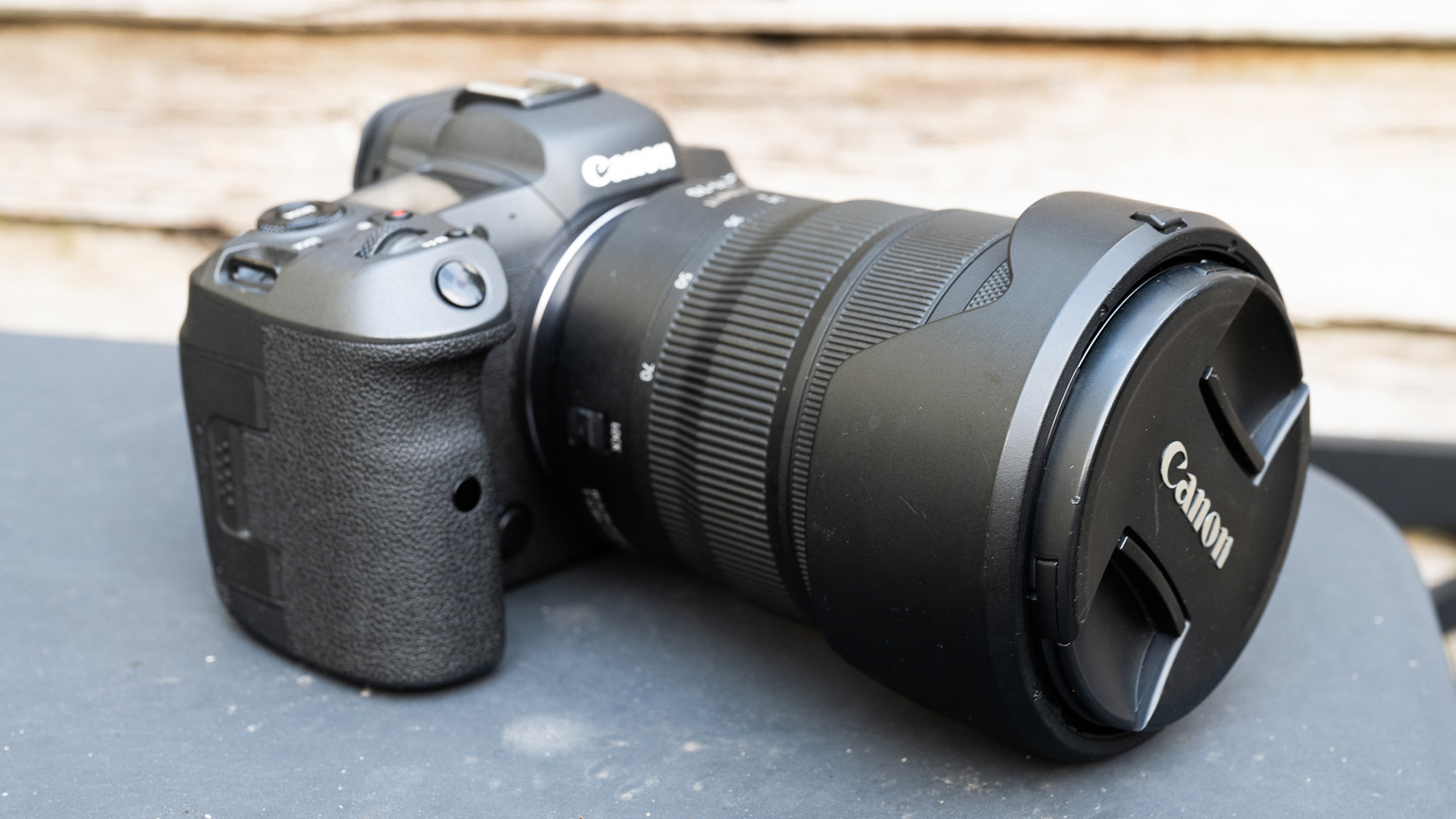
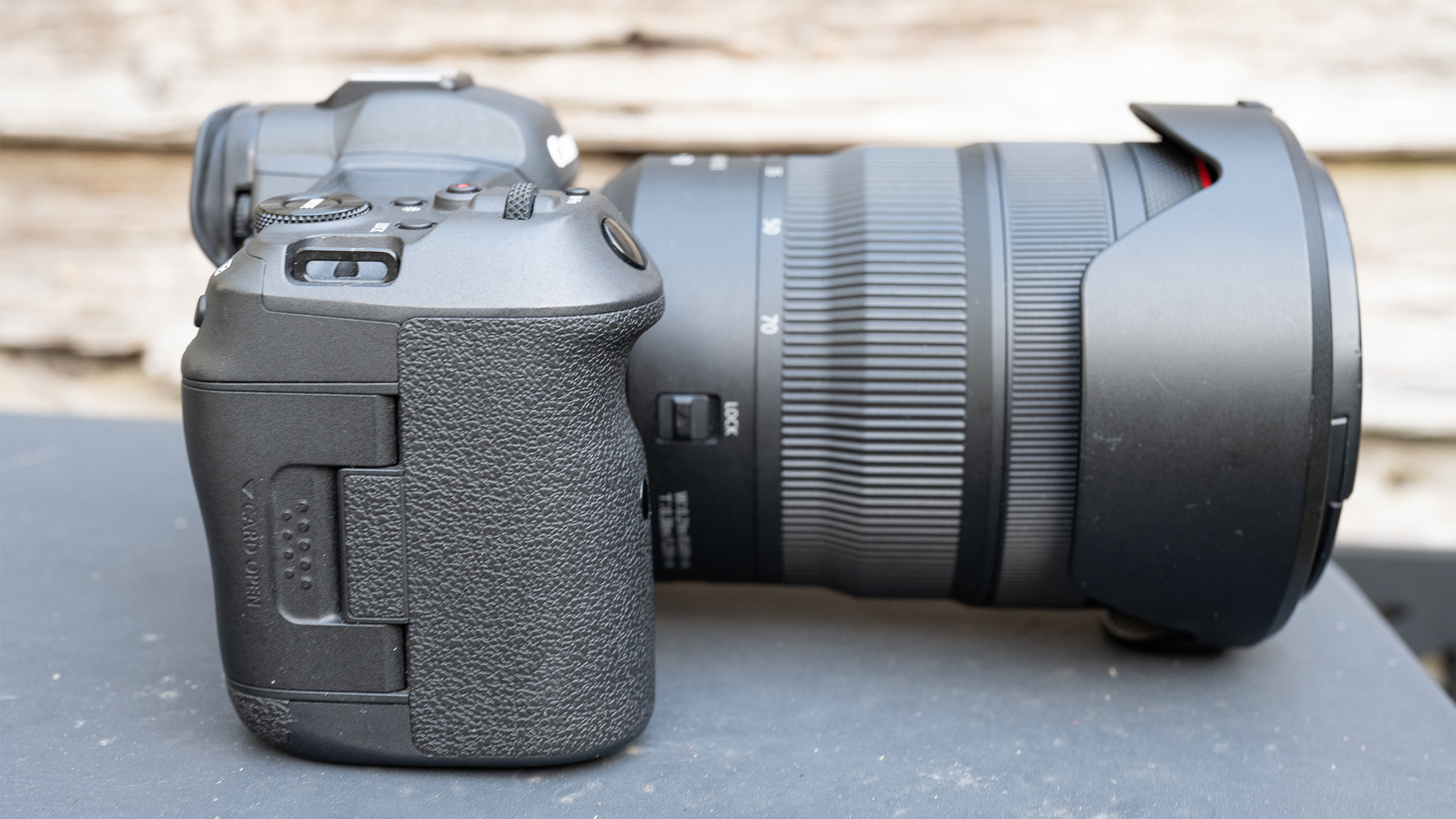
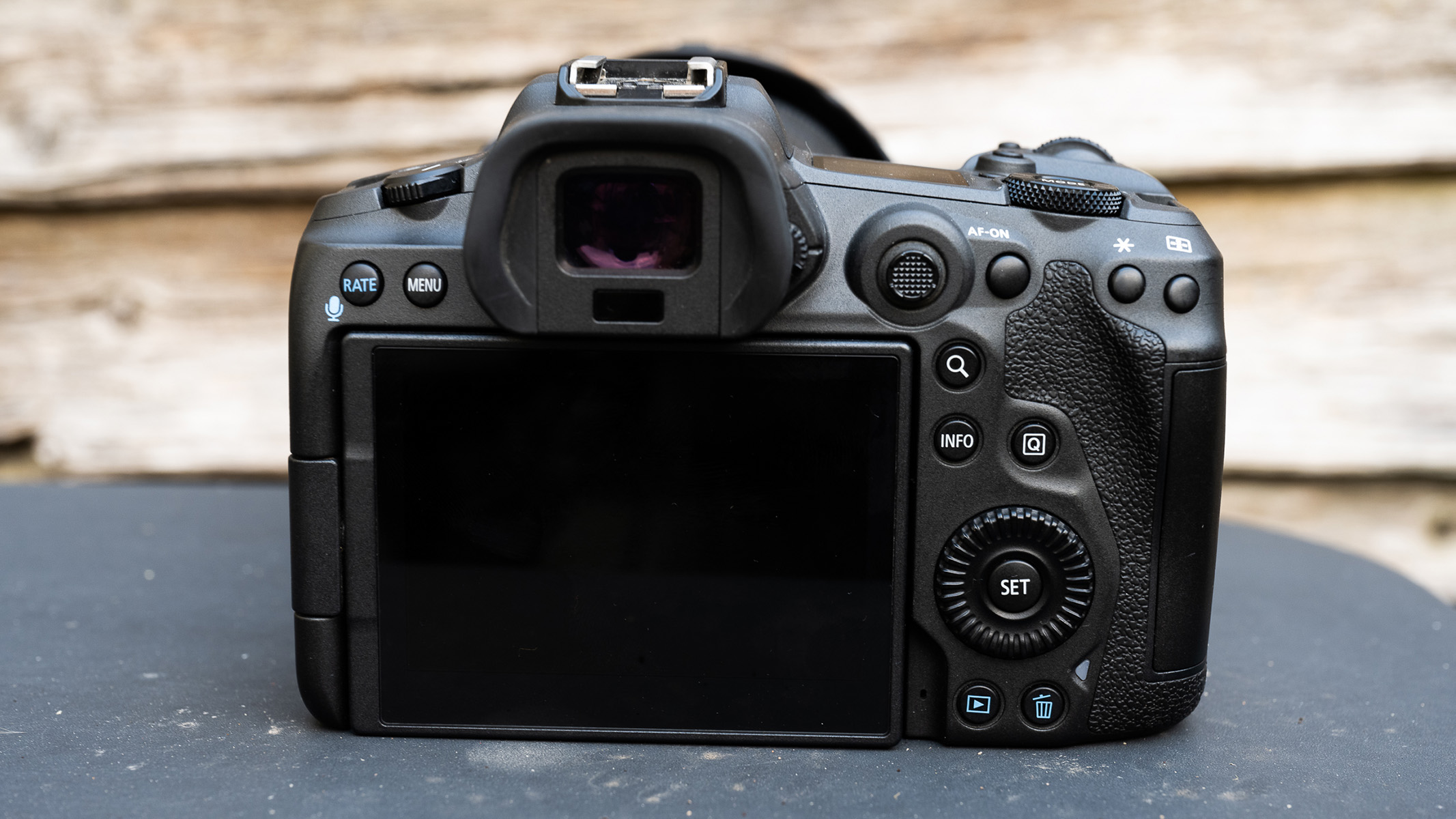
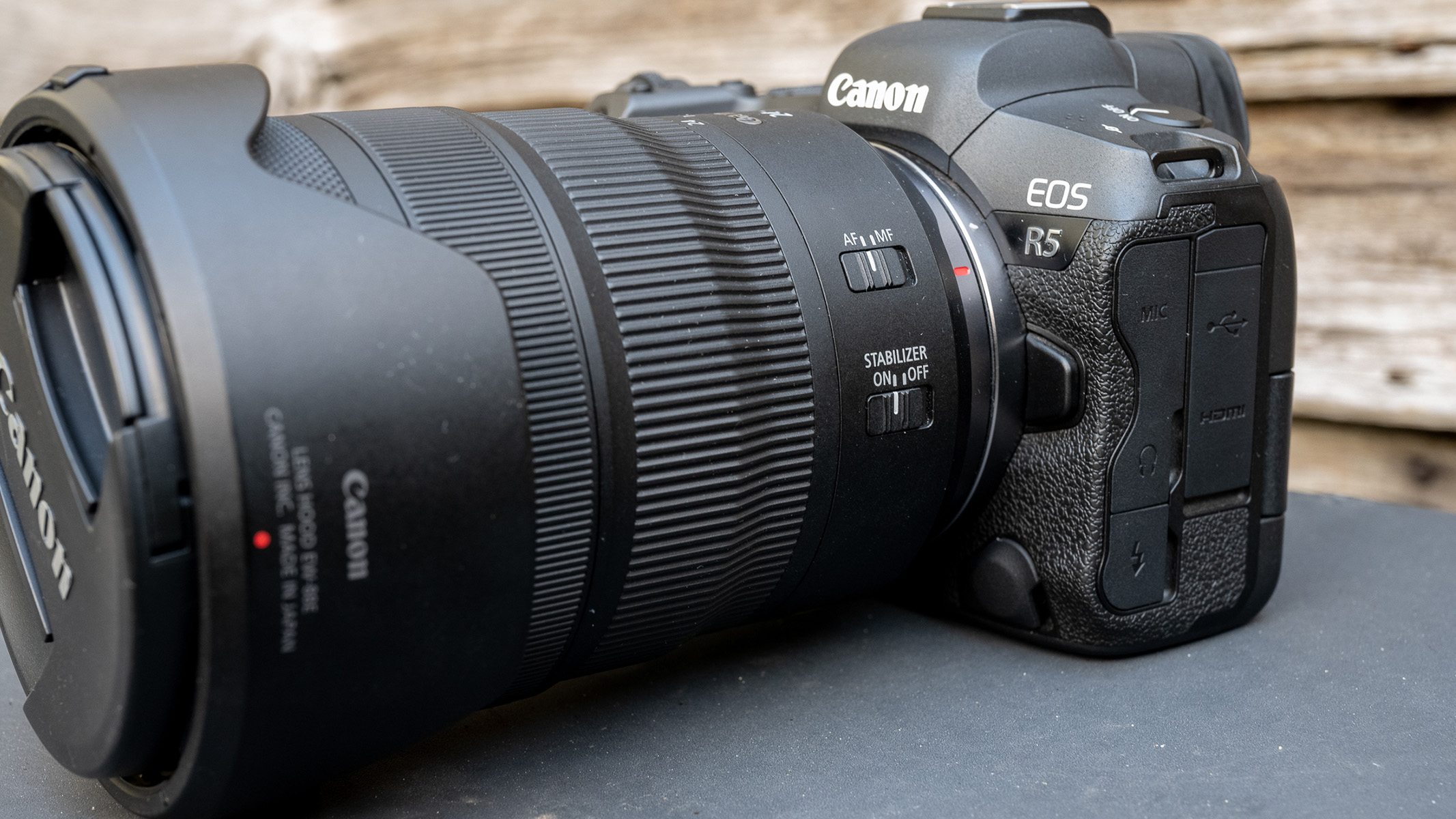
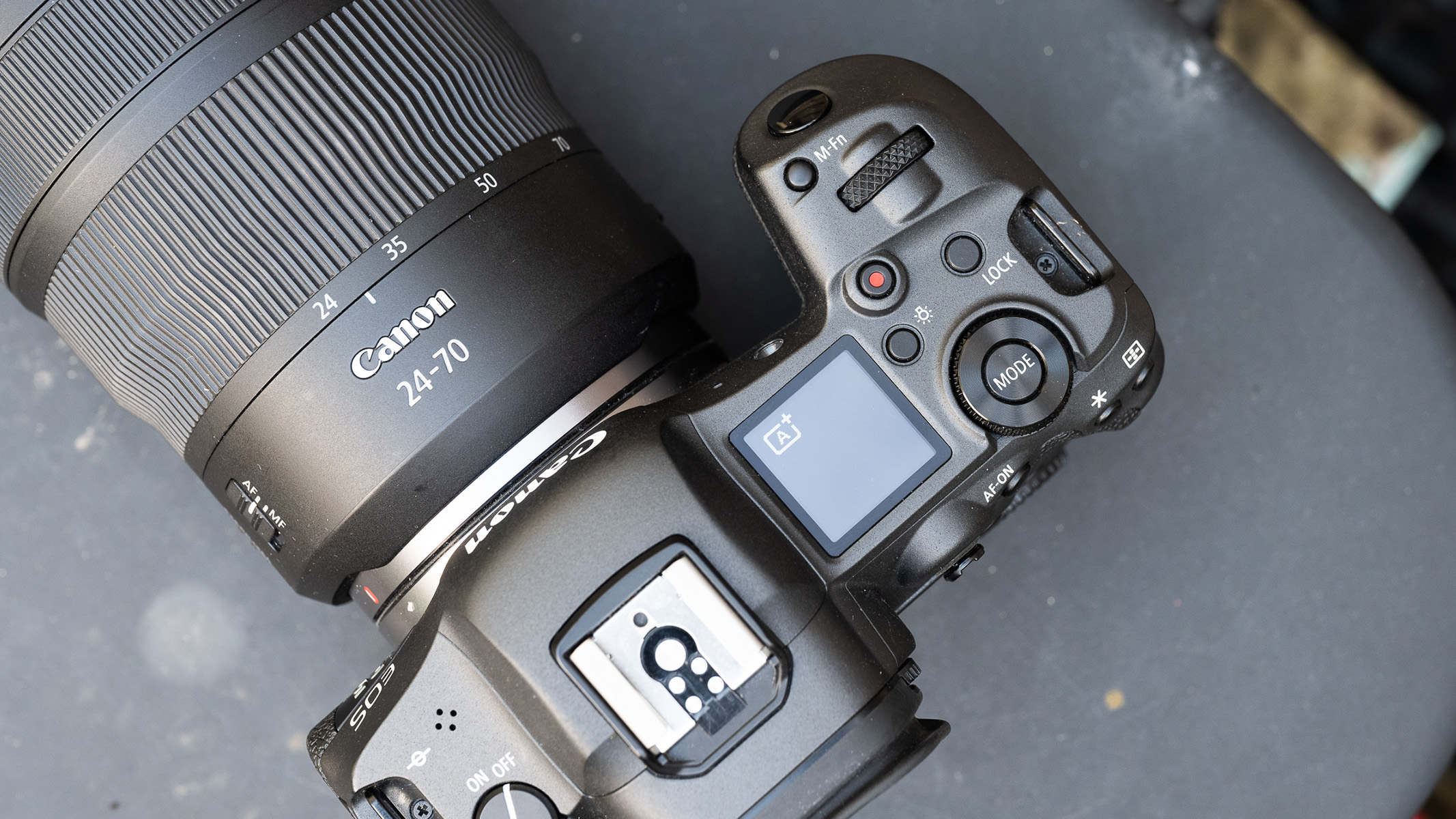
Specifications
Reasons to buy
Reasons to avoid
✅ You want good autofocus: This camera has excellent AF even in low light.
✅ You want great image stabilization: The R5 has eight stops of it.
❌ You're on a budget: this camera is on the expensive side and is mostly a camera reserved for pros, so if you're on a budget you might want to consider other options.
❌ You shoot video a lot: there are reported overheating problems when shooting 8K video.
🔎 The Canon EOS R5 is a great choice for semi-pro photographers looking to upgrade to a camera for life. ★★★★½
Design: The Canon EOS R5 is a modern mirrorless camera that takes some of its design inspiration from Canon's earlier DSLR models. It's heavier and sturdier than your typical mirrorless camera, and it includes a right thumbstick and rotating dial on the back for adjusting the autofocus — something that will please longstanding Canon enthusiasts.
Although it feels pleasingly weighty and secure in the hand, it's notably lighter than DSLR cameras. It has an ergonomic shape and comes with a screen on the top alongside a fully-tilting touchscreen display at the back.
Performance: This camera delivers some seriously impressive image quality thanks to its 45MP full-frame sensor. You can shoot uncropped video of up to 8K in RAW image format, and it comes with an incredibly fast processor and 5-axis inbuilt body stabilization.
In our Canon EOS R5 review, we found it has one of the best autofocus systems we've ever tested. The autofocus is extremely fast and accurate, tracking faces, eyes and heads with ease and offering a continuous focus mode that is excellent for capturing sport or action shots.
It would also make a good choice for astrophotographers since it offers great performance in low-light conditions and is able to autofocus down to –6EV with very little visible noise.
Canon has managed to pack 2,130mAh into the new battery, and we gladly welcomed the fact it is also backward-compatible with any camera that accepts LP-E6.
Functionality: Whilst the specs are incredible on this camera, they're probably overkill for the average enthusiast and sometimes proved to be overkill for the battery life, too. But professionals (or those with an ample budget) will enjoy the built-in technology that enhances dynamic range in all of your shots and the Auto Lighting Optimizer and Highlight Tone Priority that mean you get bright and well-contrasted images straight out of the camera.
- Read our full Canon EOS R5 review
Attributes | Notes |
|---|---|
Design | A heavy, sturdier design than some other mirrorless cameras. |
Performance | Exceptional low light performance. |
Functionality | Battery life is slightly compromised. |
Best value
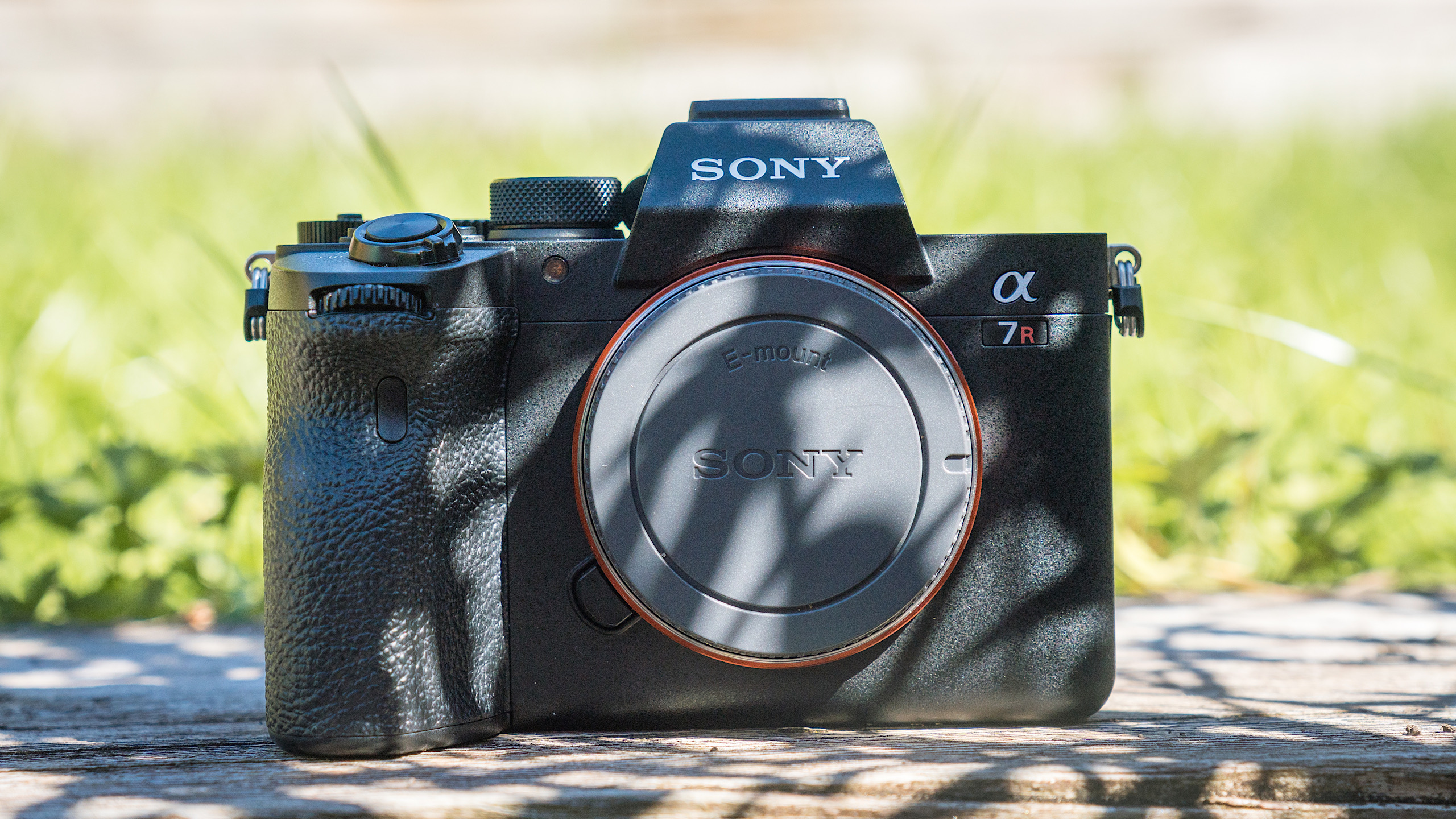
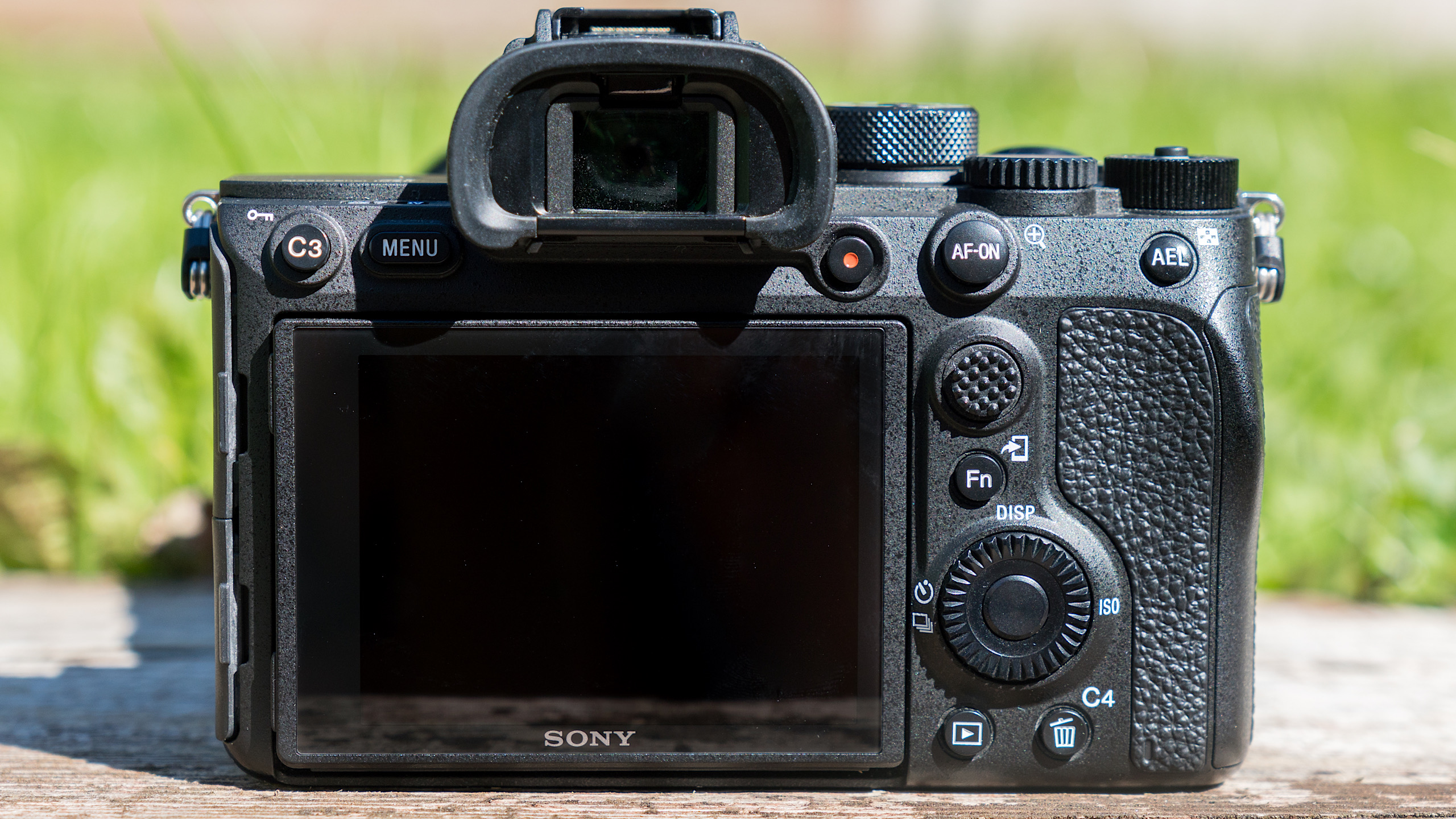

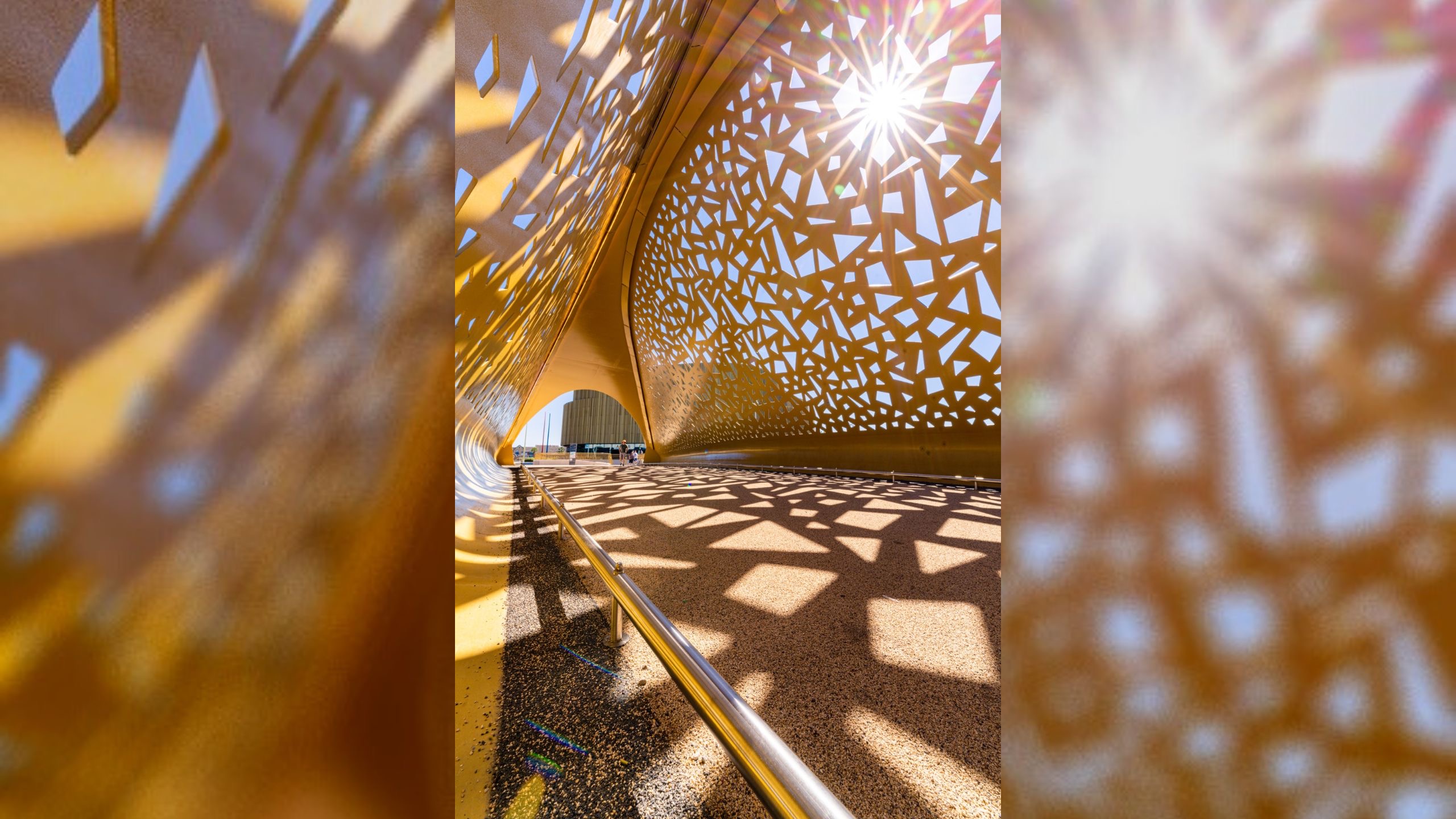
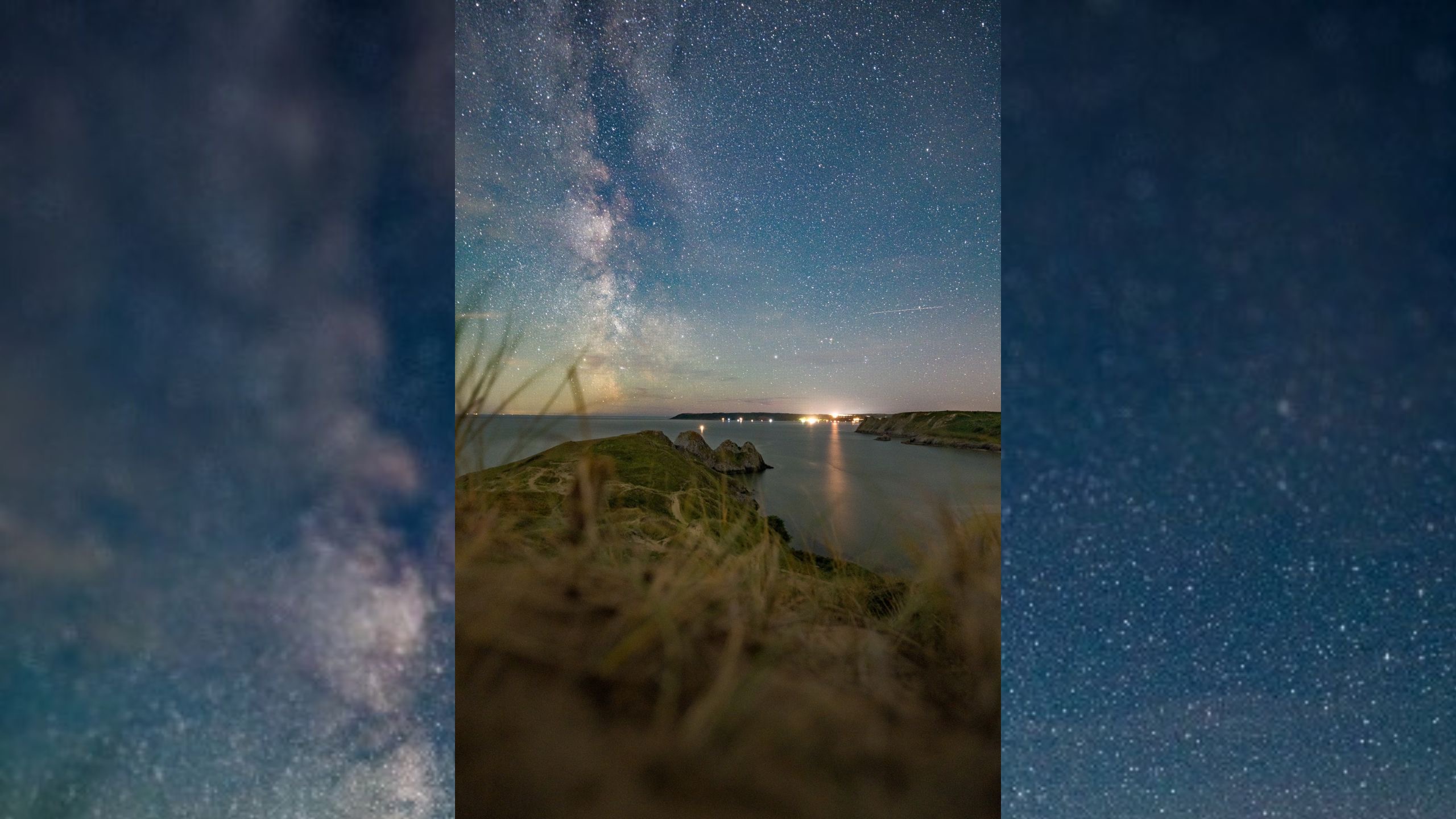
Specifications
Reasons to buy
Reasons to avoid
✅ You want to shoot the sharpest images: The stills resolution is incredible.
✅ You want great features: It has incredible functionality, typical of what you'd expect from Sony.
✅ You're a pro: As this camera is so expensive, it's really only reserved for pros who make money from photography.
❌ You want to shoot video: There is no 8K video recording, which is disappointing for a camera this expensive.
❌ You want the biggest ISO range: For the price, 100-32,000 is limited.
❌ You want the best autofocus: While we thought the autofocus was good, those who want the best should opt for the newer model, the Sony A7R V.
🔎 The Sony A7R IV is one of the highest resolution full-frame cameras on the market, and has an incredibly impressive autofocus system. ★★★★½
Design: It may be a full-frame camera, but the Sony A7R IV is more compact and lightweight than most. It's substantial enough that it's comfortable to hold, though, and its well-designed grip fits ergonomically in the hands. More importantly, it's a pleasure to use thanks to its well-placed, large buttons which and the fact it's easy to know when one of them has been pressed. We particularly like the AF joystick, which is pleasantly large and tactile.
All those carefully-considered design choices mean the Sony A7R IV is a great camera to shoot with, and it's easy and fast to get to grips with. This camera is also great to control while wearing gloves, which is ideal if you're shooting astrophotography on a chilly night.
Performance: This camera's monster 61MP sensor is still one of the highest resolutions available on the market. It produces incredible image quality alongside 4K video. In theory, it can shoot up to 10 continuous frames per second, but you can run into buffer problems when using burst shooting with such large image files, so it might not be the best choice for sports photographers. However, you do have the option of transforming the A7R IV into a 26MP APS-C camera with a 1.5x crop factor, which allows you to shoot bursts for much longer and makes it compatible with APS-C lenses.
Where this camera comes into its own, though, is the incredible Sony autofocus system. Sony has introduced what it calls 'real-time tracking', which means the camera has been trained to recognize eyes and faces. In action, the autofocus on this camera was near faultless and perfectly followed the subject, keeping their eyes constantly in focus.
Functionality: Perhaps the standout feature of the Sony A7R IV is its world-class autofocus system. Sony has introduced what it calls 'real-time tracking', which means the camera has been trained to recognize eyes and faces. This great functionality extends even to animals, so it's a great choice for pet and wildlife photographers.
During our review of the Sony A7R IV review, we were impressed by the fact the autofocus was able to tell when someone was wearing sunglasses and switched from eye to face tracking to get the best shot. In action, the autofocus on this camera was near faultless and perfectly followed the subject, keeping their eyes constantly in focus.
Astrophotographers will also be pleased to know the camera performs brilliantly in low light, reaching speeds of up to ISO 6400.
- Read our full Sony A7R IV review
Attributes | Notes |
|---|---|
Design | Superb build quality. |
Performance | Bright, sharp and colorful images. |
Functionality | High megapixel sensor means more image noise. |
Best pro camera

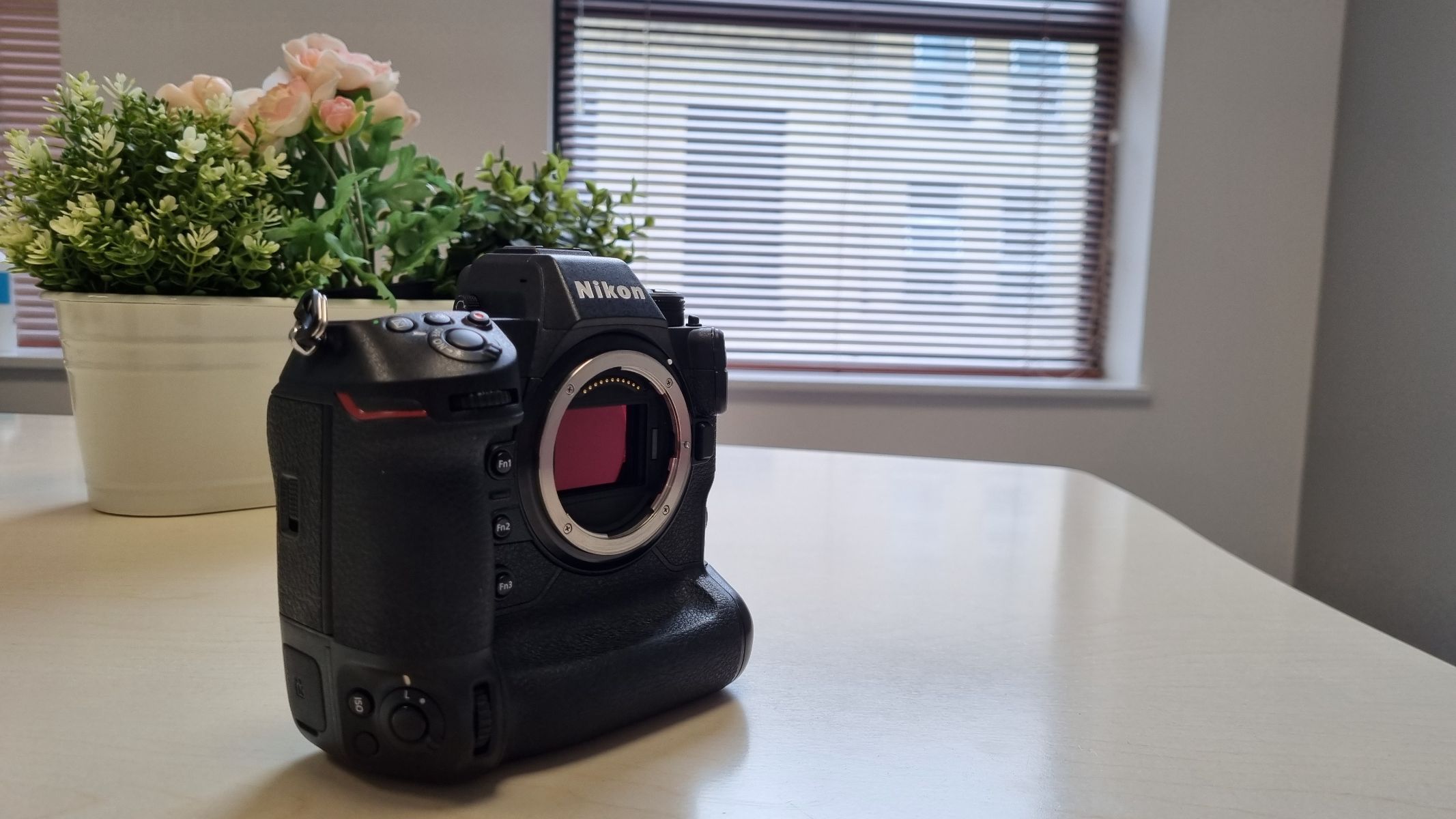
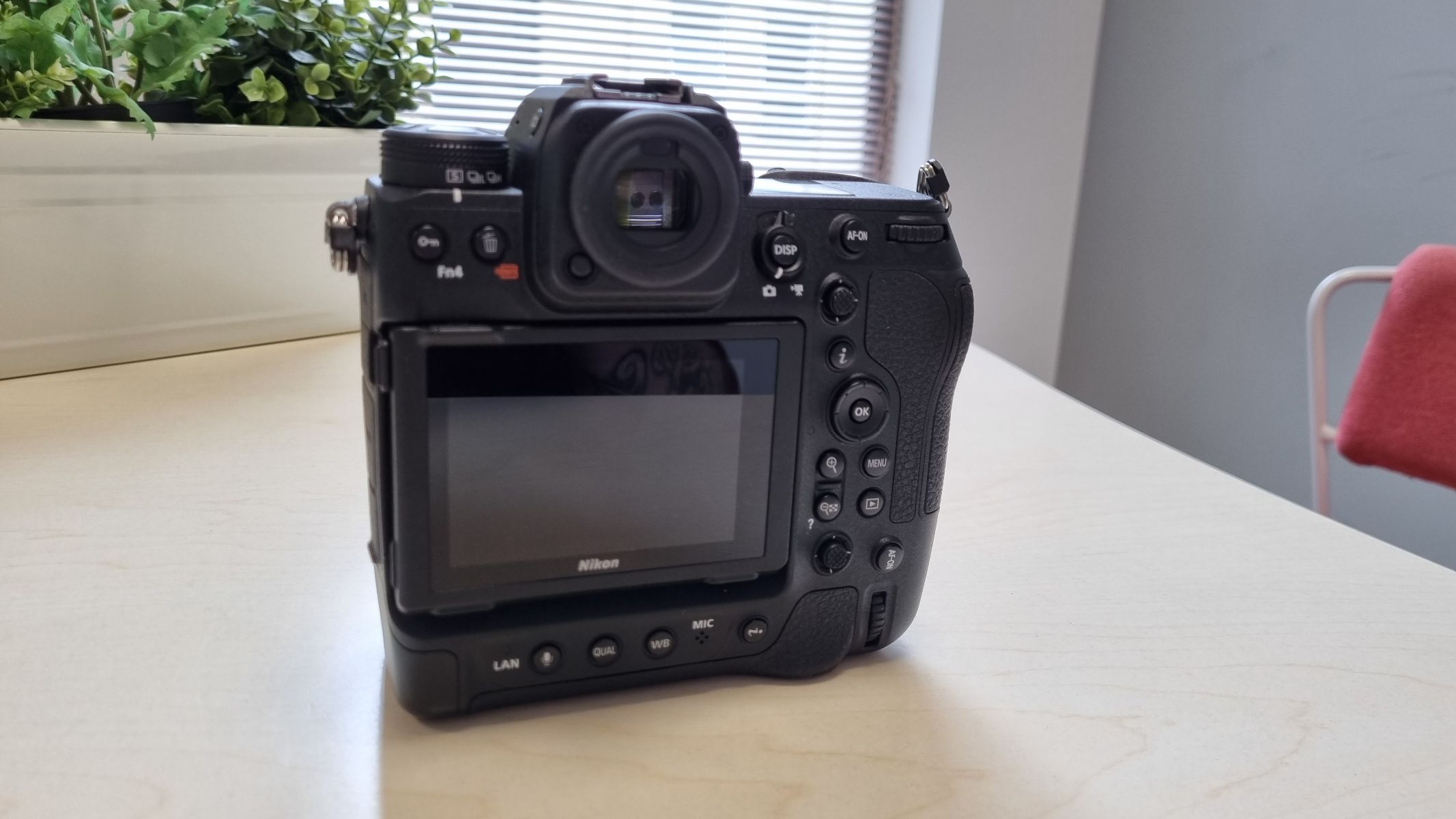
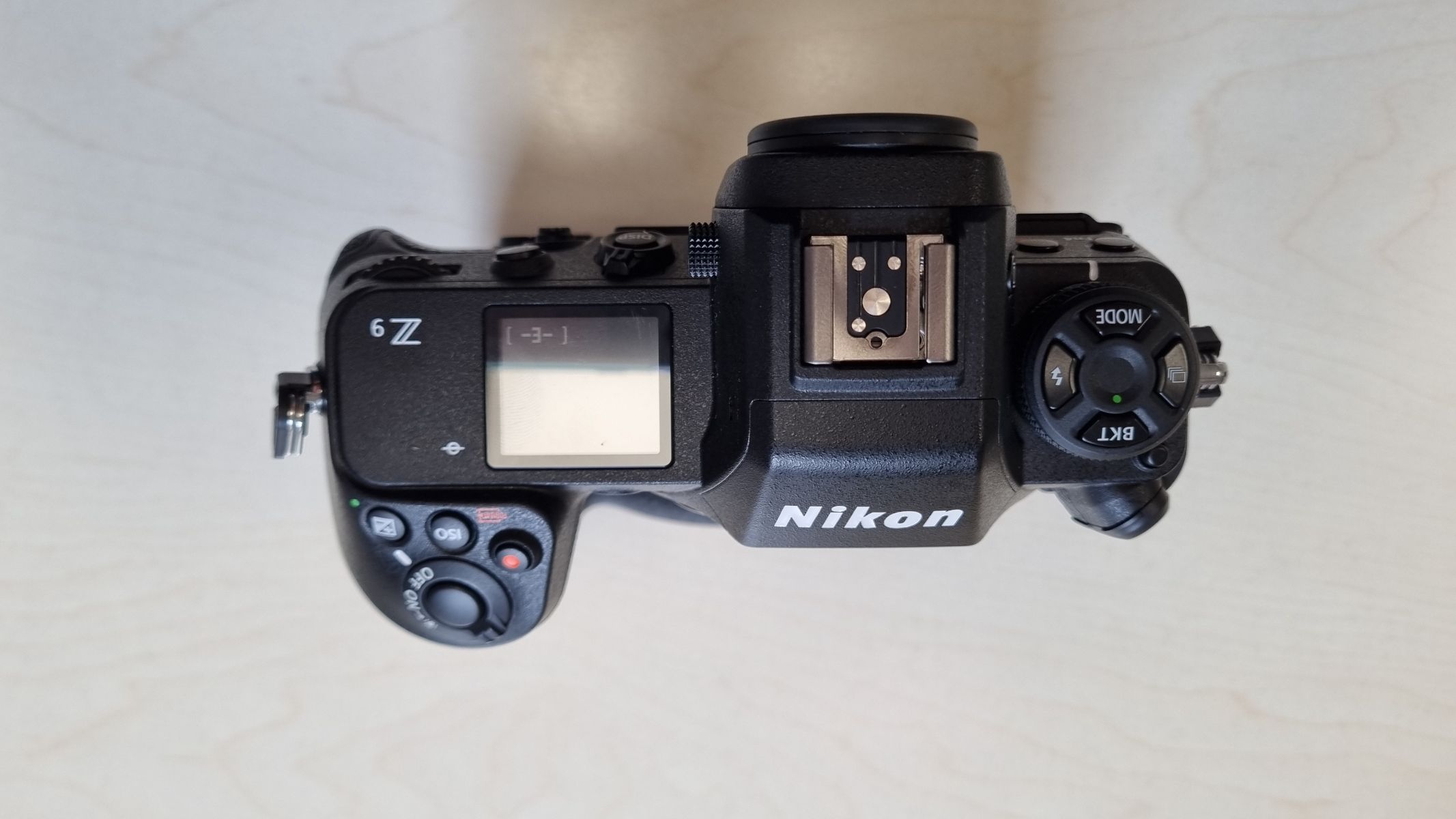
The camera has a Z mount and CFexpress type B or XQD card slots.
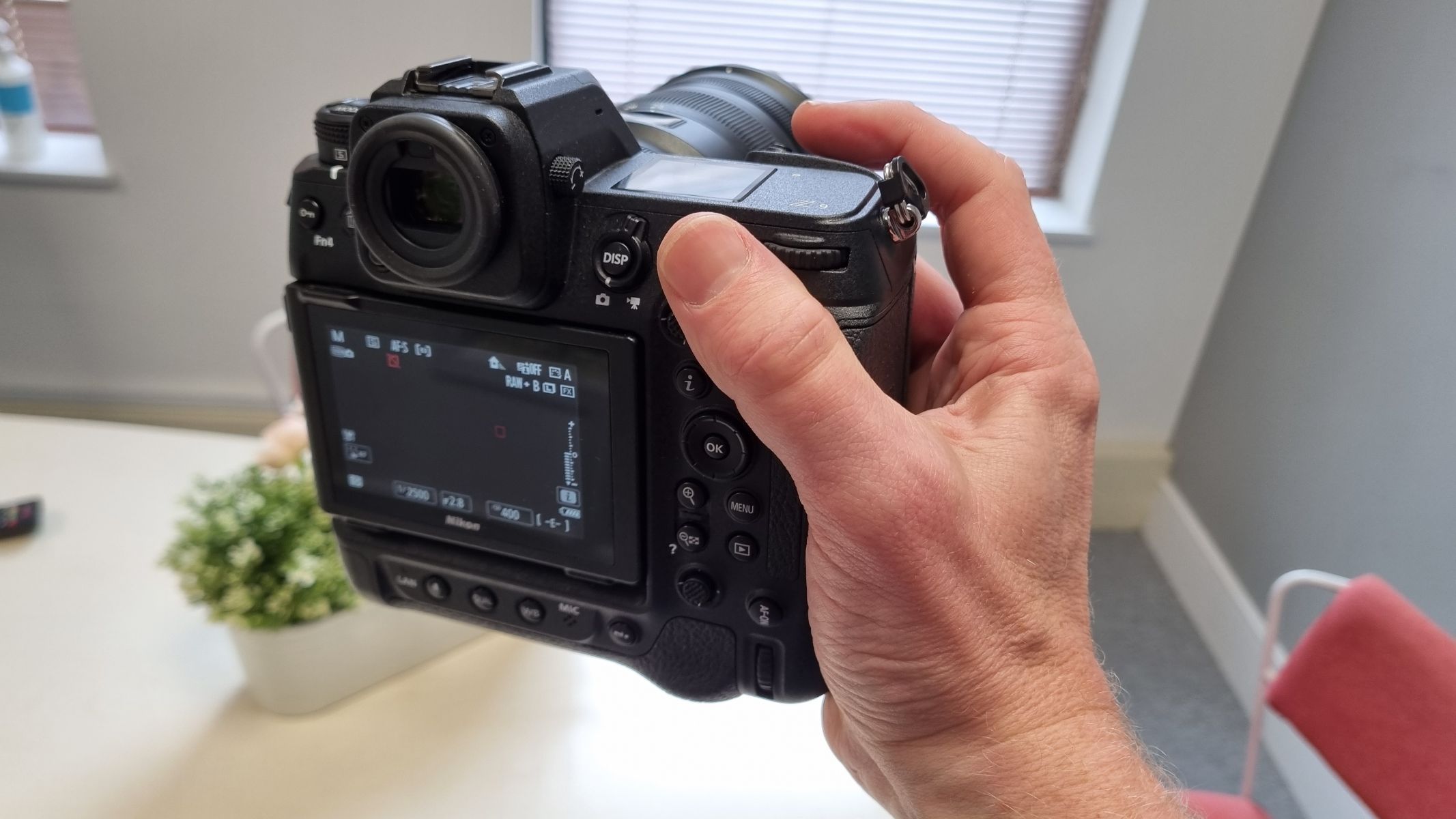
Specifications
Reasons to buy
Reasons to avoid
✅ You're on the go a lot: This camera has an impressive battery life, even in temperatures down to -10-degrees celsius / 14-degrees Fahrenheit.
✅ You want a sturdy camera: The build quality on the Z9 is excellent and can withstand years of use.
✅ You shoot sports photography: This camera has very impressive burst speed — it can do 30, 60 and 120FPS in JPEG, and 20FPS in RAW.
❌ You need a lightweight camera: This one is on the heavy side compared to some of its competitors.
❌ You want an articulated screen: The screen on this camera is tilt-only.
🔎 The Nikon Z9 is a brilliant astro camera and a monster for stills and video, but it comes at a high price. ★★★★½
Design: The Nikon Z9 is Nikon's flagship full-frame mirrorless camera. It's an absolute powerhouse that is best suited to professionals who can make full use of its vast array of features.
It has a heavy and chunky build with full weather sealing, meaning it can be used in temperatures as low as –10 degrees Celsius — perfect for aurora chasers or wildlife photographers who go out into the elements.
This camera easily weighs 3 lbs even without a lens attached; in our Nikon Z9 review we tried it with a range of different lenses which took the weight up to at least 5.5 lbs. This is an important consideration for anyone who will be mounting the Nikon Z9 on a tripod or star tracker, as you'll need to check whether they can handle the payload.
A comfortable extra grip is provided by the substantial battery pack, and the back of the camera boasts a huge number of function buttons. The touchscreen display is detailed and bright, but it's not as mobile for low-angle shooting as some of its rivals.
What the Nikon Z9 really excels at is capturing moving subjects at speed. It has a specialist 'Animal AF' focusing mode ,and excellent burst shooting capabilities, making it great for capturing fast-moving wildlife. It also has a 'People AF' mode that is uncannily good at picking out people's eyes and faces and is able to track multiple subjects even through busy scenes. These features make it a fantastic choice for wildlife, wedding or sports photography. Nikon Z7 II is equally capable in this area and it comes in around $2,000 cheaper.
What the Nikon Z9 really excels at is capturing moving subjects at speed. It has a specialist 'Animal AF' focusing mode and excellent burst shooting capabilities, making it great for capturing fast-moving wildlife. It also has a 'People AF' mode that is remarkably good at picking out people's eyes and faces and can track multiple subjects even through busy scenes. These features make it a fantastic choice for wildlife, wedding or sports photography.
Functionality: The Nikon Z9 is as impressive for videos as it is for still photos. You can shoot up to 8K video at 60FPS, and the battery will easily hold out for hours of video shooting, making it ideal for vlogging or wedding videos.
It offers high levels of customization, with the ability to remap buttons and create your own shooting modes from scratch, and it has a range of connectivity options, including WiFi, Bluetooth, ethernet and USB-C. In the hands of a professional, there's very little this camera can't do.
- Read our full Nikon Z9 review
Attributes | Notes |
|---|---|
Design | Heavy, solidly built body. |
Performance | Excellent astro performance, but overkill if that's all you shoot. |
Functionality | As capable at video as it is at stills. |
Best all-rounder

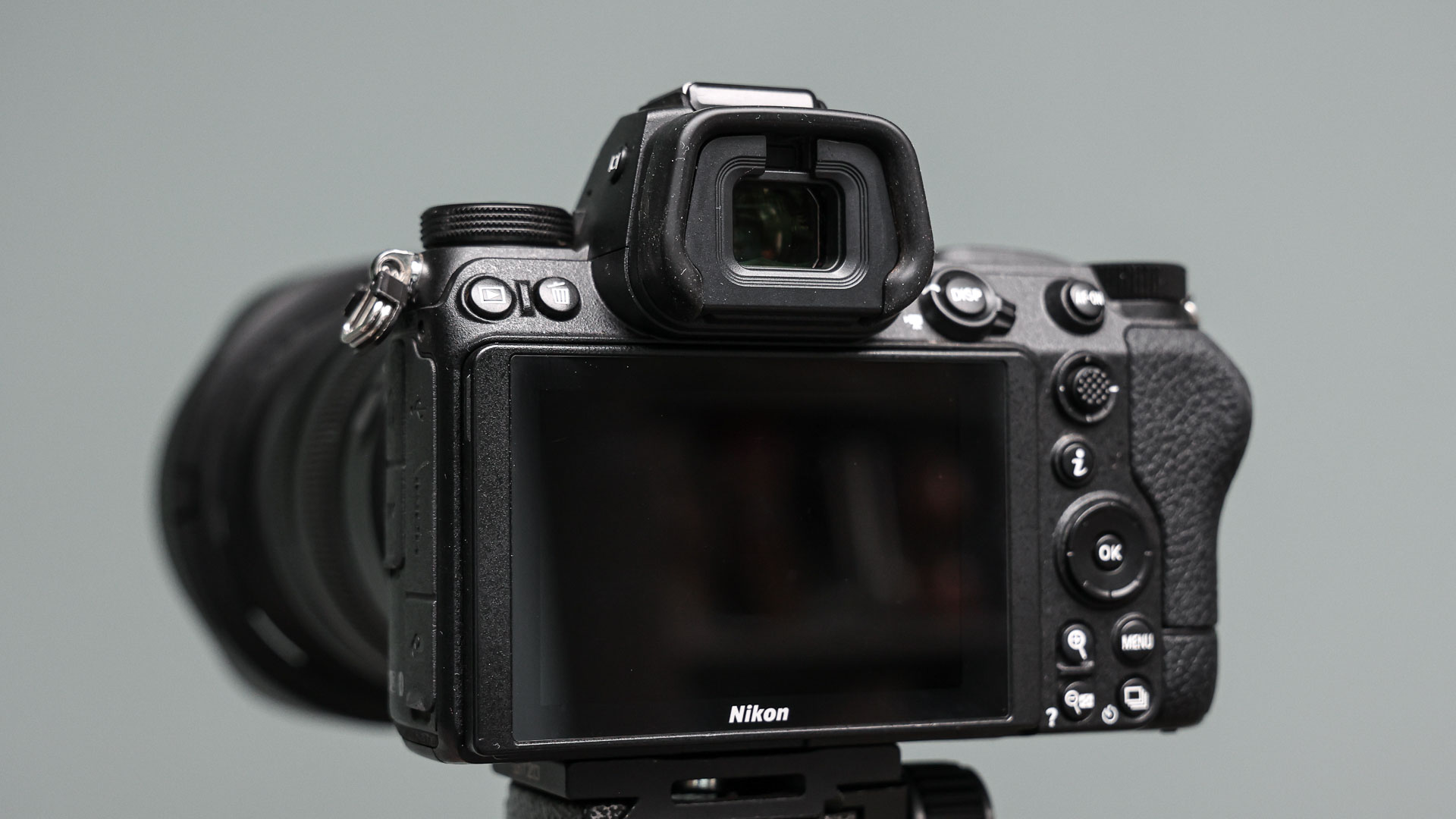
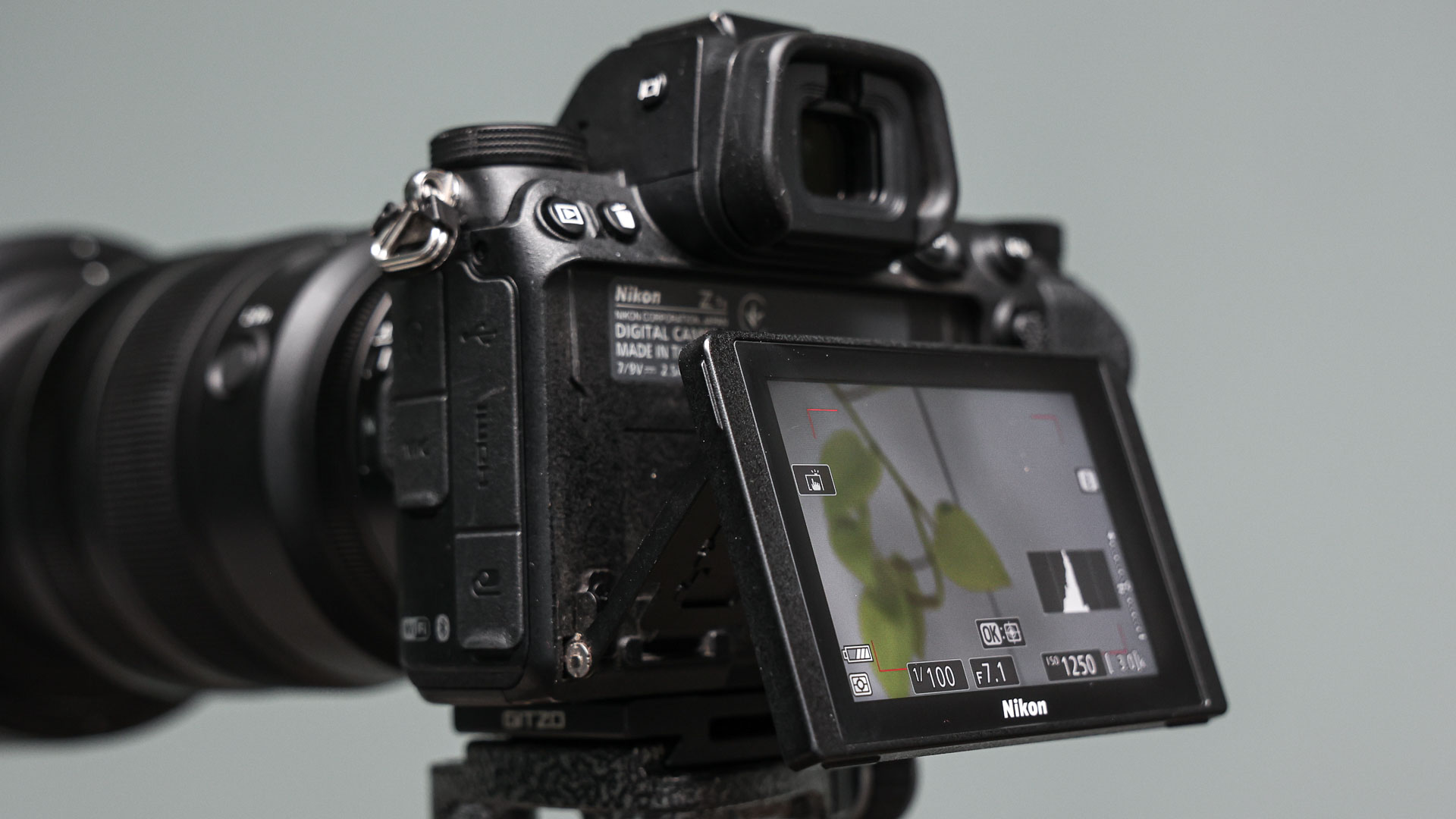
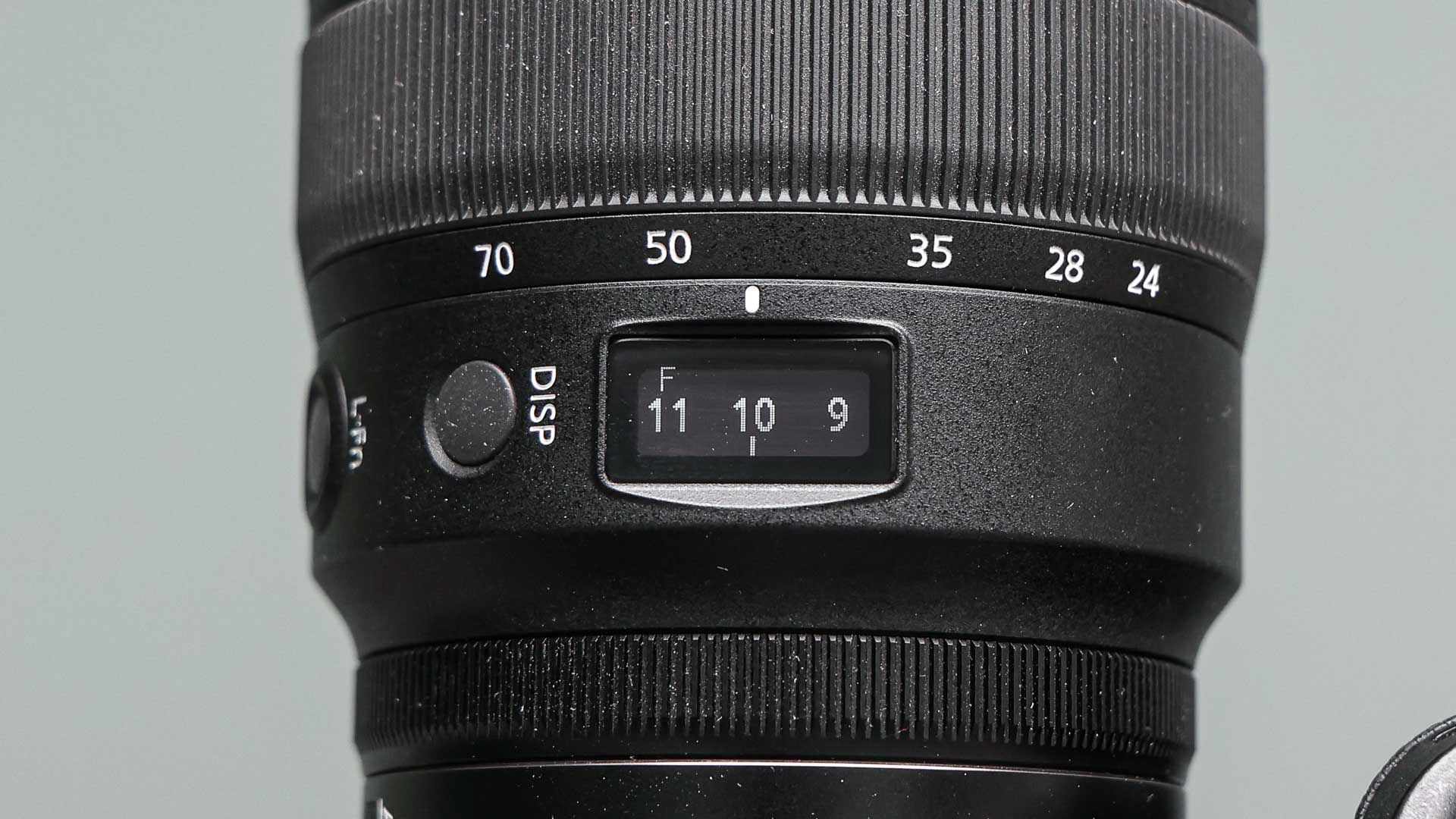
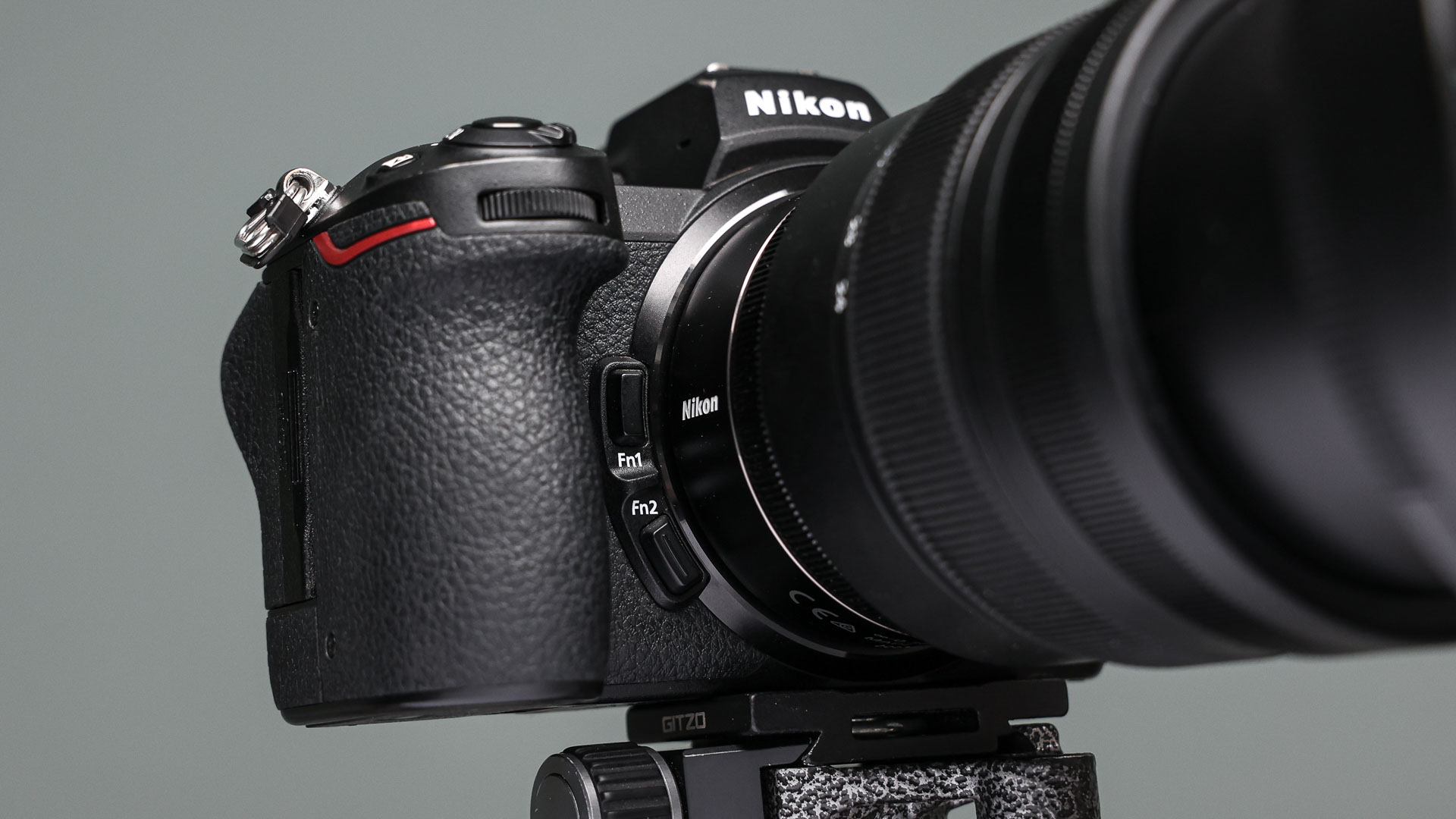
Specifications
Reasons to buy
Reasons to avoid
✅ You want a sturdy camera: This one is well-built and fully weather-sealed to protect it against adverse weather.
✅ You want a lot of memory: The Z7 II has a multi-slot D UHS-II, CFexpress, XQD memory card port.
✅ You shoot different styles: This camera performs well all-round.
❌ You only shoot one type of photography: This camera isn't the best at anything, so if you have a niche, you're better off finding a camera that excels in that particular field.
❌ You want an articulating screen: The LCD screen is tilt-only.
🔎 The Nikon Z7 II is a jack-of-all-trades that combines power, speed and precision with a simple interface. ★★★★½
Design: The Nikon Z7 II is a full-frame camera with a huge 45.7MP sensor and 4K60p video. It performs impressively across a range of different photography genres, making it the perfect all-rounder. Astrophotographers will love the tilting rear touchscreen which keeps your hands within easy reach of all the buttons, making it easy to navigate your way around the controls in the dark.
We also enjoyed the clutter-free layout of the controls and found the two Fn buttons on the front handy for assigning customizable shortcuts. It's also fully weather-sealed, so you won't have to worry about rain seeping in when shooting in adverse weather conditions.
Performance: This camera is a real powerhouse when it comes to shooting in low light. In our Nikon Z7 II review, we were impressed by how well it handles high ISO image noise, and the exposure preview is a fantastic feature for helping you set up your shots in the dark. The Automatic White Balance also produces natural-looking colors and, as an added bonus, manages to limit the orange glow from light pollution. Photographers in any field will love the 5-axis in-body image stabilization that effectively minimizes shakes and blur.
The Nikon Z7 II has an in-built exposure delay mode of up to three seconds to avoid camera shake blur caused by pressing the shutter button while using a long exposure. We were astounded to find how many useable, sharp shots we got even when we weren't using it.
Functionality: You'll find two memory card slots in the Nikon Z7 II: One slot uses SD cards while the other takes XQD or CFexpress cards. This means you can create an image overflow across both cards, or you can use one as a backup, so if one card gets corrupted you have the other to fall back on. This is an absolute must for professional photographers, we'd say.
There are plenty of features we love on the Nikon Z7 II, one in particular being how well it handles manual focusing. Any turn of the focusing ring displays a gauge on the rear screen, showing the focusing distance you've selected. It's a neat additional feature that we haven't seen on many cameras.
- Read our full Nikon Z7 II review
Attributes | Notes |
|---|---|
Design | Weather sealing protects it from the elements |
Performance | Excels at longer shooting sessions |
Functionality | Excellent low light abilities |
Best for detail
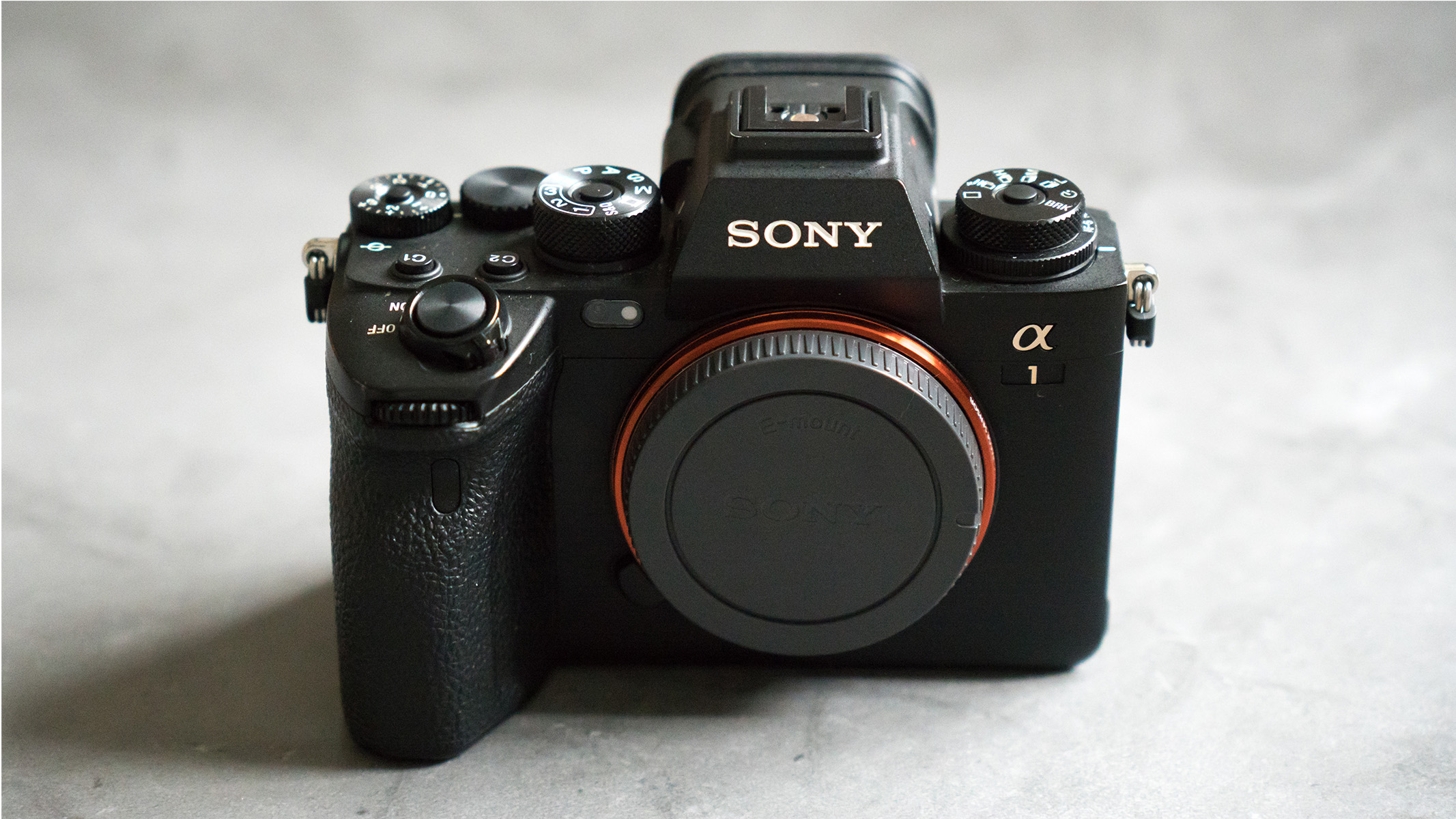
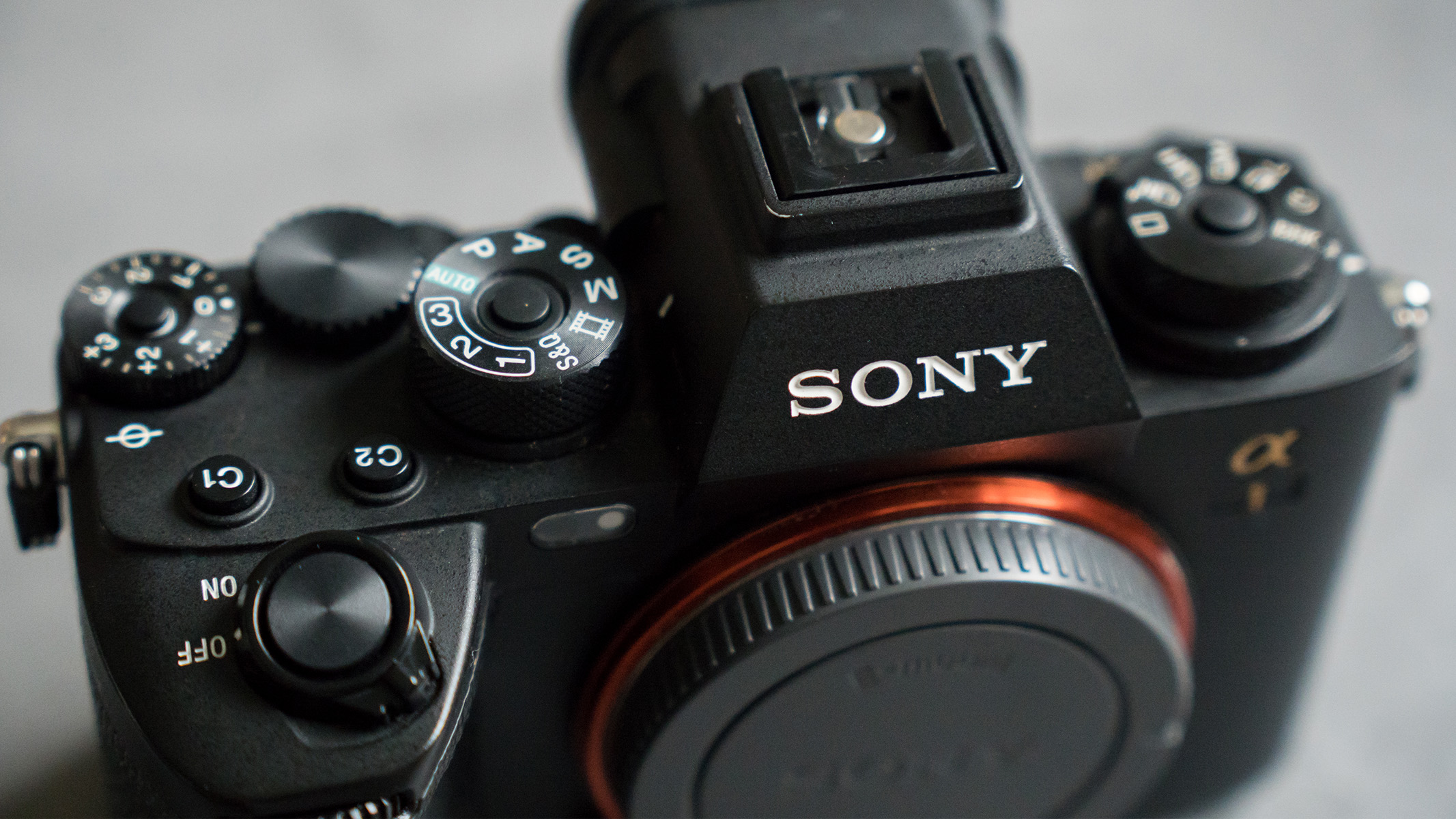
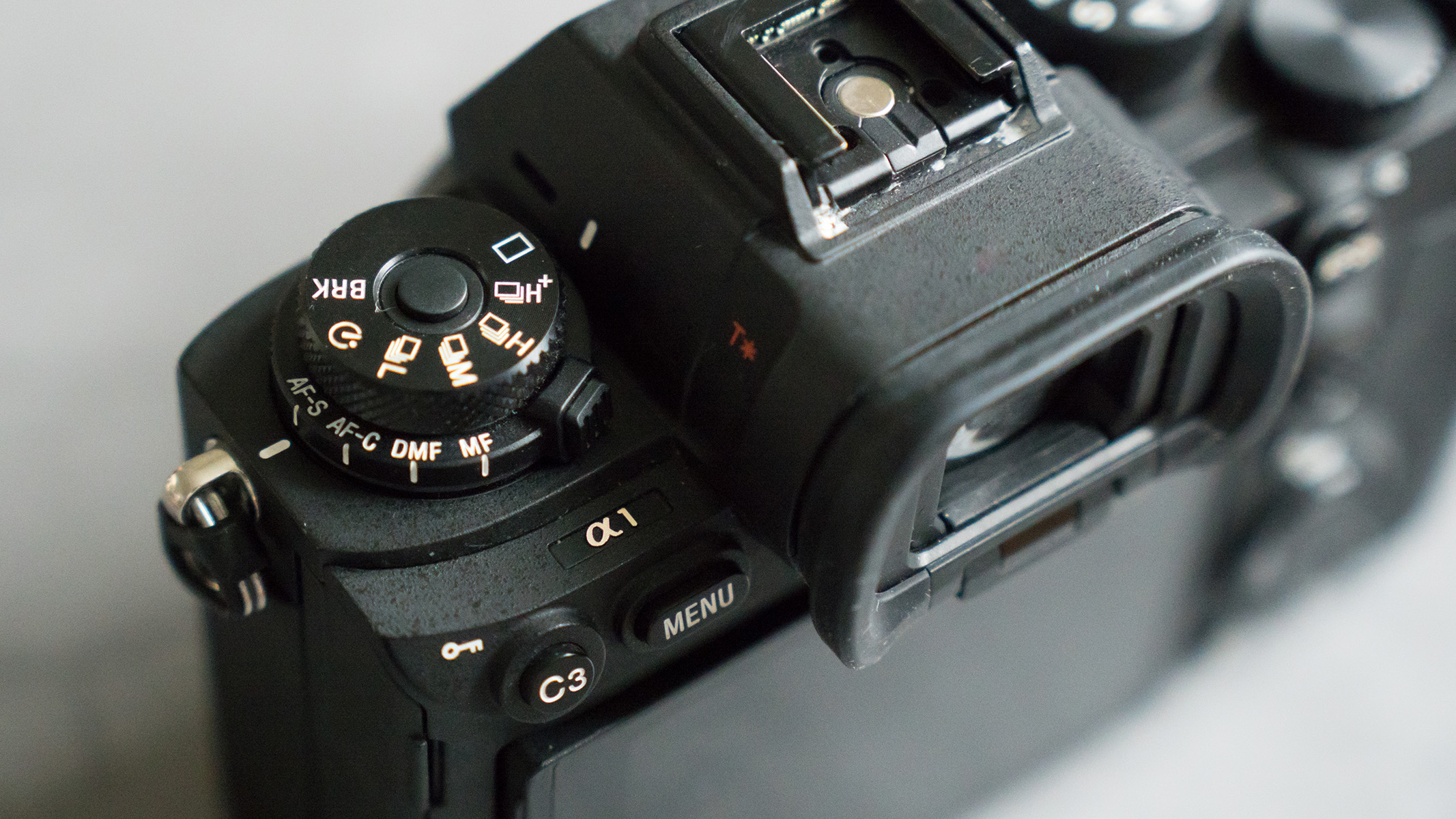
Specifications
Reasons to buy
Reasons to avoid
✅ You want detailed shots: Whether it's stills or video, the optics on this camera are brilliant thanks to its stacked CMOS sensor and huge 51MP resolution.
✅ You want great features: The autofocus and tracking are incredibly accurate and make this camera reliable and user-friendly.
✅ You shoot astro: The specs are ideal for astro work and it handles noise really well.
❌ You're on a budget: This camera is eye-wateringly expensive, and it's rarely on offer.
❌ You're a beginner: This camera is geared towards advanced and professional users who make money from photography.
🔎 The Sony A1 is an absolute powerhouse for video and photography, but it comes with a very high price tag. It's reserved for pros and anyone who makes money from photography and would likely be overkill for beginners. ★★★★½
Design: As you'd expect from a professional camera, the Sony A1 is large and well-built, so much so that you don't have to worry about the odd knock or bump. It's not too big that it isn't comfortable to hold, however, and it's pretty stylish too. Ergonomics have been well thought-out, and it's a joy to hold thanks to its well placed grips.
However, like many of Sony's cameras (aside from their newest), the A1 doesn't have a fully-articulating screen. Once again, it's not a major issue, but it's something to bear in mind if you want to shoot from unusual angles. If it's something that's important to you, we'd recommend the newer Sony A7R V, which does sport a fully-articulating screen.
Performance: With a huge 50.1MP sensor and the ability to shoot 8K video, the A1 is a serious powerhouse. Its in-body image stabilization of 5.5 stops goes a long way too, making handheld shots every bit as sharp as they should be.
As we noted in our Sony A1 review, this is one of Sony's best cameras in terms of color reproduction. We also found it has a better dynamic range than the A9 and A2, and we were seriously impressed by its buffer-clearing speed (but that, of course, depends on what type of memory card you're using — the default 51MP files aren't exactly small). Handily, the buffer clears as you shoot, meaning the camera can generally keep up with you.
Big, detailed files are great, but they come with trade-offs, so it's useful to be able to shoot with lossless compressed files, which reduce the file size to about half of an uncompressed raw file. While it may not be the most exciting feature on this camera, your storage system and computer processor will thank you for it.
Functionality: The menu system on the Sony A1 is one of the best we've seen from Sony. It's easy to navigate and a joy to use. Considering the company's menus are notorious for being convoluted and messy, the improvements here are hugely appreciated.
We've loved using the A1 for astrophotography. Its ISO range up to 102,400 allows for incredible astro shots, and thanks to its powerful CMOS sensor, it handles noise very well. The 15 stops of dynamic range mean that even the tiniest celestial bodies can be captured.
- Read our full Sony A1 review
Attributes | Notes |
|---|---|
Design | Tilt only screen is disappointing for the price. |
Performance | Fantastic colors, good noise handling |
Functionality | Can handle anything you throw at it. |
Best for intermediates
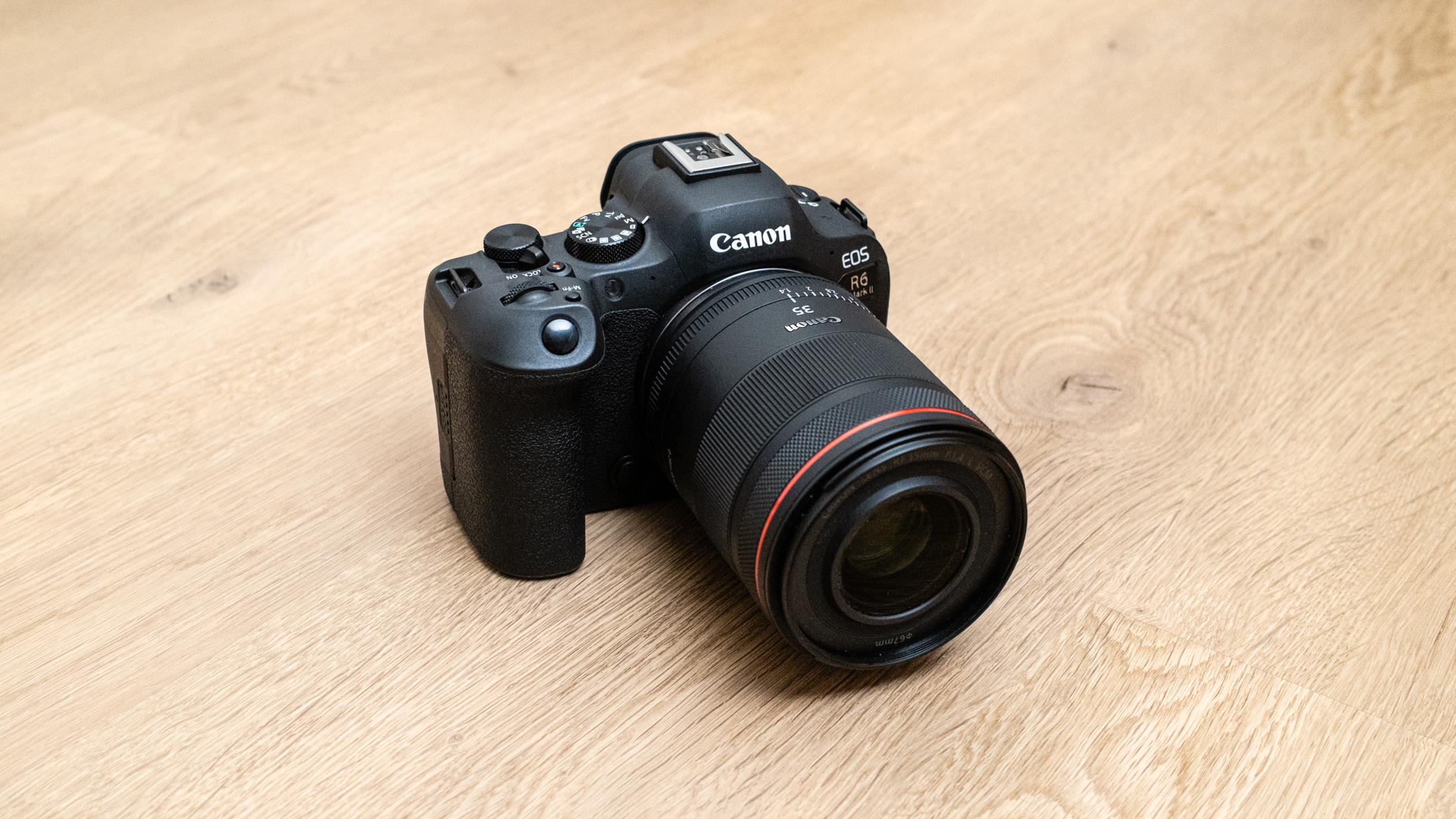
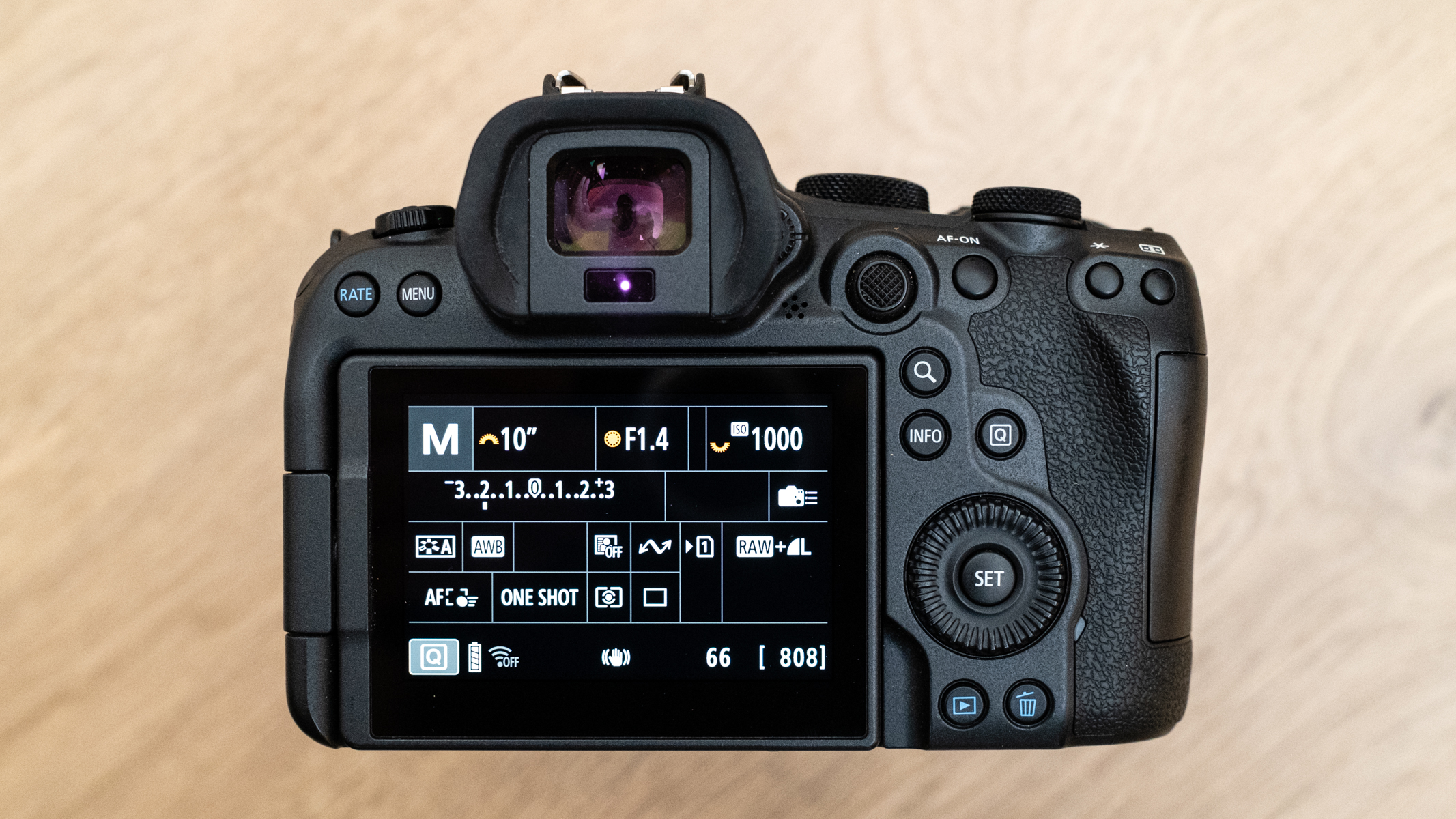
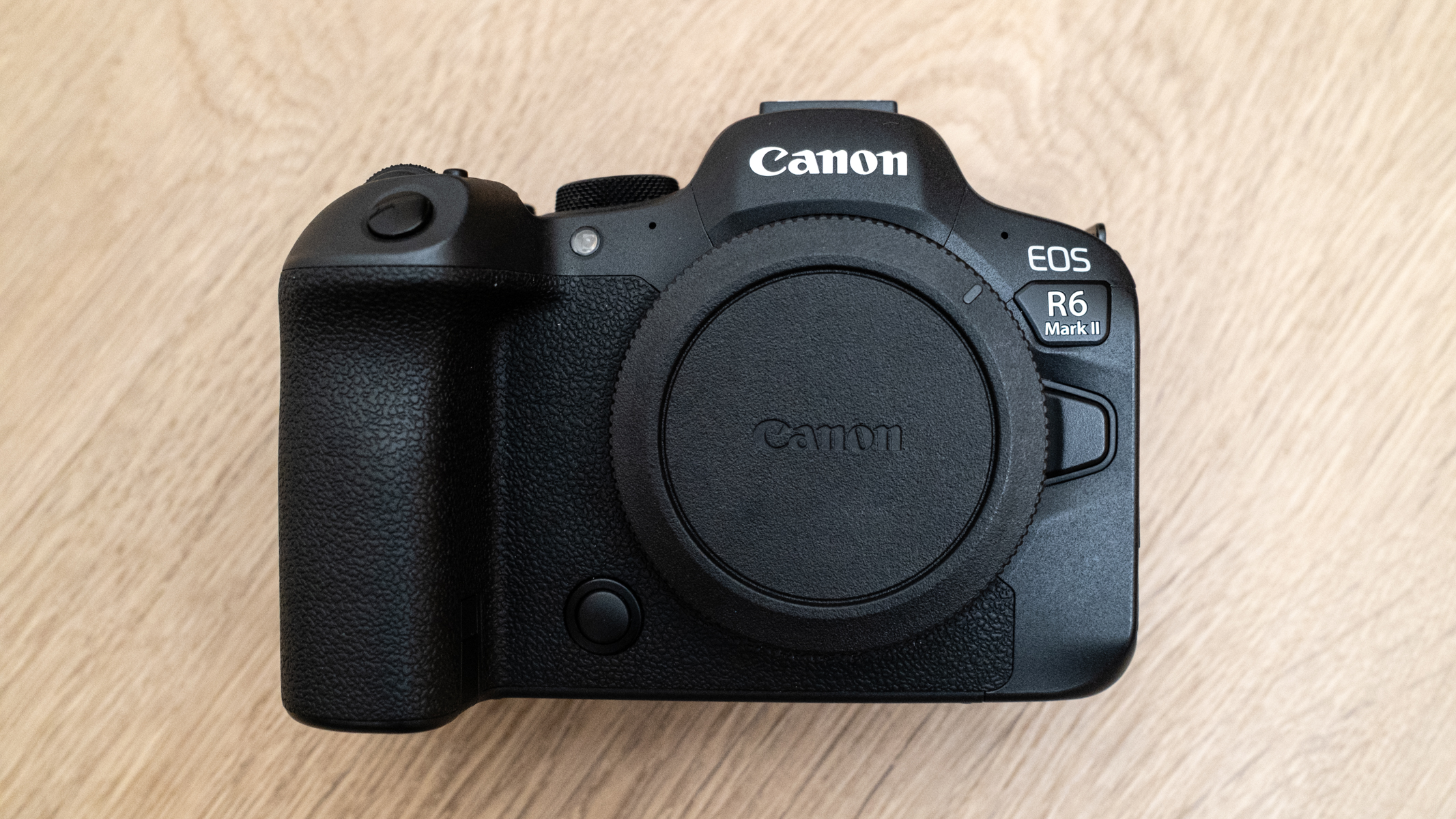
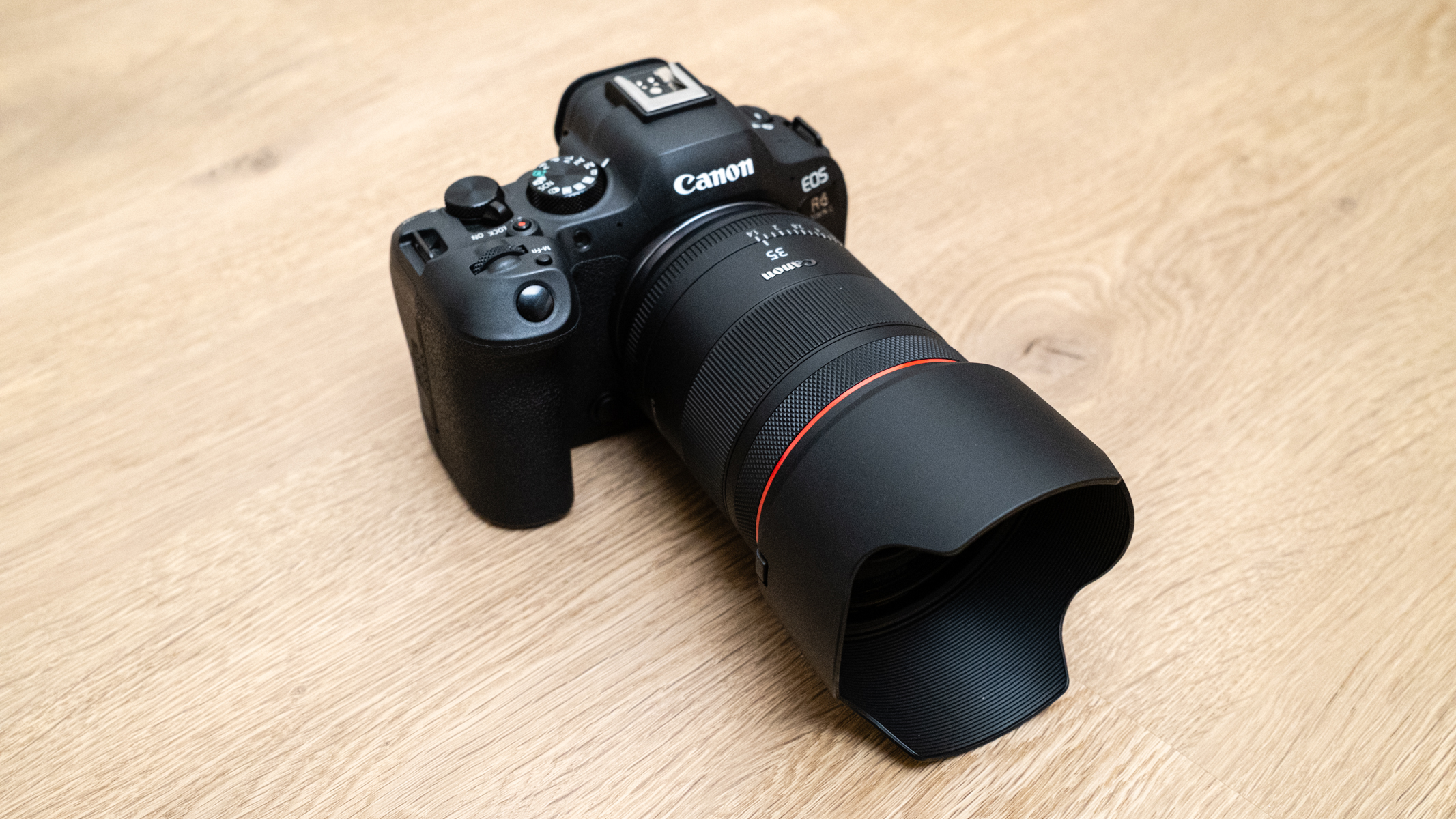
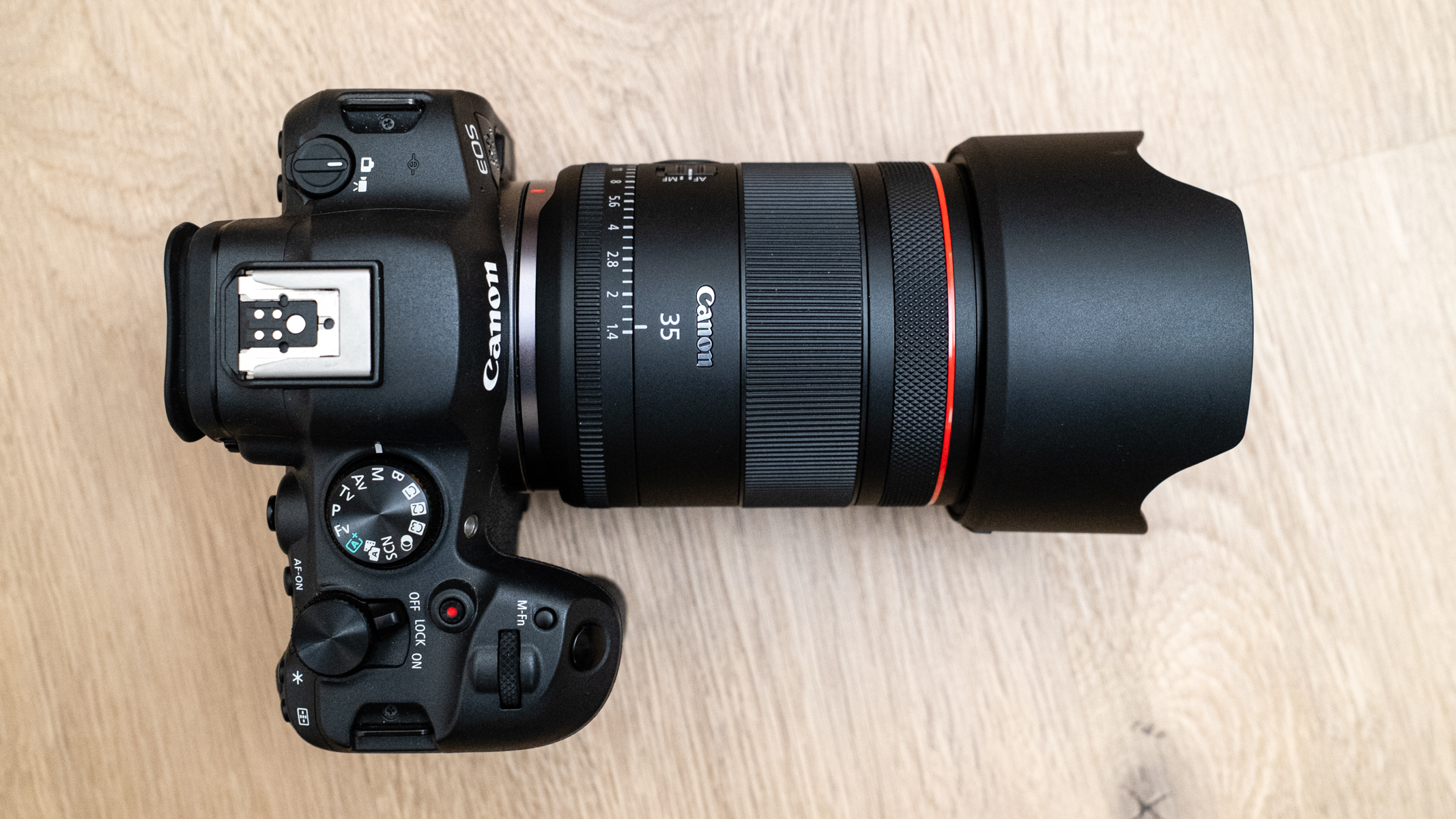
Specifications
Reasons to buy
Reasons to avoid
✅ You shoot in low light: The R6 Mark II has superb ISO handling, ideal for astrophotography especially.
✅ You want an affordable but powerful camera: There are cheaper, but the R6 Mark II punches well above its weight.
❌ You're on a budget: There are cheaper R model cameras out there.
❌ You want to shoot ultra high-quality stills: While a step-up from the previous model, you're limited to 24.2MP.
🔎 The Canon EOS R6 Mark II is an excellent intermediate camera, at an affordable price. It offers professional-looking videos and reasonably high quality stills, coupled with excellent low-light performance. ★★★★★
Design: The Canon EOS R6 Mark II is a solid camera that feels good in your hand, and it's lightweight enough to pack away in a camera bag. We love the articulating screen, and the direct access controls grant you fast access to frequently used settings. It's also equipped with virtually very port you could think of, from micro HDMI out to an E3-type remote terminal.
Performance: The Canon EOS R6 Mark II may not quite have the specs of the pricier EOS R5 Mark II, but it's still offers excellent performance. In our Canon EOS R6 Mark II review we were so impressed we awarded it five stars, calling it "An enthusiast-level camera with features and performance that make it an attractive option for professional use."
It produces images that are great right out of the camera, crisp, clean and stunning. Its high ISO handling is superb, a real boon if you're an astrophotographer. The R6 Mark II's battery life is also excellent, a step up from the previous model.
Functionality: The R6's autofocus capabilities are impressive; it's fast, accurate and it features subject detection of humans, animals or vehicles. And if a subject moves out of frame, it won't automatically focus in on the background.
- Read our full Canon EOS R6 Mark II review
Attributes | Notes |
|---|---|
Design | Compact, solid design. |
Performance | 24.2MP image quality is excellent. |
Functionality | Superb autofocus, including subject detection. |
Great generalist
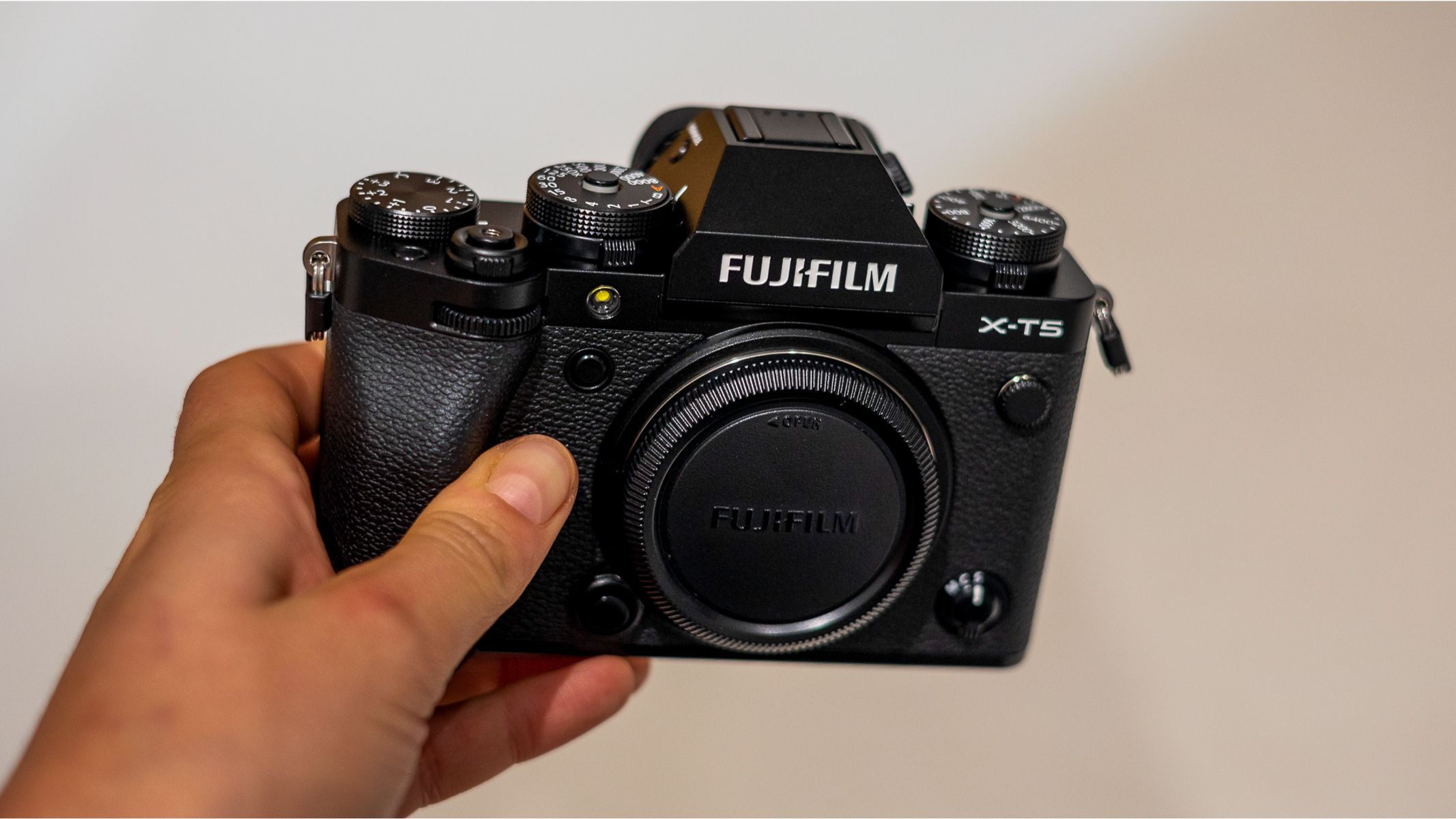
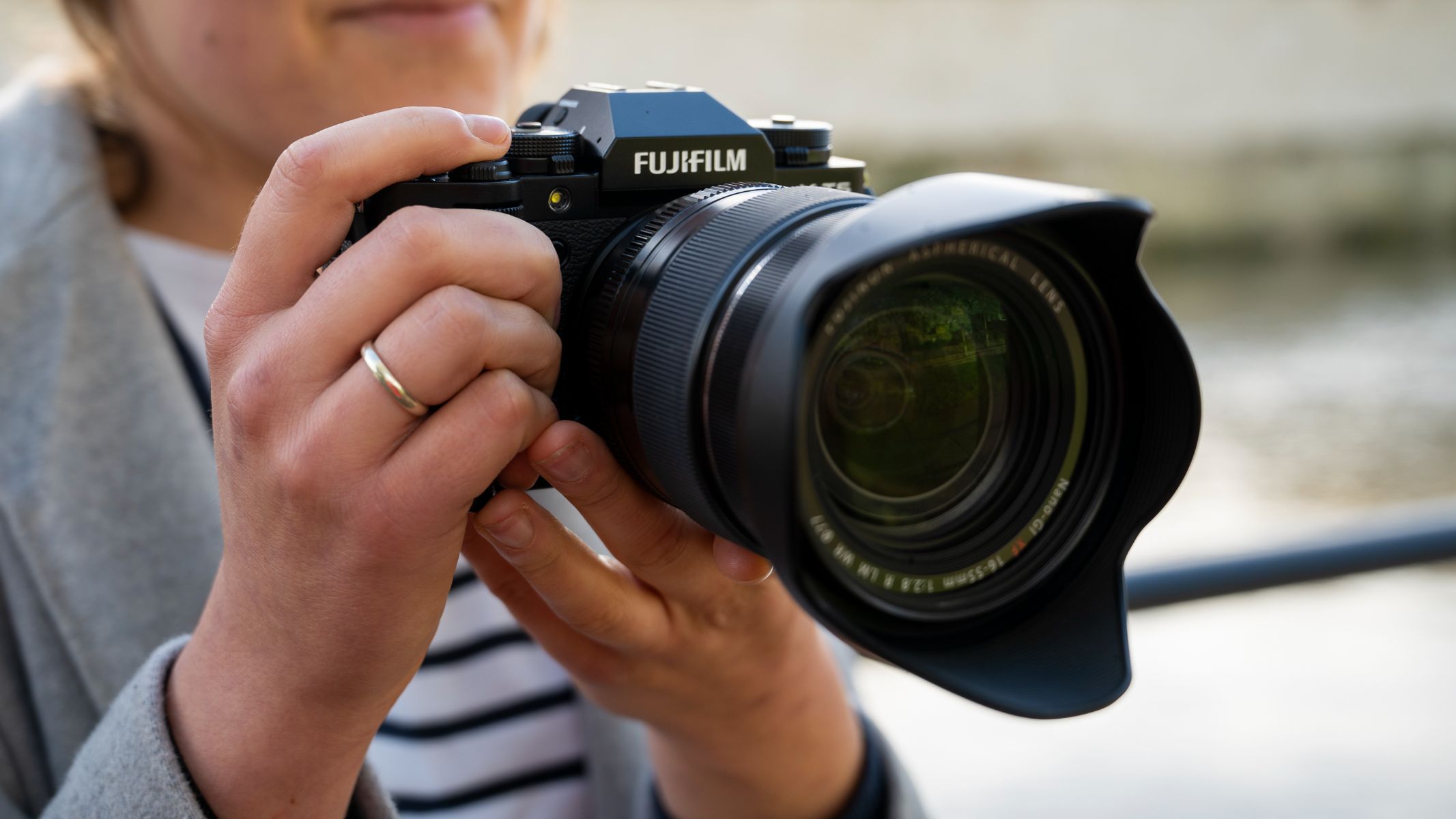
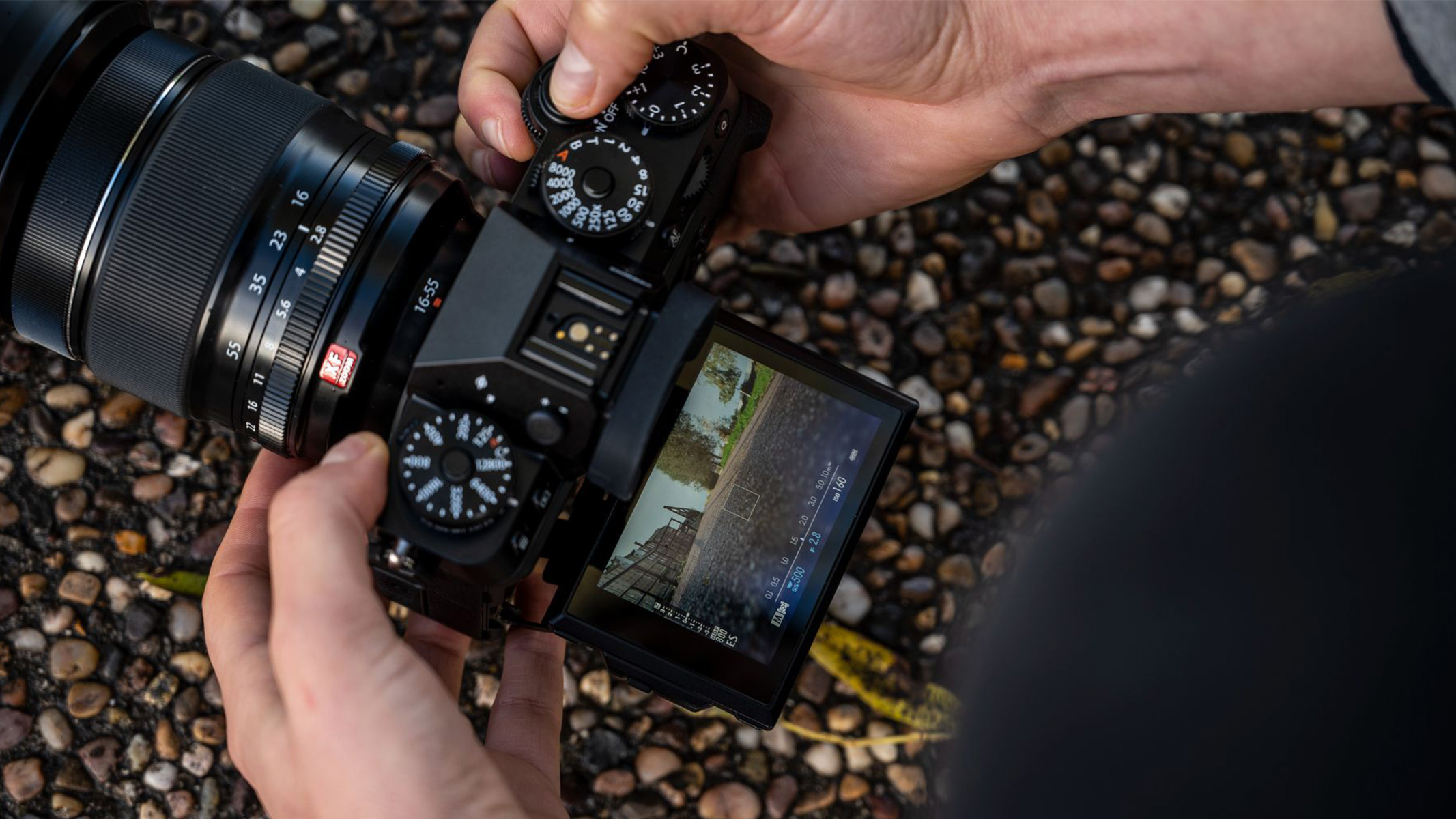
Specifications
Reasons to buy
Reasons to avoid
✅ You want to shoot with a range of lenses: There are plenty of lens options with this camera.
✅ You want a detailed sensor: This one has a high resolution of 40.2MP.
✅ You shoot video: It can record 4K 60p in webcam.
❌ You want an articulating screen: This camera has a tilt-screen only.
❌ You shoot astro: While IS is decent, image noise at highest ISOs isn't the best.
❌ You're on a budget: This camera isn't the cheapest on this list.
🔎 The Fujifilm X-T5 is a great 'traditional' camera, an all-rounder with a retro look — but it's not the best for astro. ★★★★
Design: Probably best used as a generalist camera, the Fujifilm X-T5 boasts an impressive 40MP sensor and up to 6.2K video, with 4K shooting at 60fps. It has a compact and retro design, available in silver or black, with traditional dials on the top plate for manually adjusting the ISO, shutter speed and exposure.
The ISO and shutter dials can be locked to prevent them from being accidentally rotated during shoots or when you're transporting it in your bag. We think traditionalist photographers will really enjoy the tactile feel of this camera.
Performance: The Fufjifilm X-T5 achieves the feat of being adept at shooting handheld, even in low-light conditions. This is in part thanks to the seven stops of built-in image stabilization, but also its powerful autofocus. However, you do get a high level of noise when shooting at higher ISOs, so it's not our top choice for photographers who specialize in astro.
That said, in our review of the Fujifilm X-T5, we were very impressed by its accurate white balance and built-in interval timer, which does away with the need for a separate intervalometer. Thanks to this handy feature, it can be used to photograph star trails and celestial events.
Functionality: The Fujifilm X-T5's excellent processor means it has seriously efficient power management, so the battery lasts for a long time. We were able to get around 700 shots out of it, so in most cases, you won't have to worry about running out of battery part way through a shoot.
There are two SD card slots in the X-T5, too, allowing for back-ups, or to shoot in Raw and JPEG images simultaneously. The three-way tilting touchscreen is useful, and we were impressed with the four-way joystick used to navigate through the camera's menu.
- Read our full Fujifilm X-T5 review
Attributes | Notes |
|---|---|
Design | Stylish design with 40.2MP sensor. |
Performance | Decent low light performance. |
Functionality | Some great features for astro work. |
Best APS-C
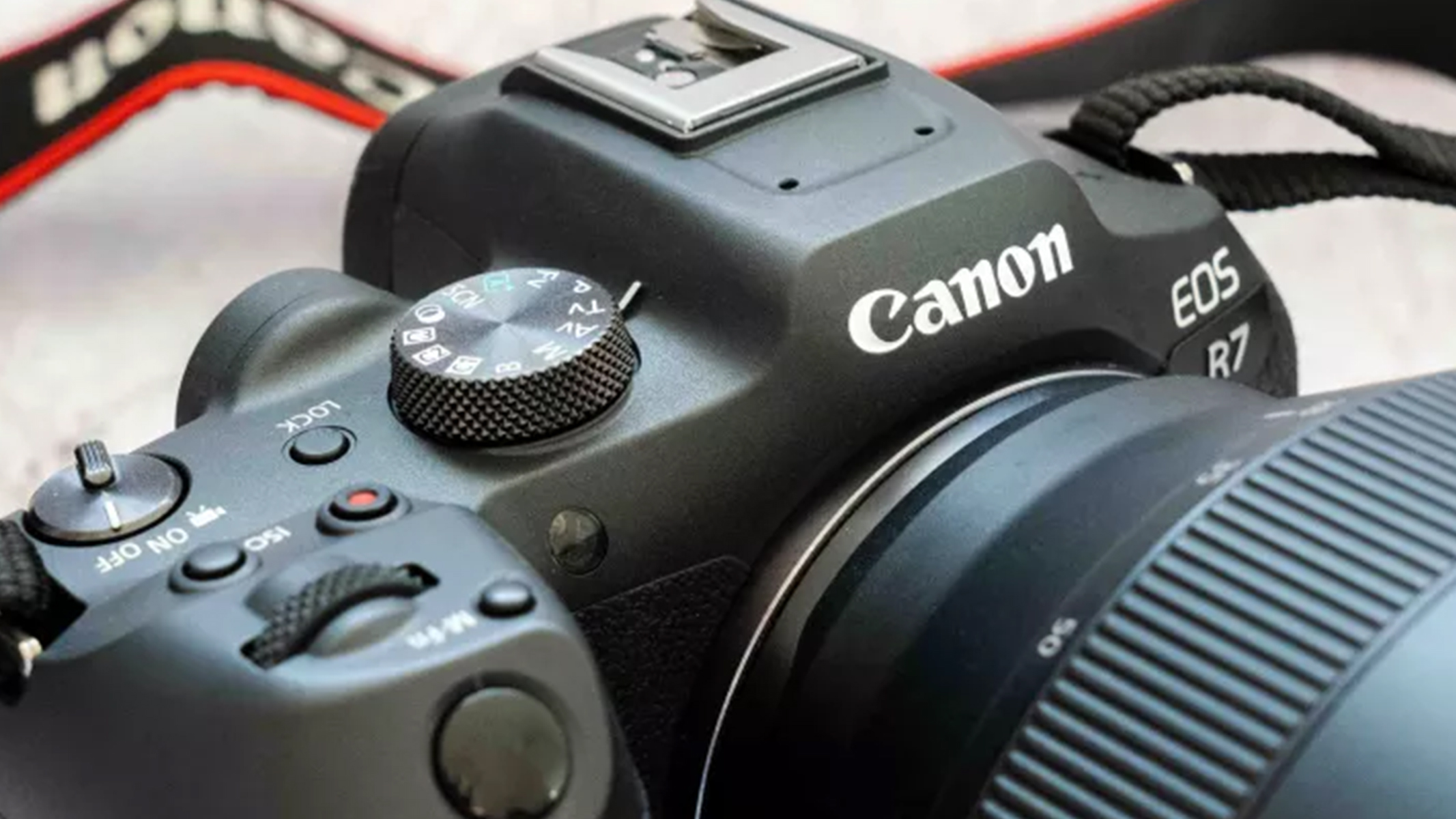
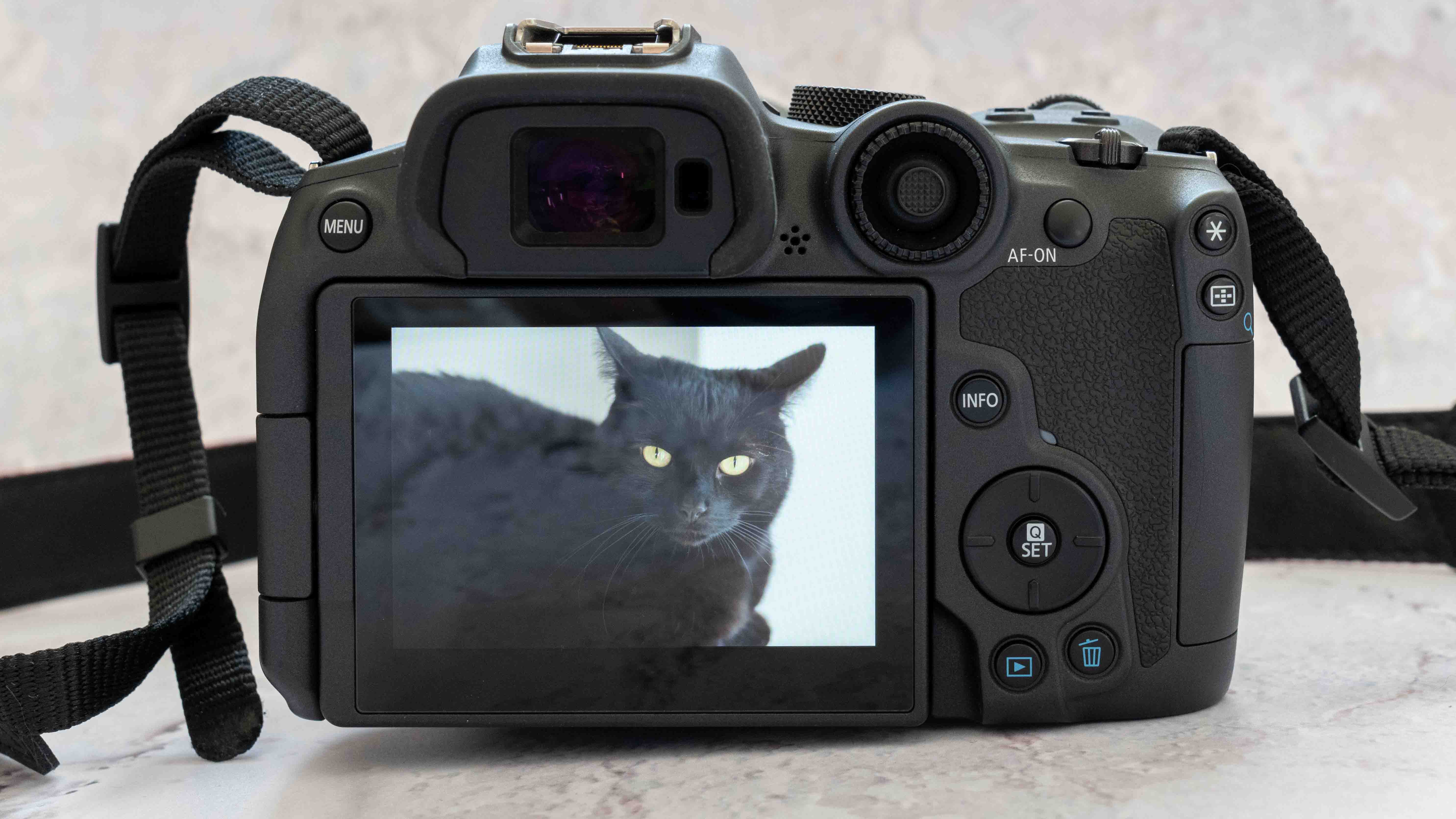
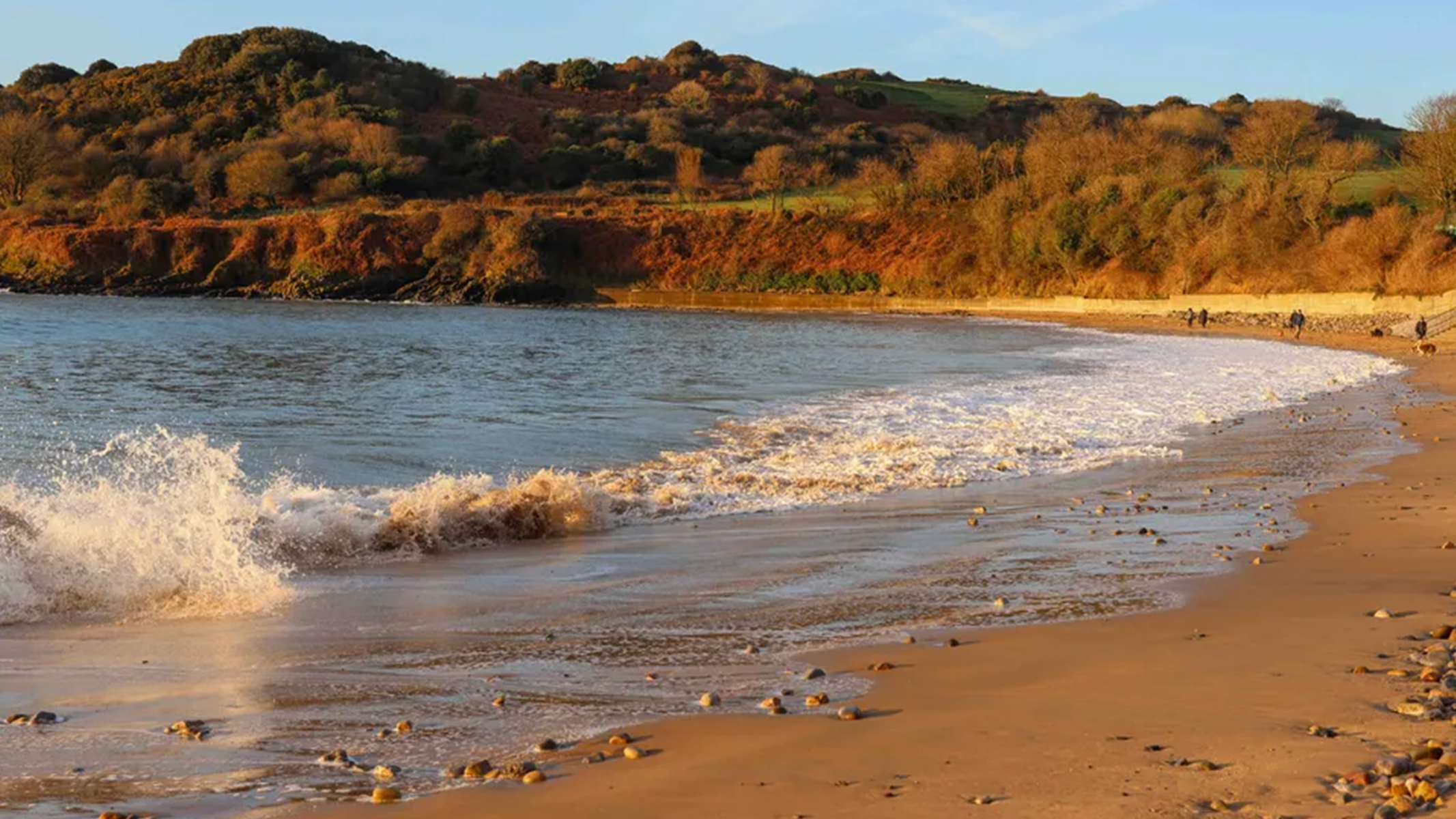
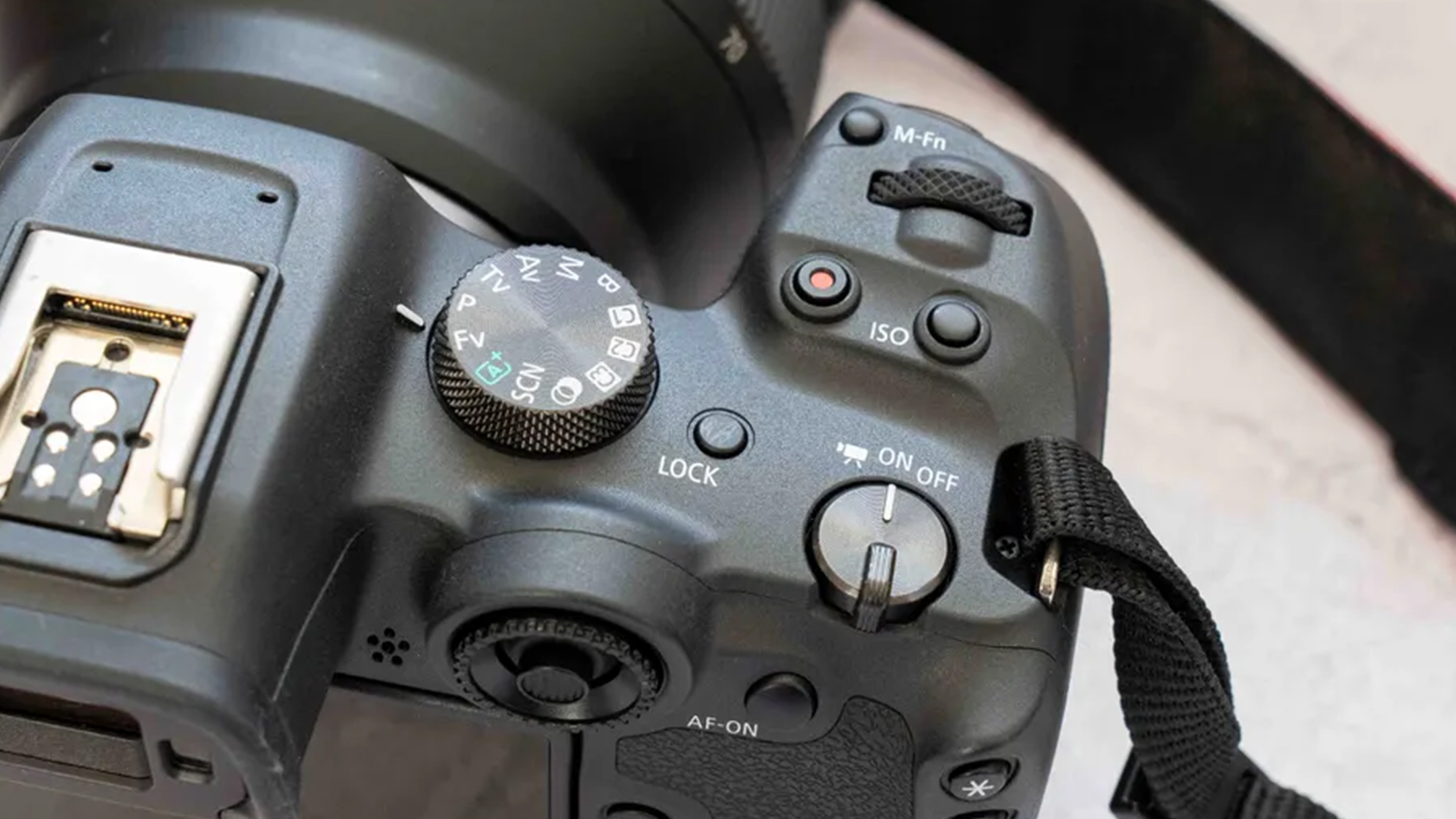
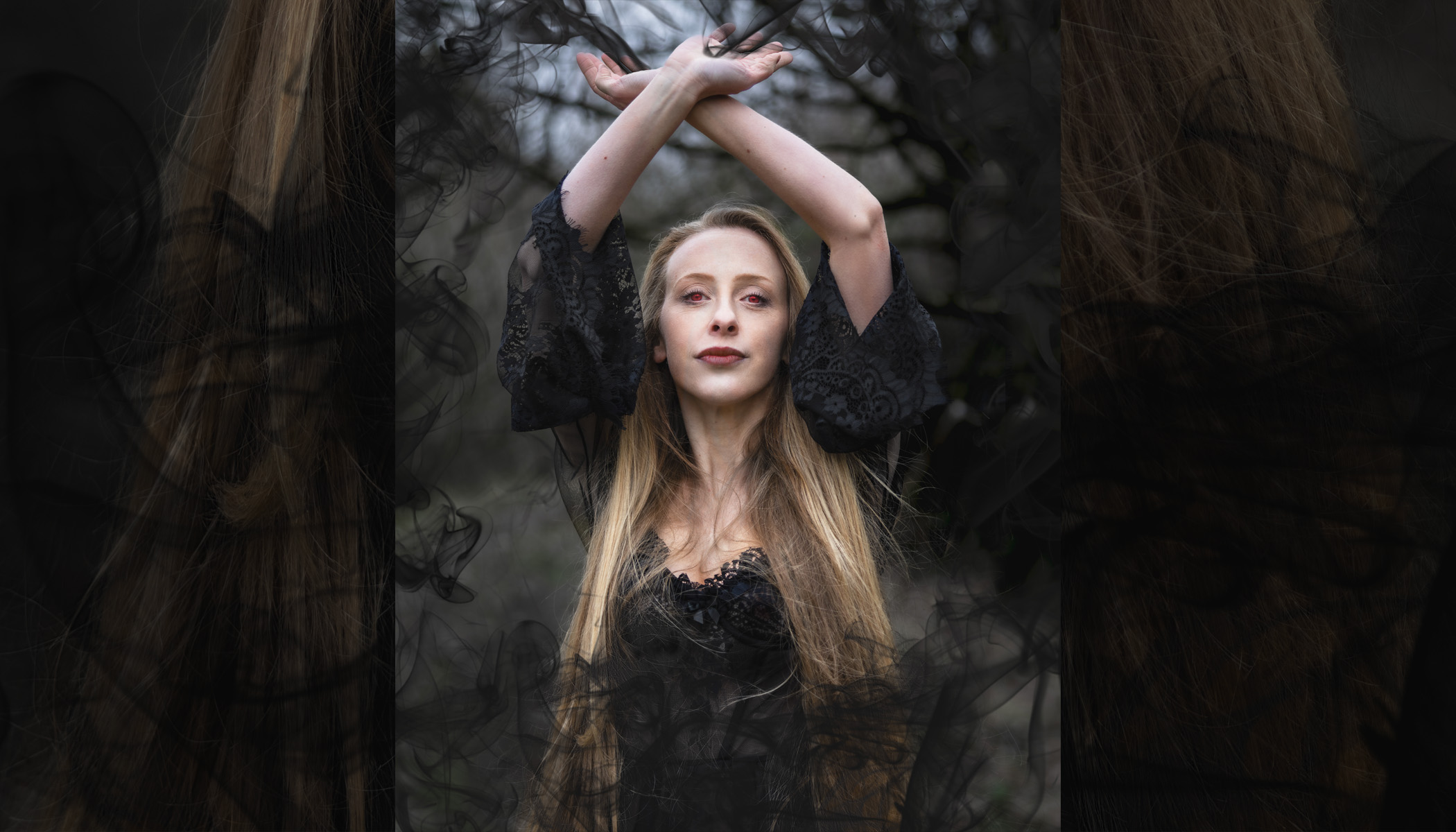
Specifications
Reasons to buy
Reasons to avoid
✅ You want a lightweight camera: At just 1.17 lbs / 531g, this is one of the lighter models on this list.
✅ You want great features: Autofocus and tracking are excellent.
✅ You shoot at night: This camera is great in low-light scenes.
❌ You want a full-frame camera: This is an APS-C.
❌ You shoot sports photography: We thought the buffer speed could be better, so it's not the best option for fast-action photography.
🔎 The Canon EOS R7 is the most advanced crop-sensor camera from Canon. It's relatively inexpensive and has pro-grade autofocus. ★★★★½
Design: Travel photographers will delight in how lightweight the Canon EOS R7 is. At just 1.17 lb (531g), it's one of the lightest cameras included in this roundup, and can easily fit into any cabin bag.
But it's not only its compact design that makes it an appealing choice: Vloggers will particularly appreciate the fully-articulating screen, perfect for recording on-camera segments. And despite its relatively small size, it has dual card slots, which is handy to back up shots and footage.
The R7 has a d-pad instead of a dial wheel, meaning there are more programmable buttons to easily adjust the settings without having to go into the different menus. We also love that Canon added an AF-MF switch to the front of the camera.
Performance: We were blown away by how well the R7 performs considering it's an APS-C camera. In our Canon EOS R7 review, we gushed over the fact this camera is capable of handling just about anything you can throw at it with ease. It creates beautiful and sharp images, and we found it an absolute pleasure to shoot with.
Since it is a crop sensor camera, however, it may not offer quite enough for a professional. But if you're an enthusiast looking to hone your craft, it's hard to be disappointed with the R7: Whether you're shooting wildlife or portraits, you'll get excellent results. We were particularly impressed by how well it handles astrophotography — its low-light performance is great, and even with the ISO pushed all the way to 6000, we couldn't detect too much noise.
Functionality: This isn't a camera for super high-speed shooting — if that's what you need, we'd recommend taking a look at the Canon EOS R3 instead — because of its buffer-clearing speeds and the fact it's incompatible with the fastest cards. But outside of photographing high-octane sports, the R7 will provide you with just about every feature you'd expect in a full frame camera, but at a much more palatable price.
If you're into videography or vlogging, you'll appreciate this camera's fantastic autofocus and eye tracking capabilities. We also love that there's no video record limit. It's worth noting, however, that since Canon is relatively new to the APS-C mirrorless camera game, there are few lens options available, particularly those that are small and lightweight enough for vlogging. We'd expect more to arrive in the next couple of years, though.
- Read our full Canon EOS R7 review
Attributes | Notes |
|---|---|
Design | Dual card slots is great for an APS-C camera. |
Performance | Very versatile and great in low light. |
Functionality | Excellent tracking and no record limit. |
Best for beginners
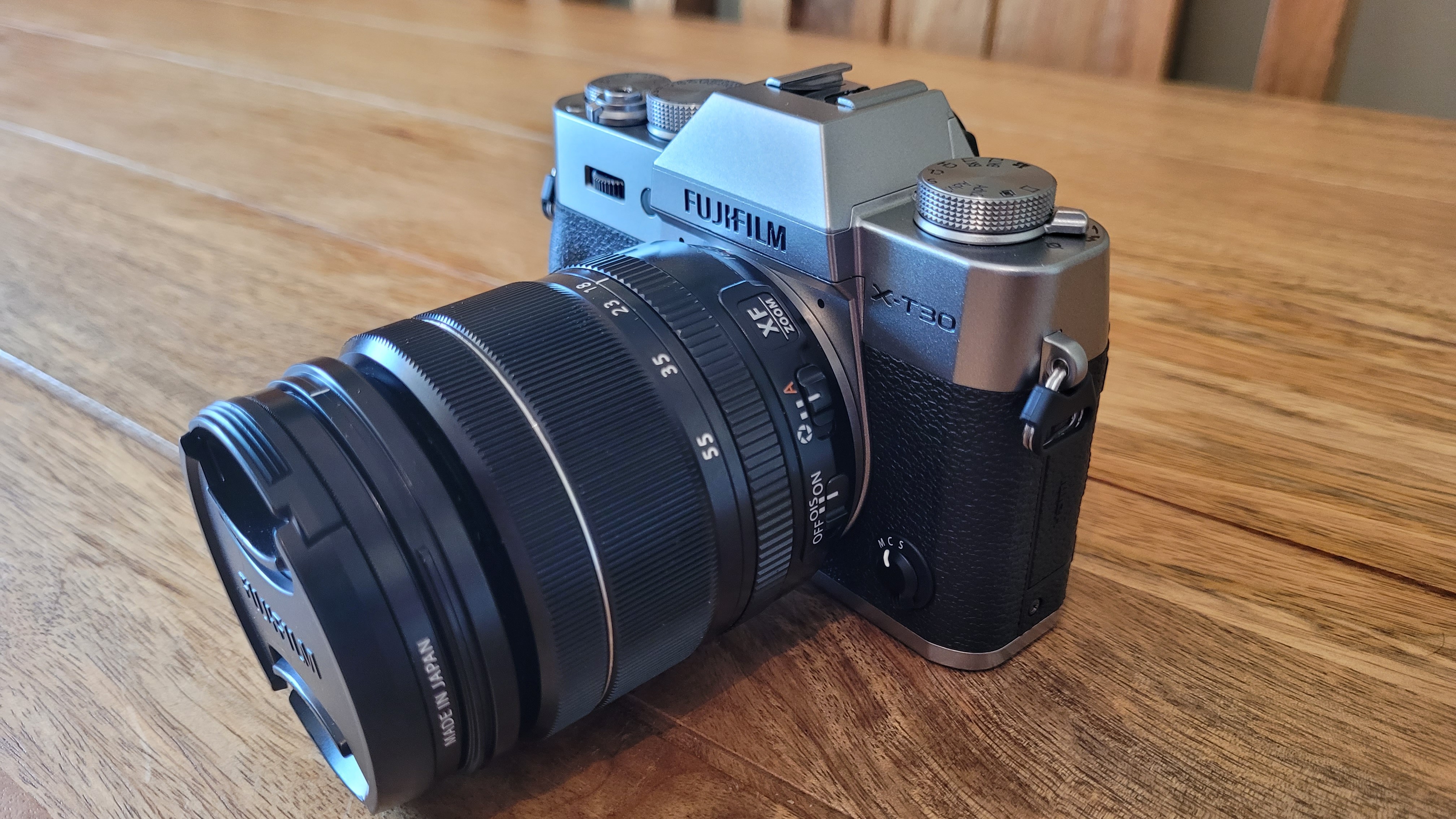
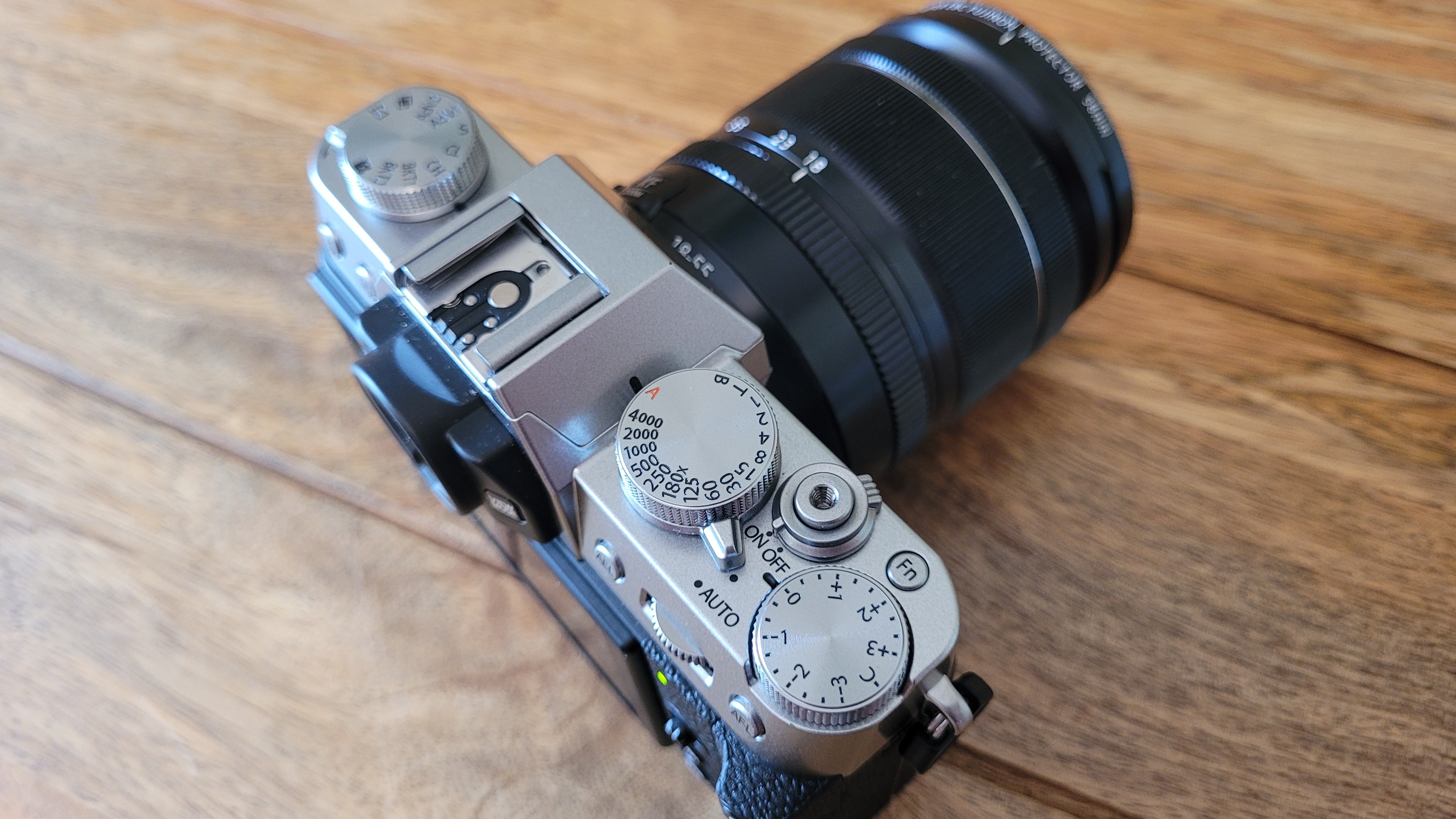
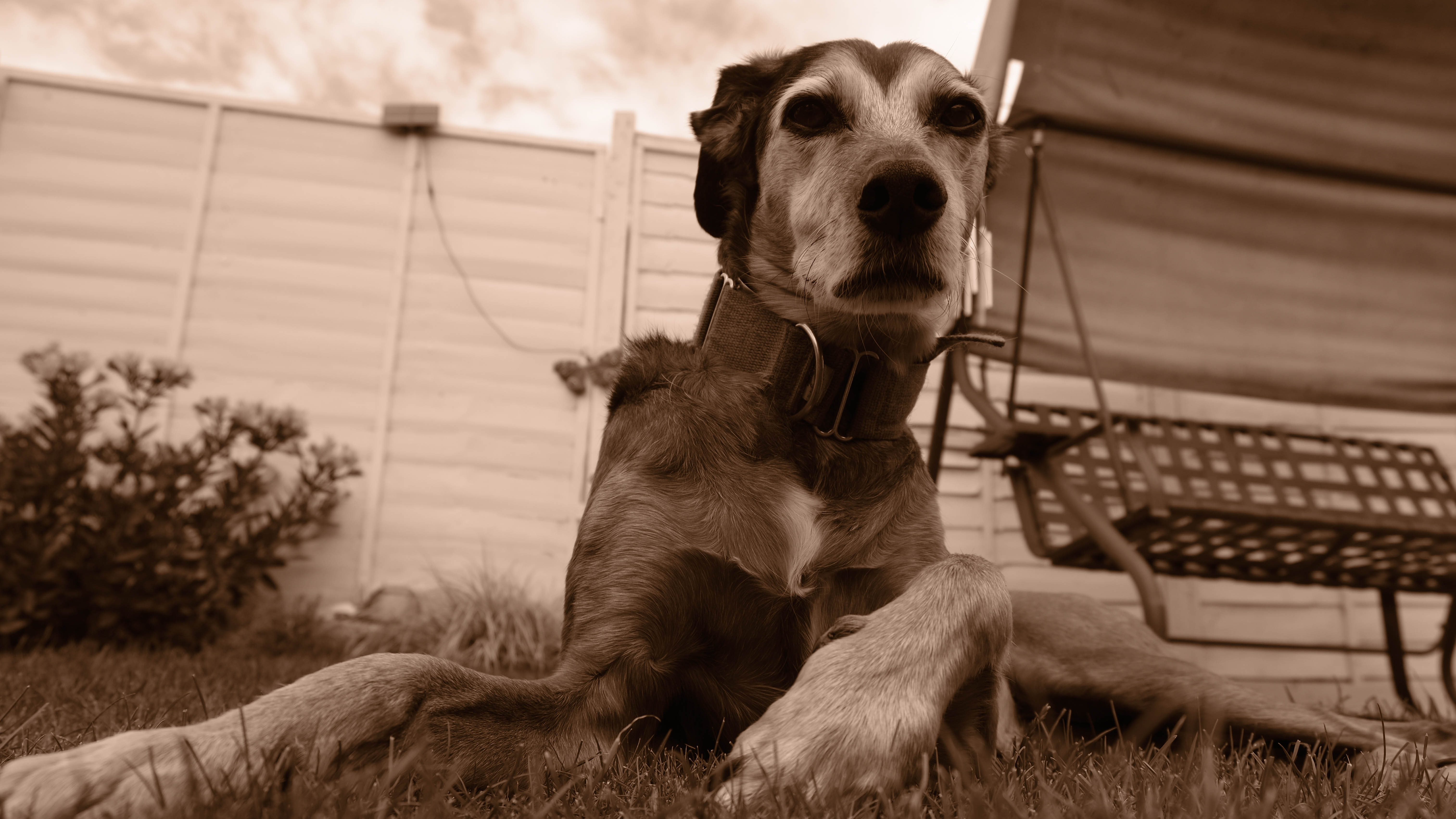
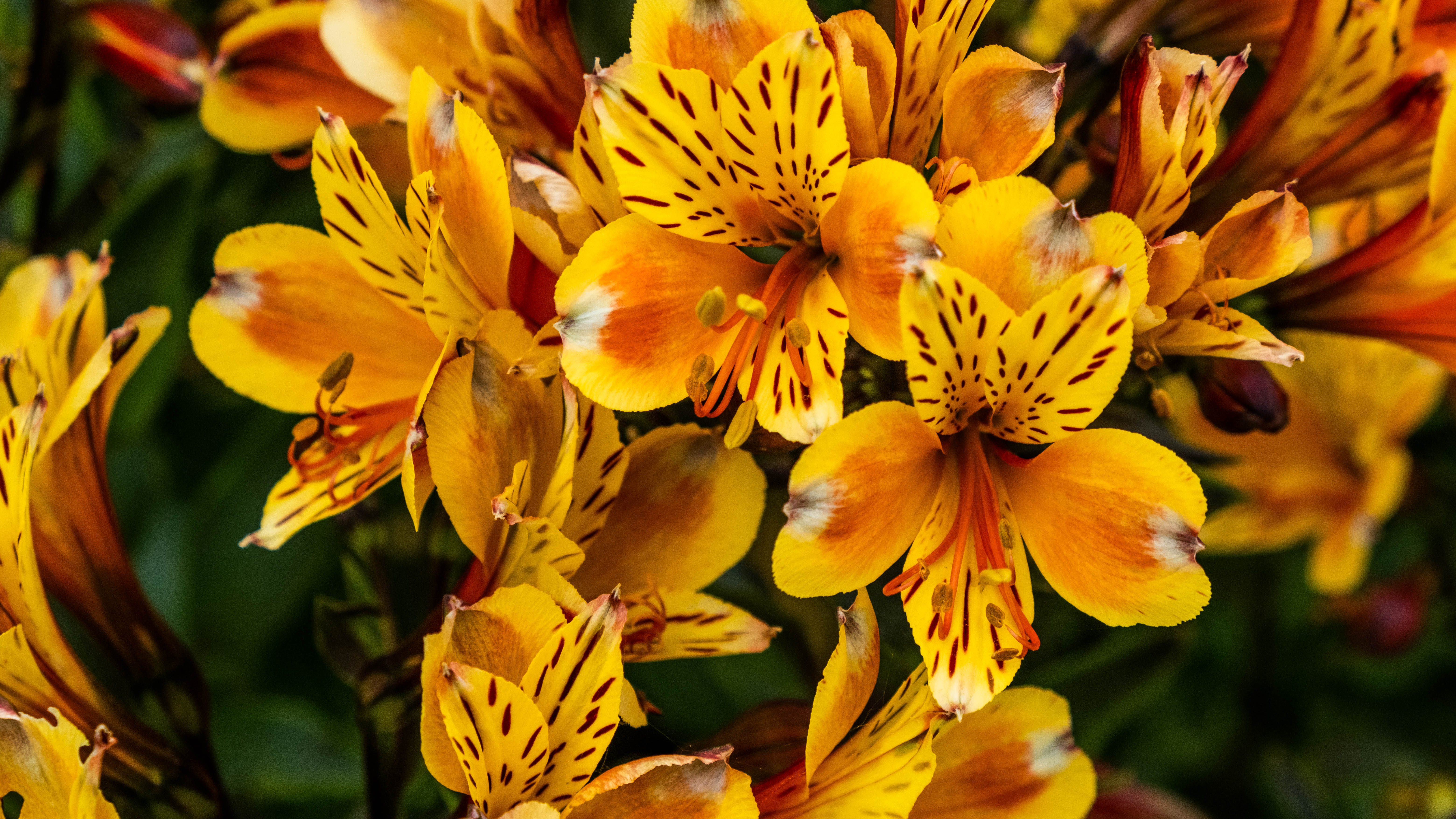

Specifications
Reasons to buy
Reasons to avoid
✅ You want a lightweight camera: At less than 1 lb, this is one of the lighter ones on this list.
✅ You want to share your images: The connectivity options on this camera make that simple.
✅ You use autofocus: It's very quick on this camera.
❌ You're on the go a lot: The battery life isn't great.
❌ You want an articulated screen: The screen is tilt-only.
❌ You want intuitive controls: The menu can be opaque at times.
🔎 The Fujifilm X-T30 II is a stylish and simple-to-use mirrorless camera that can help you produce stunning, color-rich images. ★★★★½
Design: The Fujifilm X-T30 II is a great buy for beginners looking for an affordable option with plenty of features. It has a pleasing retro look and feel, with tactile aluminum alloy dials that allow you to control the exposure compensation, shutter speed and ISO without having to navigate through the menu options.
It comes with a tilt-only rear touchscreen where you can access the camera's full functionality. Its small and compact size would make it a great choice for travel or street photography. It's easy to shoot handheld with this camera, although those with bigger hands may want to invest in an external grip for added comfort.
Performance: The APS-C 26MP sensor captures bright, detailed images that are true to color when shooting outside in daylight. It has a sharp autofocus system that is generally very effective, although we noticed some noise creeping in when shooting indoors in dull lighting. Another nice feature is the continuous shooting mode, which lets you capture 17 RAW image files at 20FPS — great for sports and other action shots.
In our Fujifilm X-T30 II review, we were pleasantly surprised by the detailed pictures we were able to take of the moon, but this camera doesn't really collect enough light for true astrophotography and struggles to show stars when shooting at night.
Functionality: Beginners will enjoy having the ability to apply a whole range of different filters to their photos within the camera itself (18, to be precise). You can also adjust the grain, clarity, color depth, sharpness, white balance and other variables without having to transfer photos to editing software first. These features would make the X-T30 ideal for shooting creative films or documentaries, for example.
Another great feature of this camera is the Fujifilm Camera Remote App, which lets you alter camera settings on your phone and makes transferring your photos to a phone or tablet a breeze. Although we were slightly disappointed by the battery life on this camera, which only stretches to around 380 shots, the batteries are so small and light that it's easy enough to carry spares around with you.
- Read our full Fujifilm X-T30 II review
Attributes | Notes |
|---|---|
Design | Very light and compact. |
Performance | Snappy autofocus. |
Functionality | Easy file sharing. |
Best Micro Four Thirds
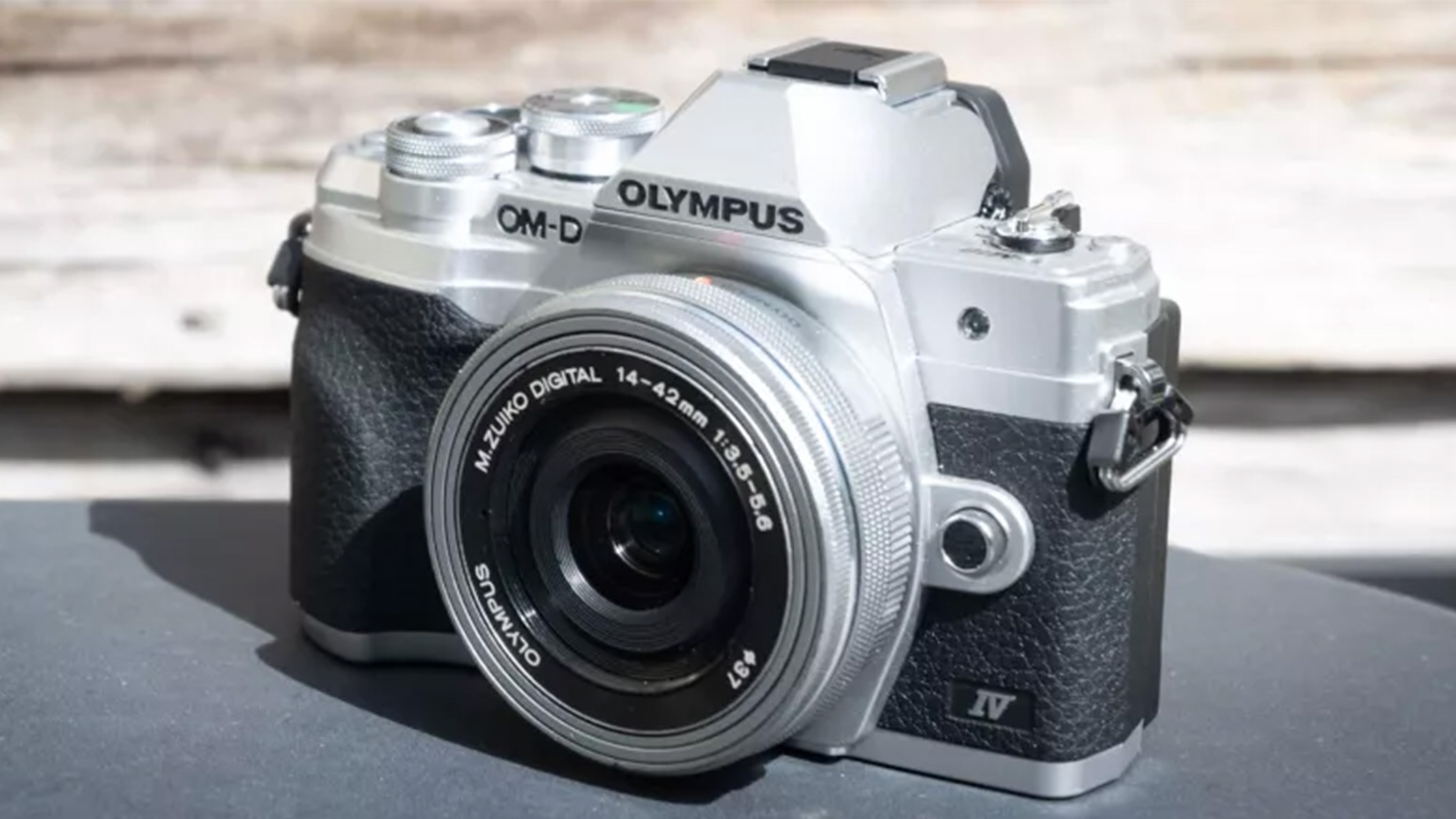
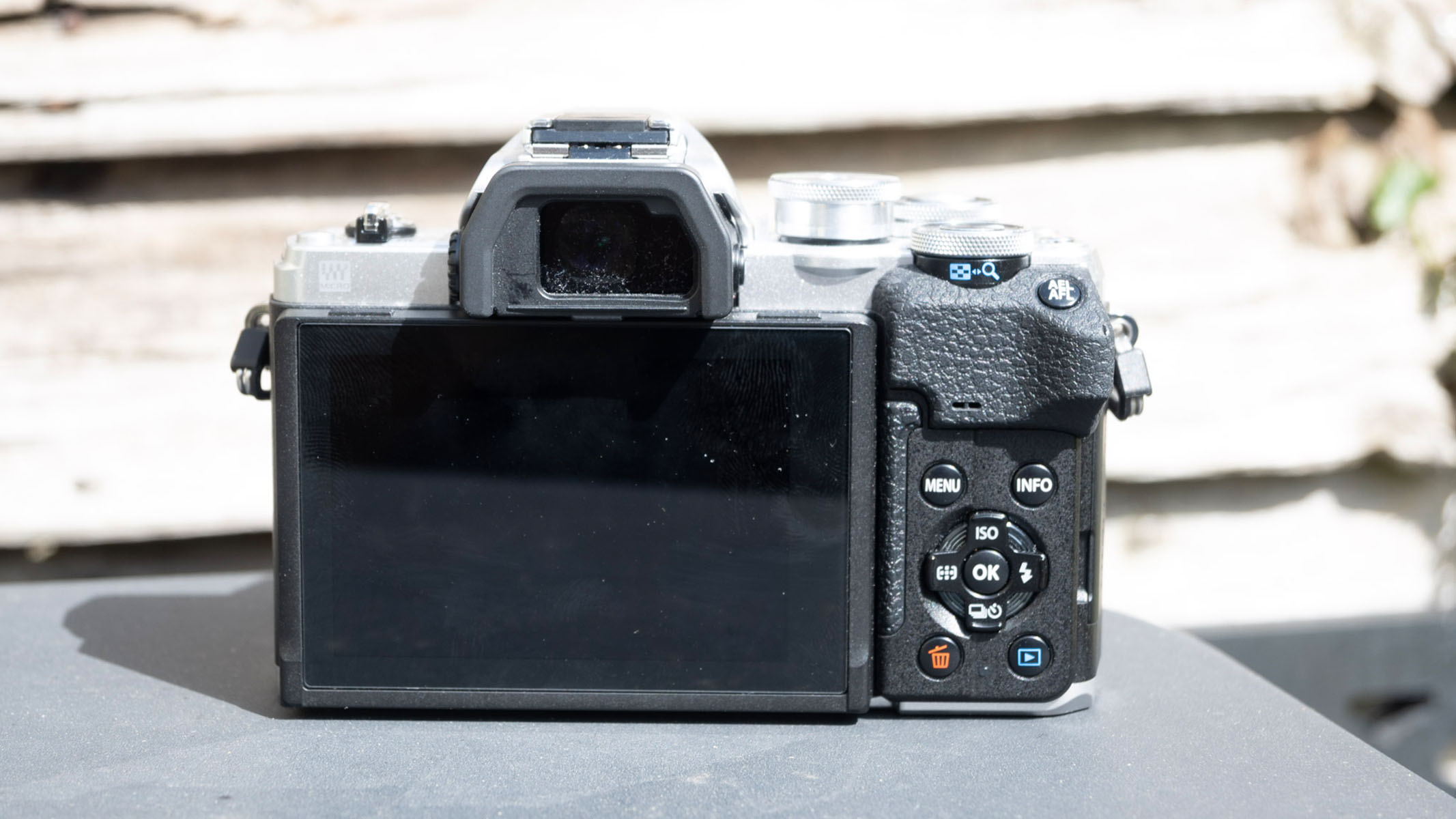
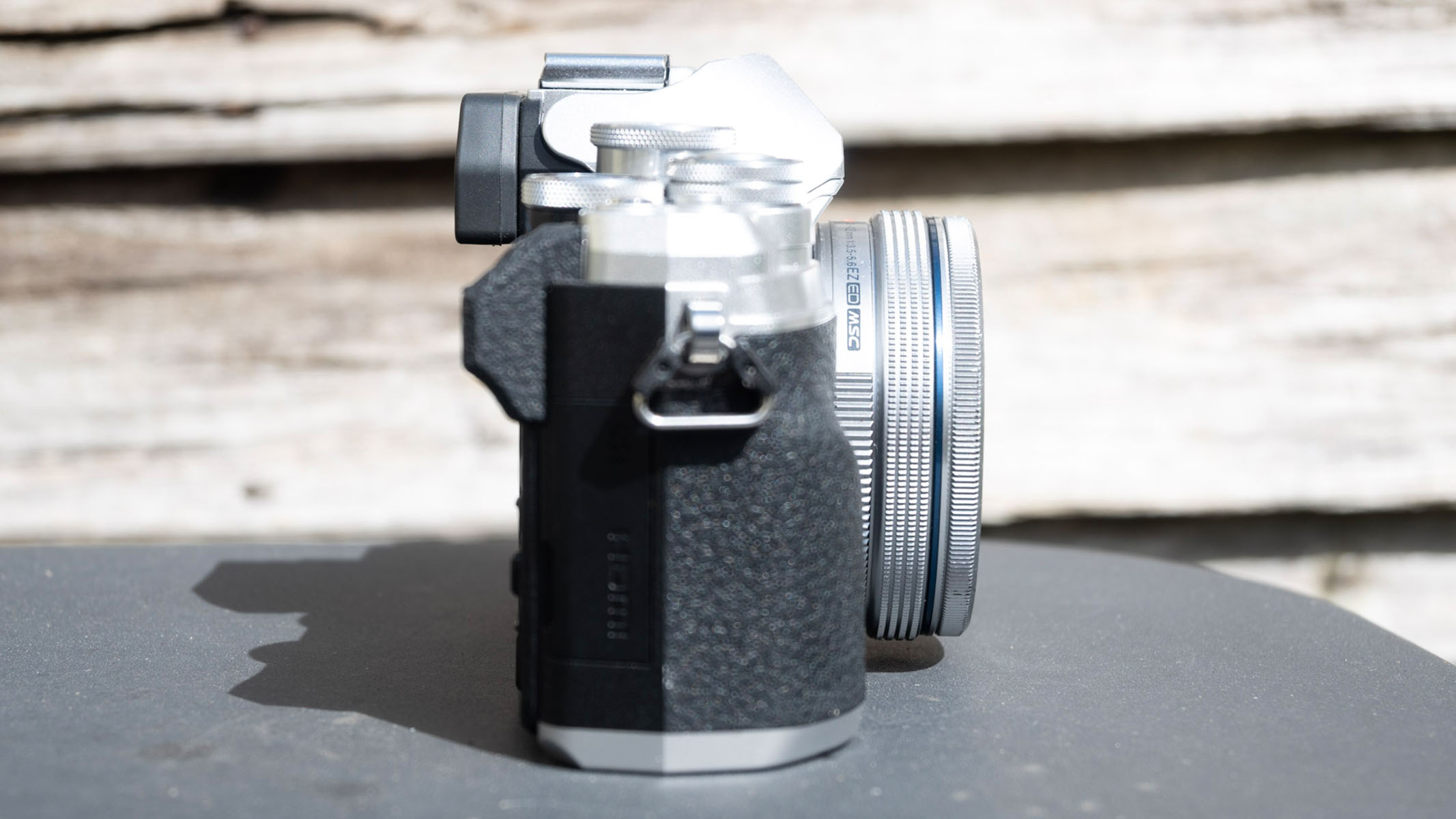
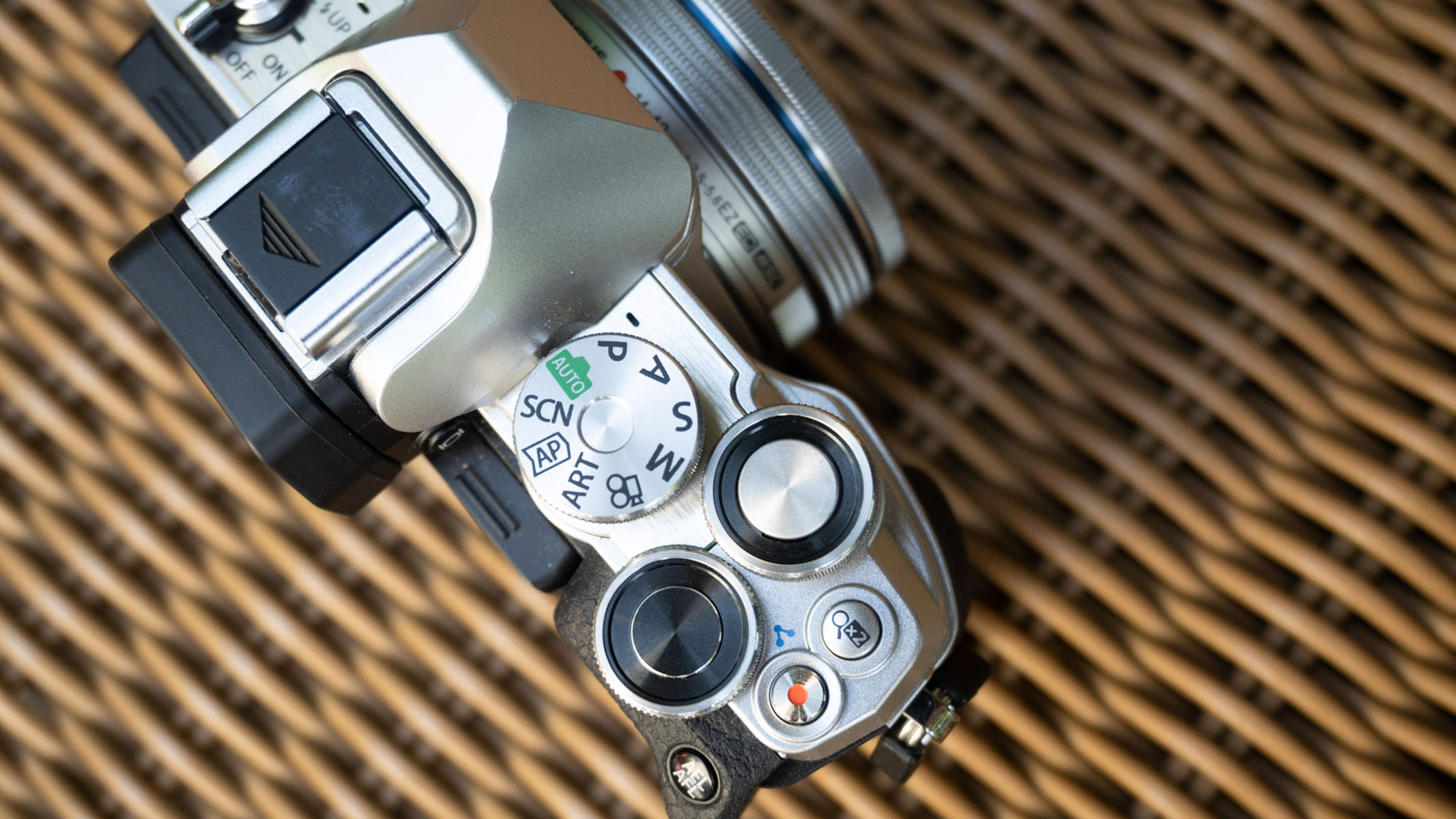
Specifications
Reasons to buy
Reasons to avoid
✅ You want a lightweight camera: This is one of the most portable ones on this list.
✅ You use autofocus a lot: The AF system on this camera is fast and works well.
✅ You want a camera for everyday use: The updated 20MP sensor brings quality to your photography.
❌ You shoot video a lot: This camera has no mic port.
❌ You want a premium-feel camera: While the plastic reduces the weight, it makes it feel cheap.
❌ You're an advanced photographer: The 20MP sensor isn't enough to satisfied experienced photographers.
🔎 If you're new to more complex cameras or need more flexibility than your smartphone, we'd recommend the Olympus OM-D E-M10 MK IV. ★★★★
Design: The Olympus OM-D E-M10 Mark IV is a seriously stylish little camera. Its retro aesthetic is beautiful and timeless, but more than just looking good, it's also a pleasure to use, too. In our Olympus OM-DE E-M10 Mark IV review, we praised the camera's ergonomics in particular. It's comfortable to grip, even despite its size — and that small size means it's easy enough to use with just one hand if needed.
It's worth noting, however, that the E-M10 Mark IV doesn't have weatherproofing, so we wouldn't recommend using it in bad weather conditions unless you have expensive waterproof gear for it.
Performance: Despite its rather small size, the Micro Four Thirds on this camera is very capable indeed. It rivals some of its full-frame competitors' resolution by shooting at 20MP, and can shoot 4K Ultra HD at 30fps.
It does, however, have a smaller ISO range compared to other cameras included in this guide. That said, it can still capture stars as long as as the ISO settings are kept as low as possible to minimize noise.
Functionality: The autofocus in this camera has been massively improved over the Mark III version. The autofocusing system is up there with the best, more expensive mirrorless cameras and when we tested it, it never failed to lock on to a target, even as it moved at a distance. We enjoyed its burst mode too: it's able to shoot up to 15FPS, which is a great tool when shooting wildlife.
One of the main selling points of the camera will benefit those who are looking to upgrade from a smartphone: with the speedy autofocus, twinned with its lightweight approach and build, using the camera when out and about is easy and with the small lightweight 14-42mm lens, as we tested, it can easily slip into a rucksack or side trouser pocket.
- Read our full Olympus OM-DE E-M10 Mark IV review
Attributes | Notes |
|---|---|
Design | Designed with beginners in mind. |
Performance | Delivers clear and balanced images. |
Functionality | We'd like a fully articulating screen. |
Best value for astro
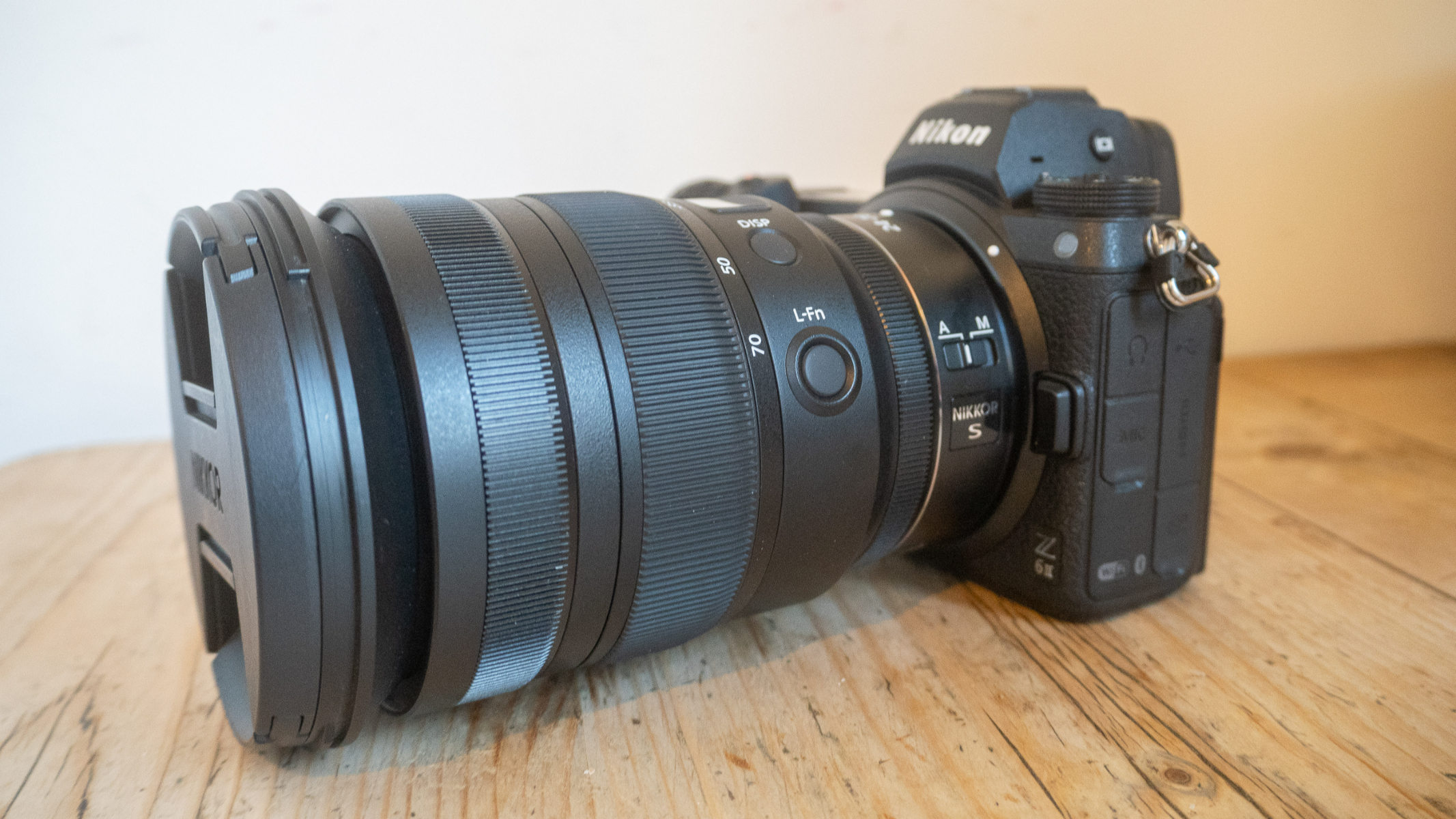
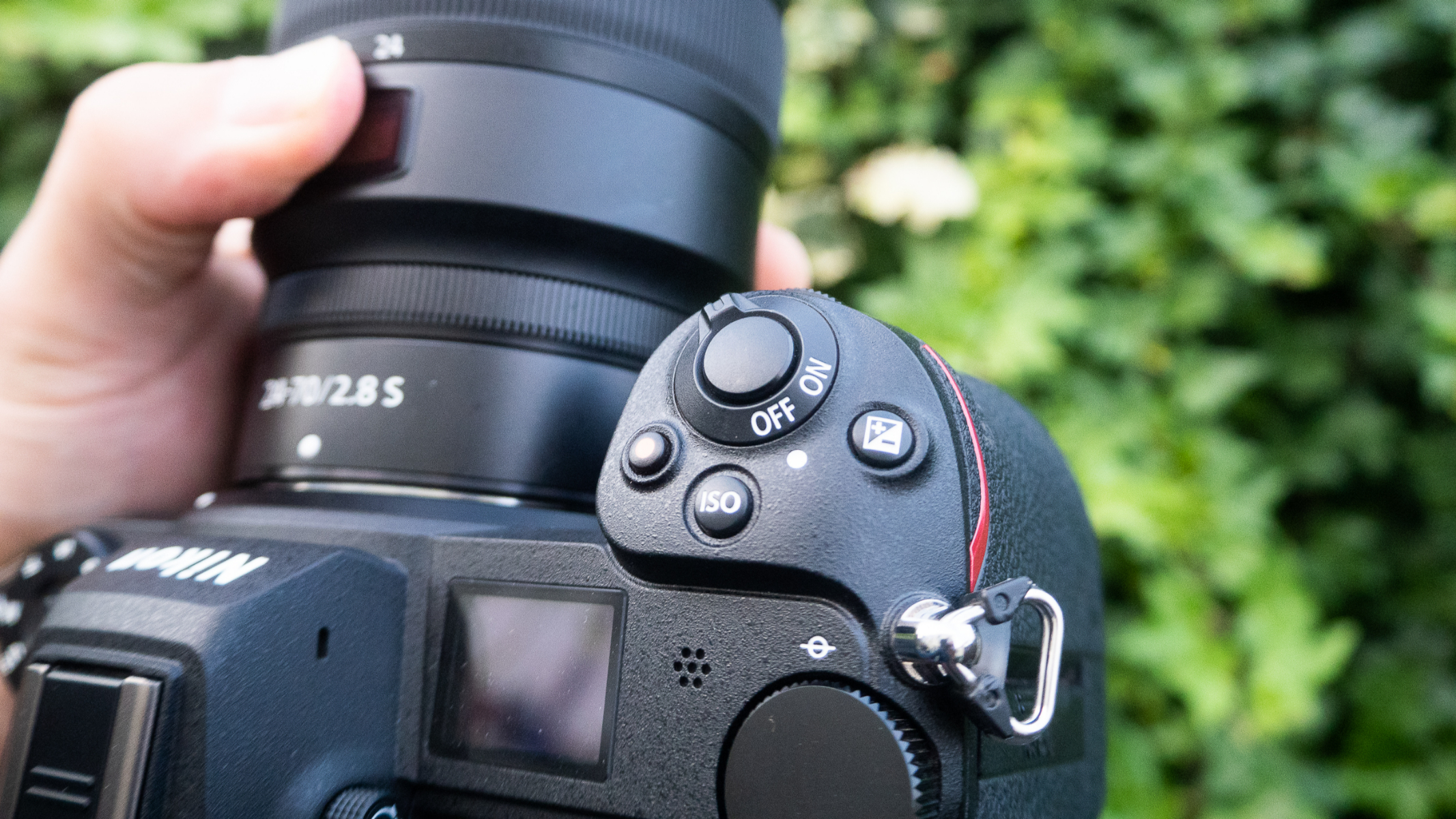
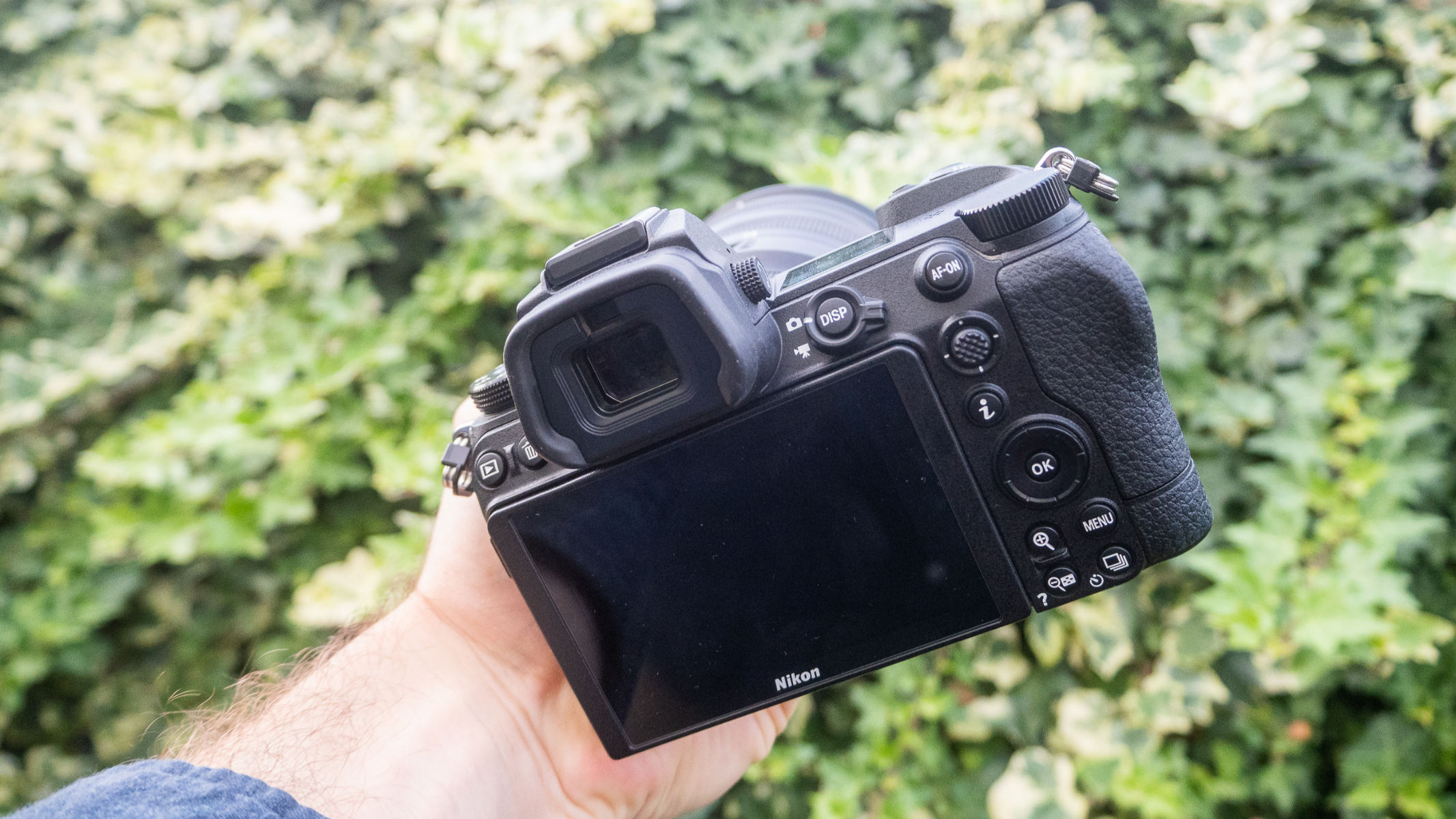
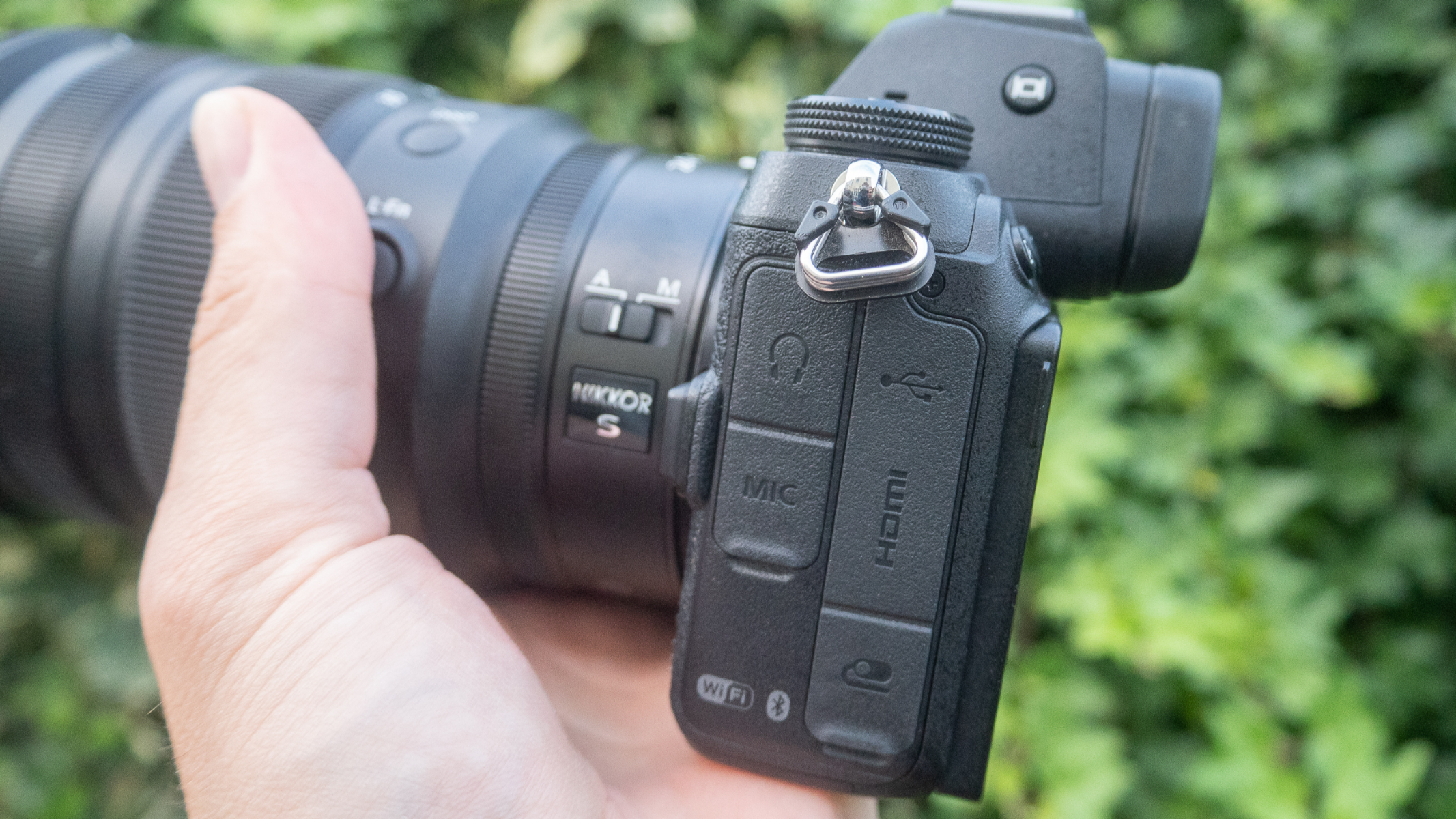
Specifications
Reasons to buy
Reasons to avoid
✅ You shoot many different styles: This camera is a good all-rounder.
✅ You want a good ISO range: This one extends from 100-51,200, up to 50-204,800 when extended.
✅ You shoot video: This camera can shoot 60 fps at 4K UHD.
❌ You want a lightweight camera: At 1.5 lbs, you can find lighter than this model.
❌ You want the highest-quality images: The 24.5MP sensor can be a bit limited.
🔎 The Nikon Z6 II is a great all-rounder camera for semi-pros looking to upgrade to mirrorless. ★★★★
Design: The Nikon Z6 II isn't the lightest camera on the market: At 1.5lbs it's a little on the heavy side. Like its predecessor, the Nikon Z6, it sports a robust body with excellent grip and weather sealing, meaning you can use it in almost every condition.
That's not the only thing it has in common with the Nikon Z6. As mentioned in our Nikon Z6 II review, there aren't really enough changes here to warrant an upgrade if you're already using a Z6. But this is still a fantastic camera, and for anyone else, the NIkon Z6 II is the one to go for.
Performance: We're seriously impressed with the autofocus capabilities of the Z6 II, which are hugely improved over the camera's predecessor. There's a huge range of shutter speeds you can play around with too, which we've found particularly useful when you're shooting astro with the use of a star tracker. The 60FPS for 4K video is a great addition for videographers, although the camera is a bit heavier.
The introduction of a dual image processor drives most of the improvements from its predecessor, offering the opportunity to expand the camera's burst rate from 12FPS to 14FPS.
Functionality: There's a dual image processor inside the Nikon Z6 II, which is the brains behind pretty much all improvements in this camera over the Z6. One thing it's allowed for is additional burst rate shooting: it's been improved from 12FPS to 14FPS. It's still not the largest burst rate — the likes of the Canon EOS R6 has it beat — but it's a step in the right direction and will be more than enough for most people.
That said, the Nikon Z6 II is cheaper than the Canon EOS R6 and, in terms of most other features, is very capable indeed. It would be a good choice for intermediate and professional shooters who are perhaps looking to move over to mirrorless.
- Read our full Nikon Z6 II review
Attributes | Notes |
|---|---|
Design | Two card slots. |
Performance | Speedy focusing. |
Functionality | Increased burst rate over the previous model. |

Kimberley Lane is a landscape & seascape photographer living in South Wales. Originally using photography as a way to cope with health issues, she aims to portray a feeling of calm and peace through her images. Her work has been featured in a number of national photography magazines.
Best mirrorless cameras Frequently Asked Questions
What is the best mirrorless camera?
We think the best mirrorless camera you can buy is the Nikon Z8, but while it performs leagues above the rest, it's also the most expensive model in this guide by far. We've chosen the Sony A7R V as our second choice thanks to its powerful autofocusing system and the incredibly detailed images it produces. The Canon EOS R5 is a close third, and may be a good option if you want to shoot video as it can capture 8K RAW video too.
What's the best mirrorless camera for beginners?
If you're a beginner, the Fujifilm X-T30 II is a great choice of mirrorless camera. It has a detailed 26MP sensor and can capture 4K video, but it's also relatively affordable and compact compared to other models in this guide.
However, if you're considering shooting a range of subject from wildlife, astro, portraits, sports, landscapes and macro, you might want to consider a mirrorless camera that's compatible with a broader selection of lenses.
What's the best mirrorless camera under $1000?
The Fujifilm X-T30 II or the Olympus OM-D E-M10 Mark IV come out under $1,000 even when purchased new. We think they represent excellent value considering their compact and portable design, but also the reliably high-quality results they deliver.
Mirrorless camera vs DSLR which is better?
There's a clear trend in the industry towards mirrorless cameras. They have plenty of features to make the process of creating detailed shots easier that their DSLR counterparts don't, such as in-body stabilization and electronic viewfinders. They also tend to be lighter, smaller and more portable than DSLRs, which photographers on the go will appreciate.
That said, the DSLR vs mirrorless cameras for astrophotography has been ongoing for years now, and much of it has to do with subjective opinions on ergonomics and image quality. On the whole, a mirrorless camera is more likely to be future-proof, but your preference might lie with DSLRs.
What's the best mirrorless camera for video?
Are mirrorless cameras good at both stills photography and video capture?
We think the best mirrorless cameras for video are the Sony A1, Canon EOS R5 and Nikon Z9, all of which offer up to 8K RAW video shooting. Their great video capability does make them premium models with a considerable price tag, however, so if you don't need 8K video resolution, the Sony A7R IV is a great model to consider.
It's worth nothing that all the mirrorless cameras in this guide are capable of shooting at least 4K UHD 30p video. Cameras that are just as capable of creating professional stills and taking video footage are sometimes called hybrid cameras.
What lenses will I need for my mirrorless camera?
We'd recommend getting the best lenses for your mirrorless camera that you can afford. For many types of camera systems this means you can upgrade camera bodies over the years as technology improves but you'll be able to keep the excellent lenses (or 'glass' in photographer lingo) you've invested in.
The best lenses for astrophotography are typically wide-angle lenses and have a fast maximum aperture between f/2.8 or f/1.4 to let in as much starlight as possible onto the image sensor.
However, if you're using a star tracker it's possible to use a telephoto zoom lens for deep-field astrophotography, as the star tracker will keep the object in view during long exposures without blurring the image.
What other accessories will I need to go with my mirrorless camera?
A camera backpack will allow you to transport your camera gear safely and comfortably. A good range of wide-angles, zoom lenses, primes, telephotos, macro, and other specialist lenses maximize the potential and keep those who like to experiment in multiple disciplines interested.
We'd also recommend one of the best tripods or travel tripods to keep the camera steady, make composition easier and this is essential for astrophotography.
Which mirrorless camera do I need?
For most people, the most decisive factor when choosing one of the best mirrorless cameras is undoubtedly price.
One way to get around paying through the nose for a mirrorless camera is opting for an older model, but that will mean you might not benefit from newer technology like image stabilization and high-definition viewfinders.
It's important to weigh up your budget and what features you will need for your style of photography and the subjects you will be shooting in the long run. Keep an eye on our camera deals page to save more on mirrorless cameras.
Update log
Editor's Note 6/27/25: Updated with Amazon Prime Day details and astronomical events for July.
How we tested the best mirrorless cameras
Here at Space.com, we review and test each product individually to ensure you get an honest, hands-on and up-to-date recommendation in our guides. Naturally we take many factors into account when reviewing cameras and they include performance, design, construction and of course, its functionality.
The best mirrorless cameras are tested by expert staff and freelance contributors who know their subject areas inside and out. That ensures each camera gets a personal, knowledgeable review complete with honesty and impartiality, so each model can be judged on price, class and destined use. We wouldn't compare a 60MP full-frame mirrorless camera to a crop-sensor DSLR as it wouldn't be appropriate. However, different models will excel in different areas and each camera may be the best in its class.
We also like to consider if a camera features the latest technology, how easy it is to use and whether or not it's capable of high-quality still and videos. We also like to suggest any extra kit or accessories that would enhance the user's experience, which of course, could be of benefit to you.
With complete editorial independence, Space.com are here to ensure you get the best buying advice on cameras, whether you should purchase an instrument or not, making our buying guides and reviews reliable and transparent.
Join our Space Forums to keep talking space on the latest missions, night sky and more! And if you have a news tip, correction or comment, let us know at: community@space.com.
Breaking space news, the latest updates on rocket launches, skywatching events and more!
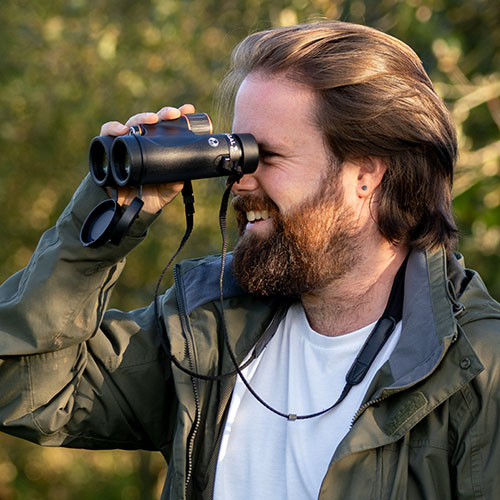
Jase Parnell-Brookes is the Managing Editor for e-commerce for Space and Live Science. Previously the Channel Editor for Cameras and Skywatching at Space, Jase has been an editor and contributing expert across a wide range of publications since 2010. Based in the UK, they are also an award-winning photographer and educator winning the Gold Prize award in the Nikon Photo Contest 2018/19 and named Digital Photographer of the Year in 2014. After completing their Masters degree in 2011 and qualifying as a teacher in 2012, Jase has spent the last two decades studying and working in photography and publishing in multiple areas, and specializes in low light optics and camera systems.
- Tantse WalterContributing Writer
- Chris McMullenContributing Writer
- Kimberley LaneContributing writer
- Kim SnaithFreelance contributor
- Harry BennettE-commerce Staff Writer
